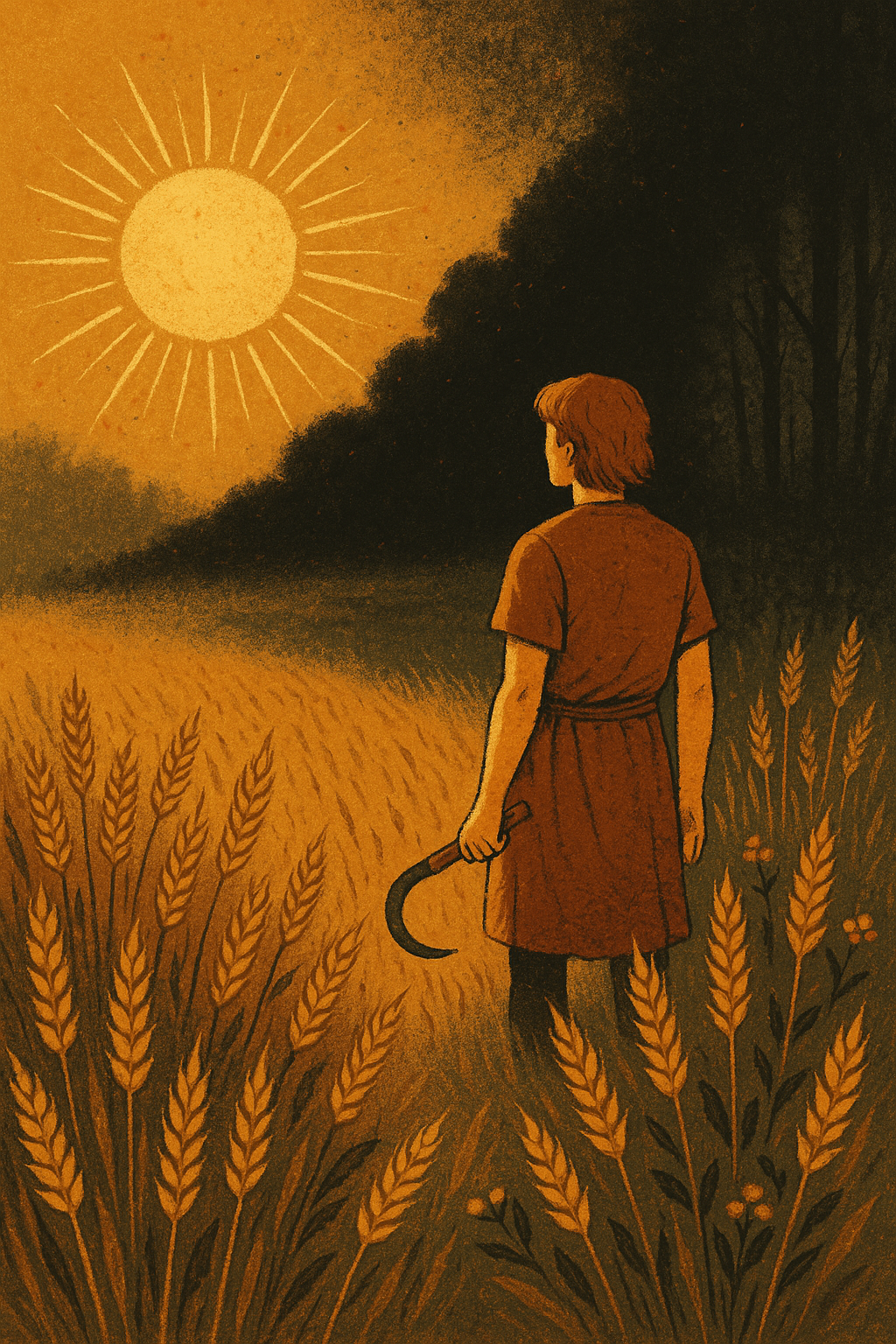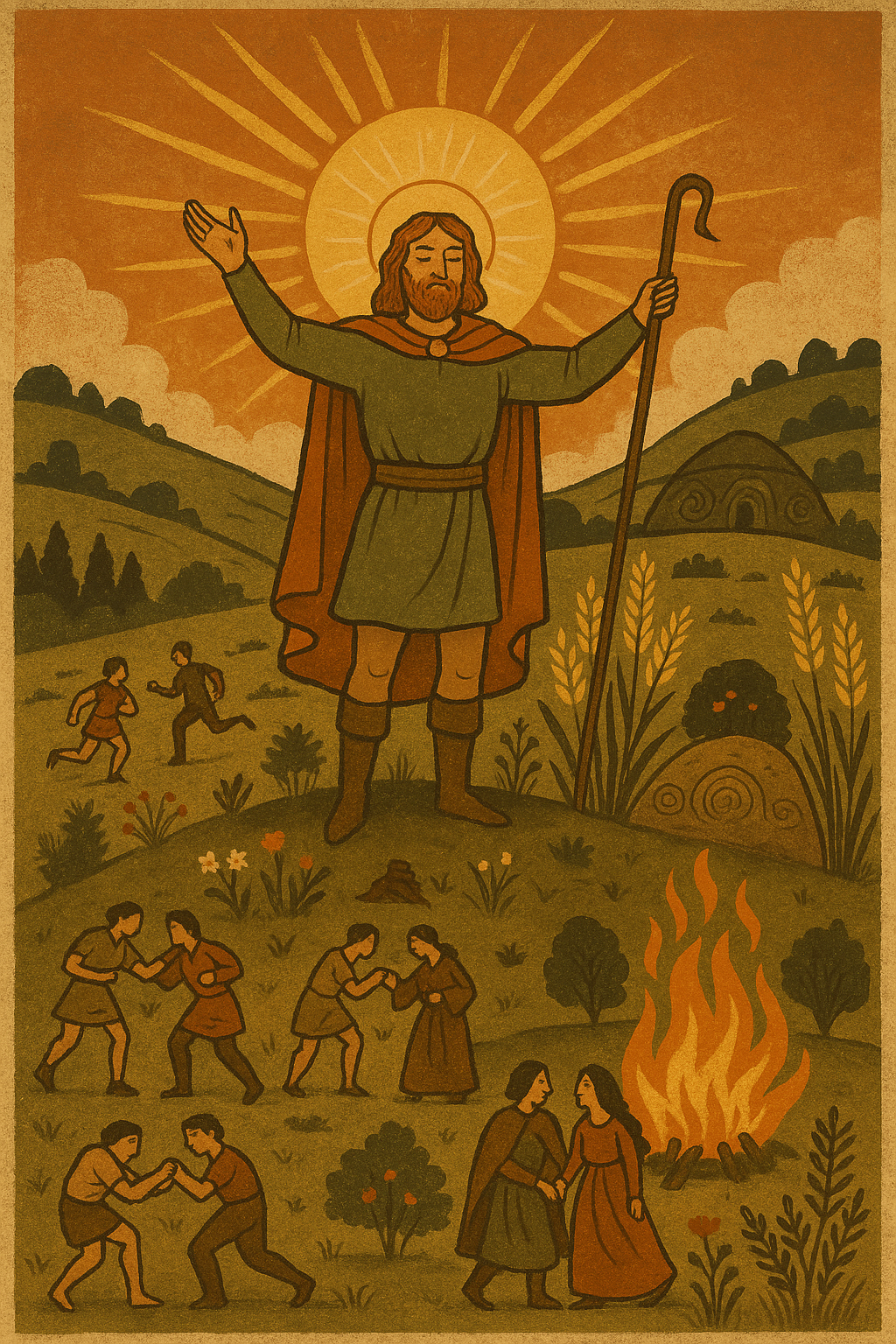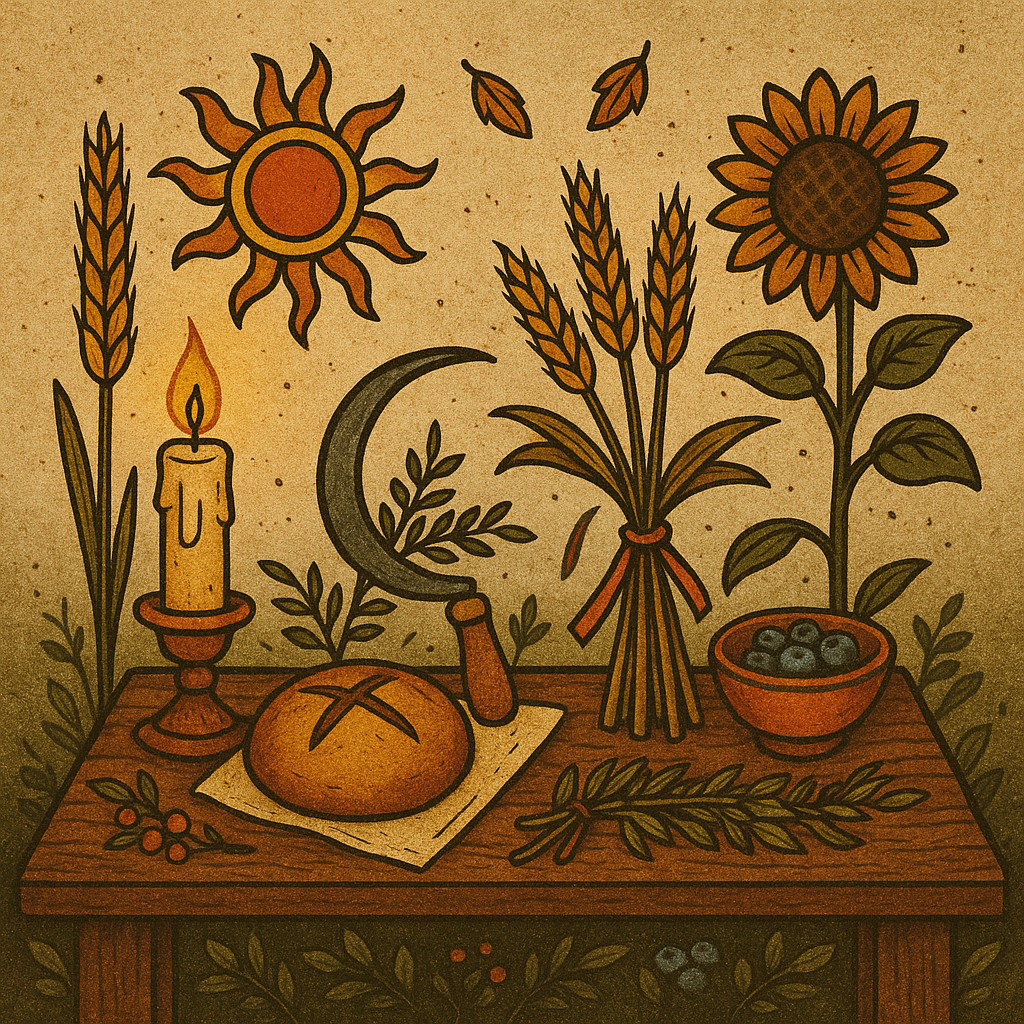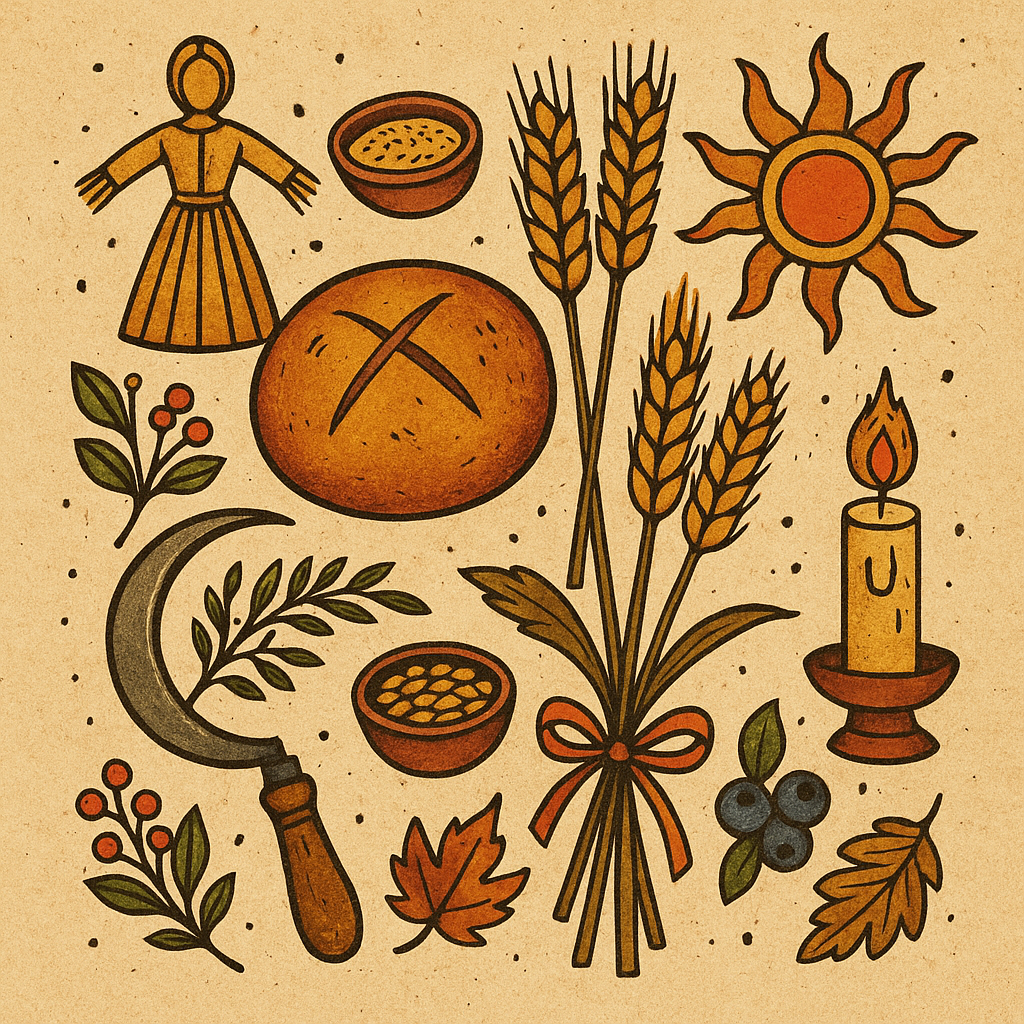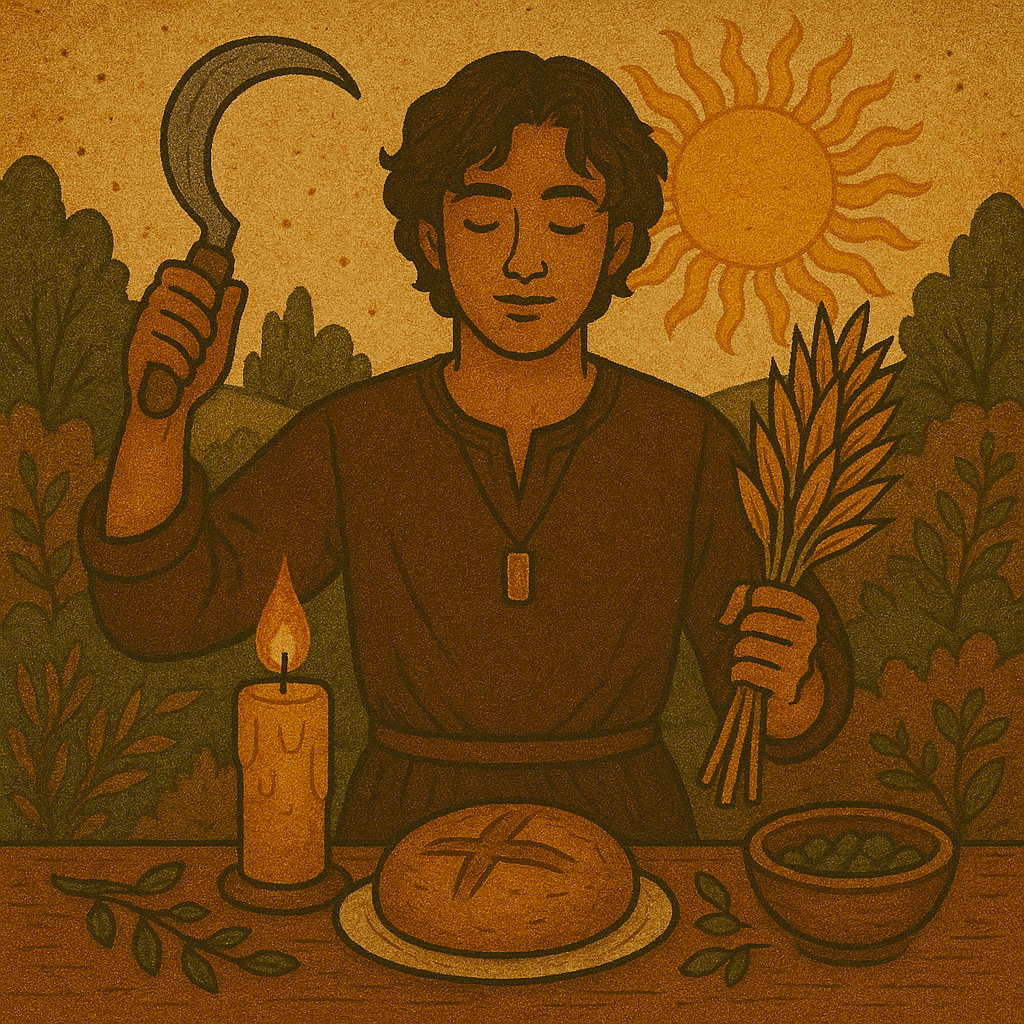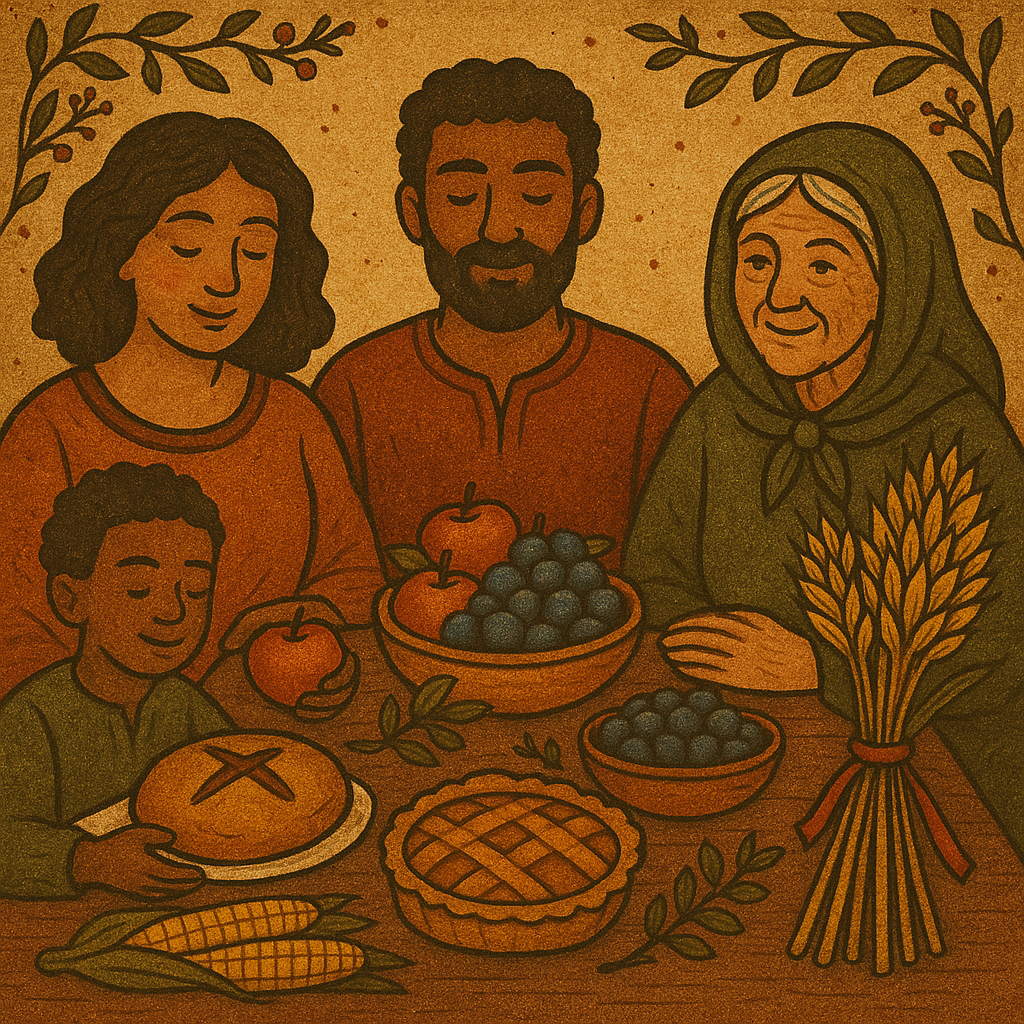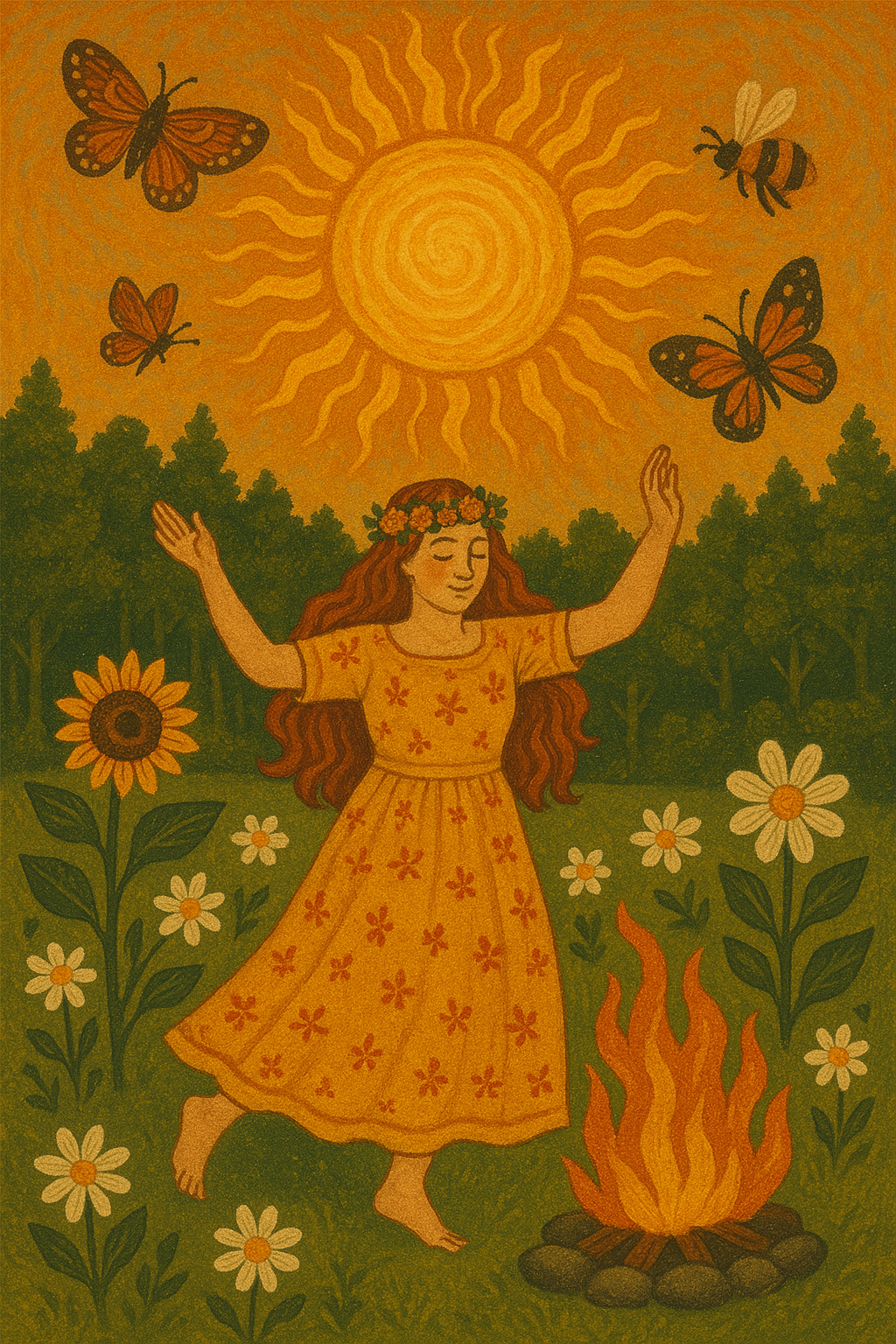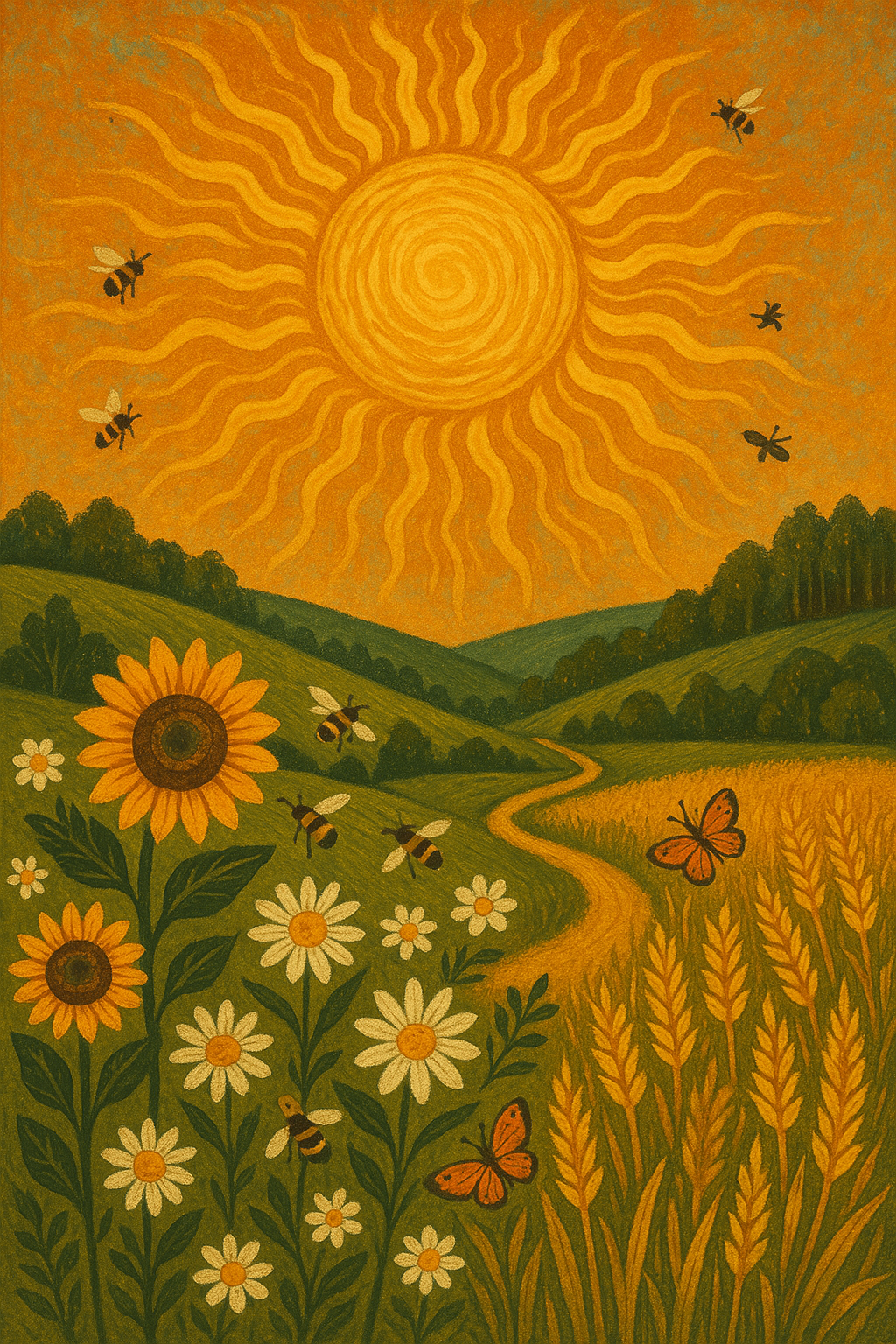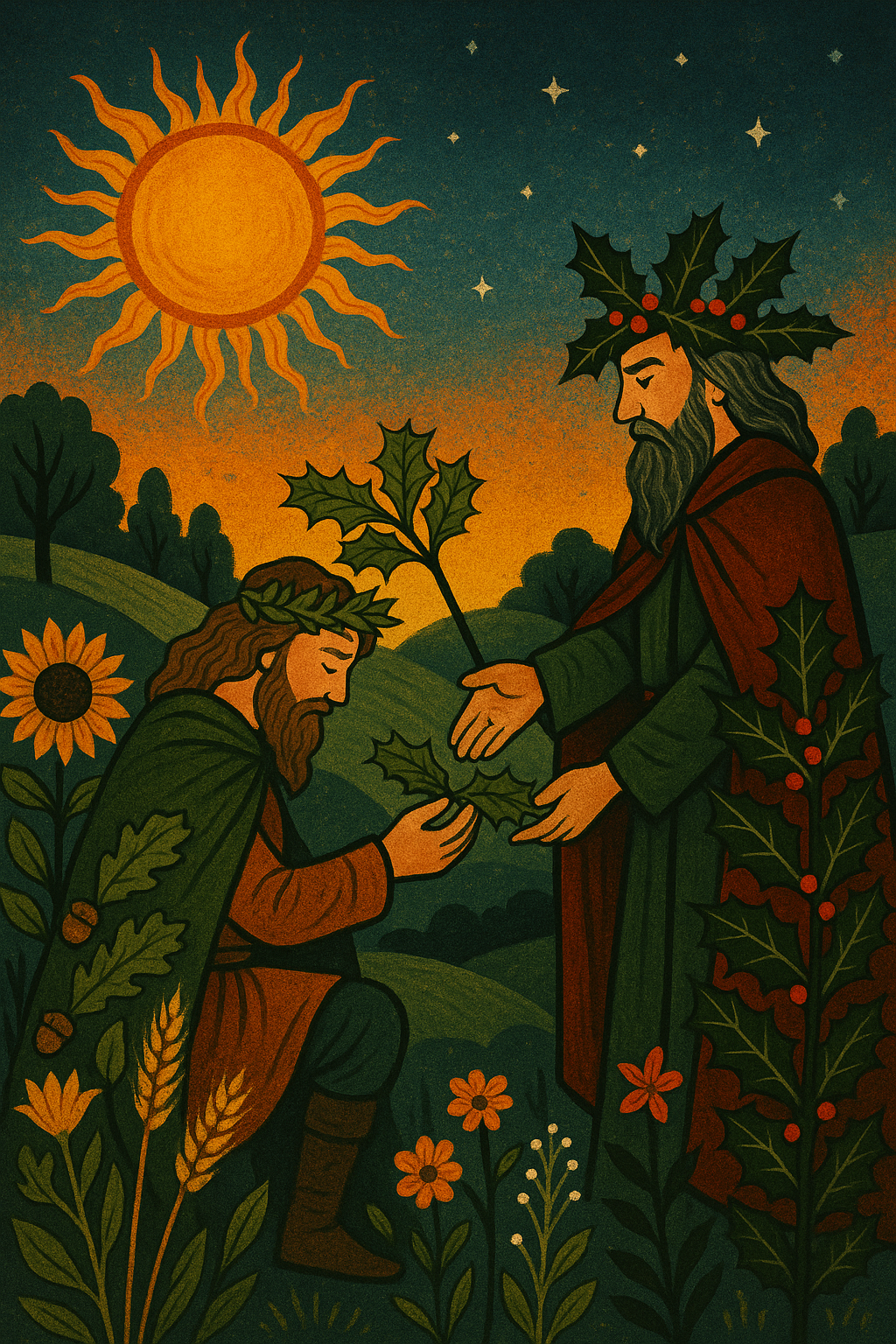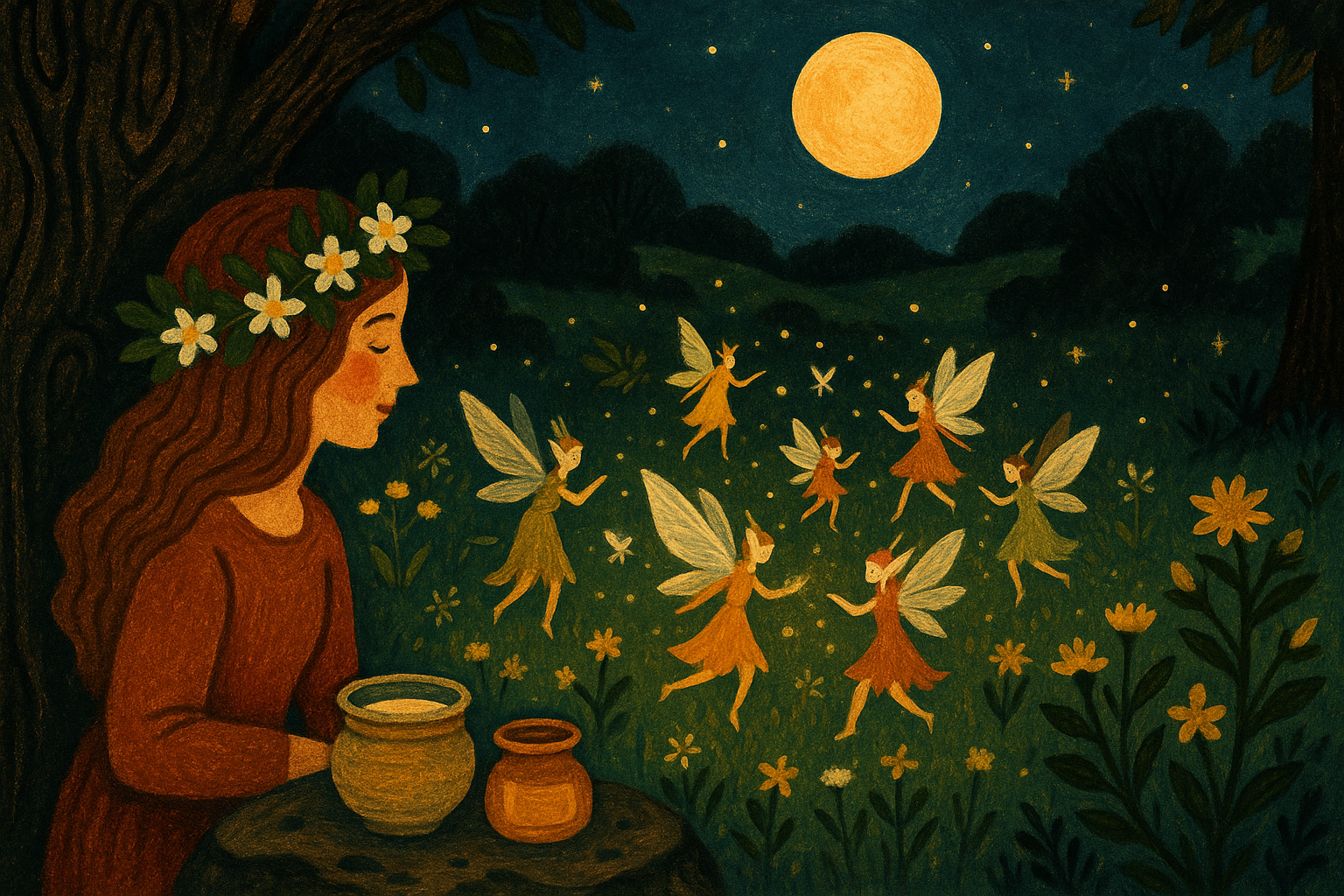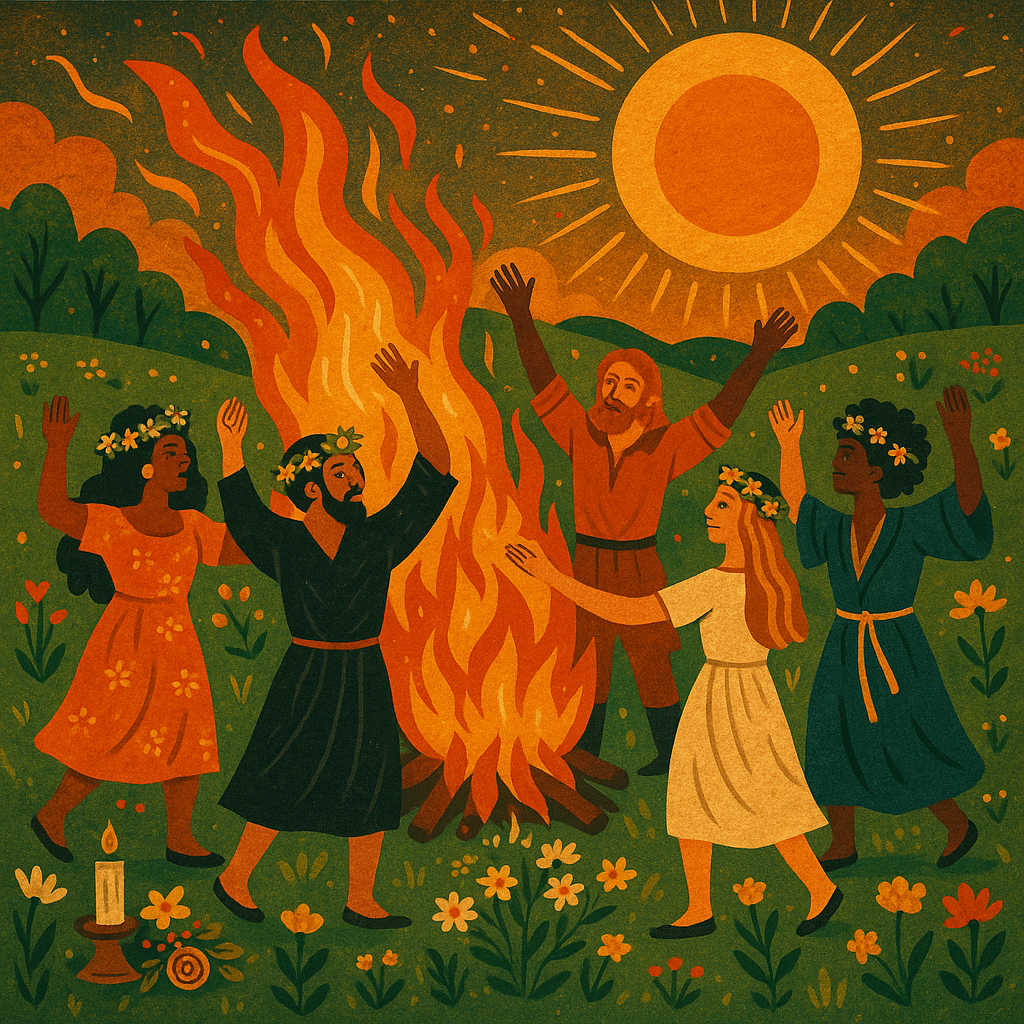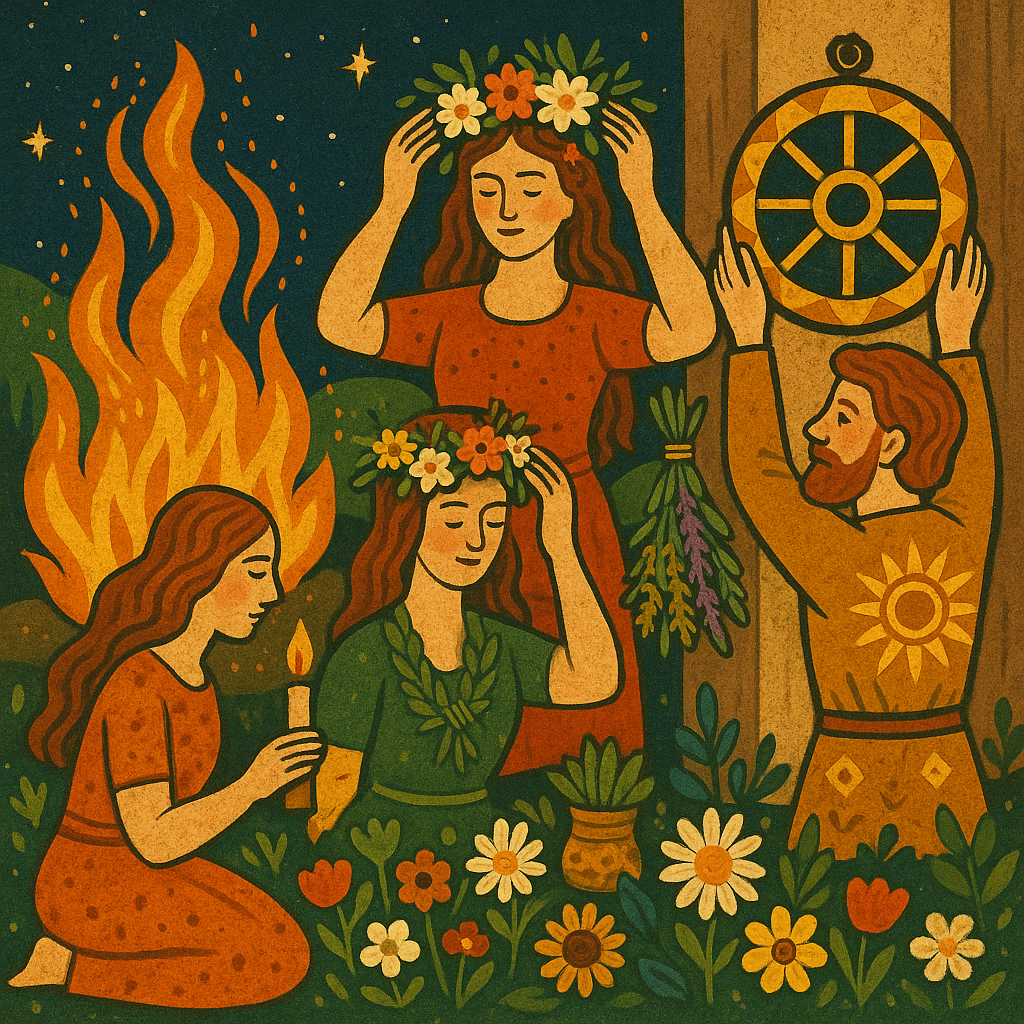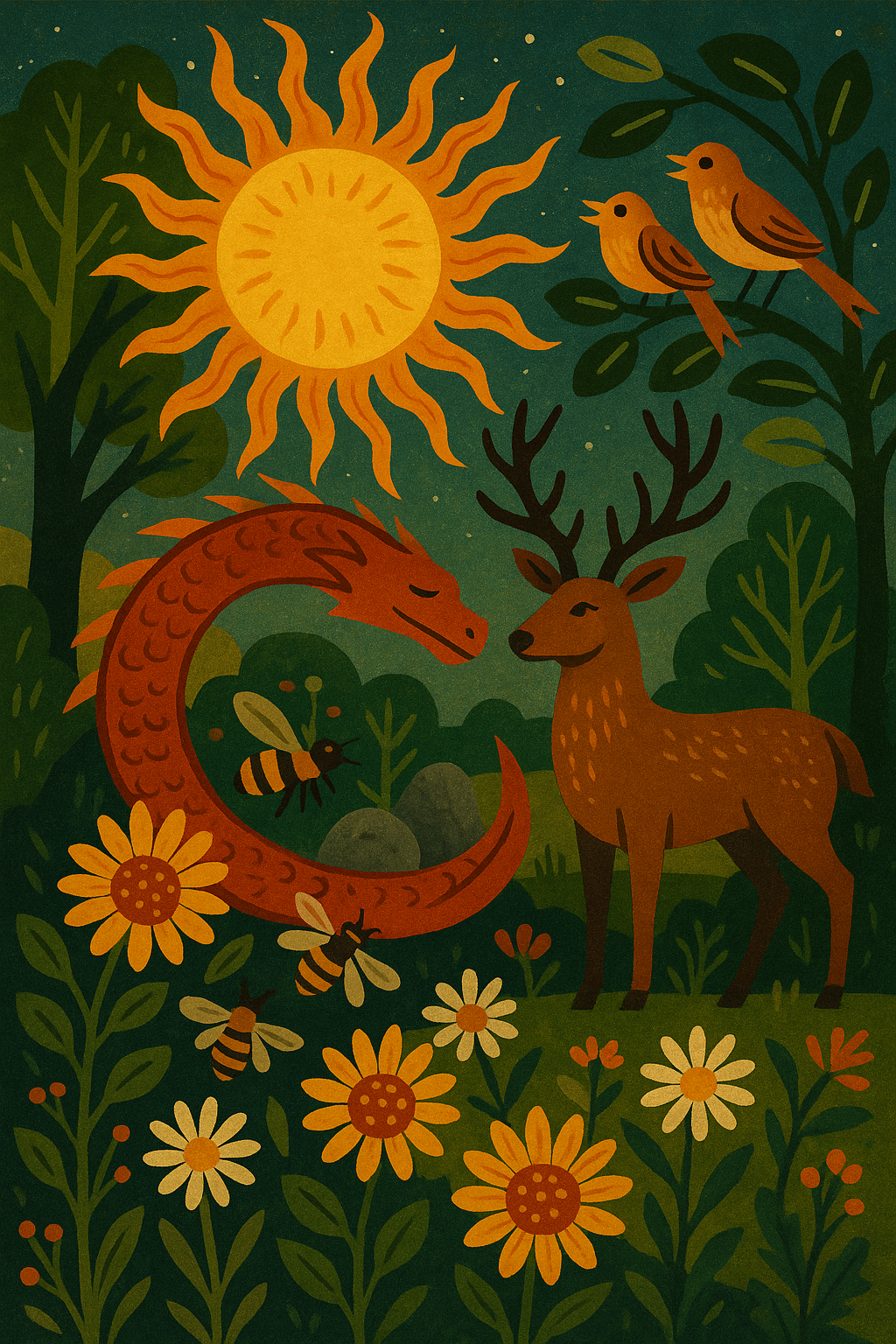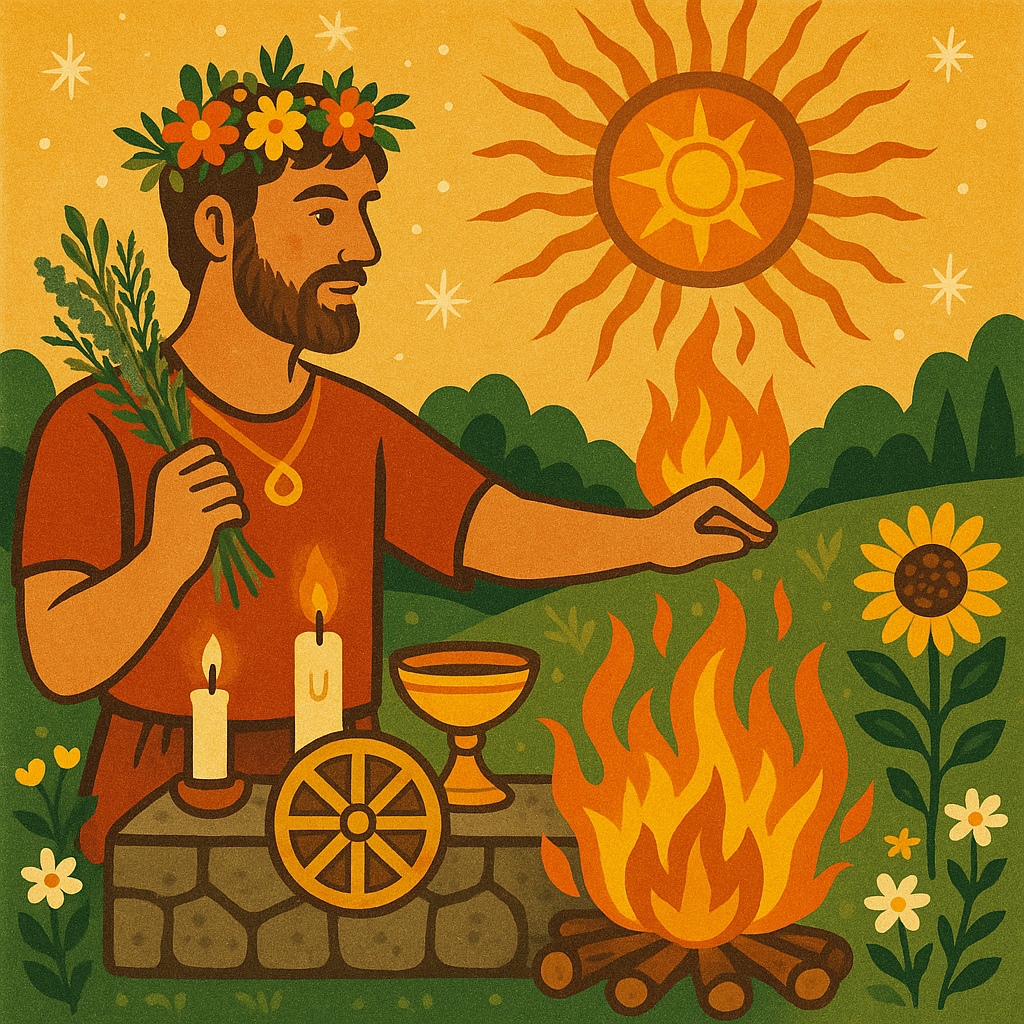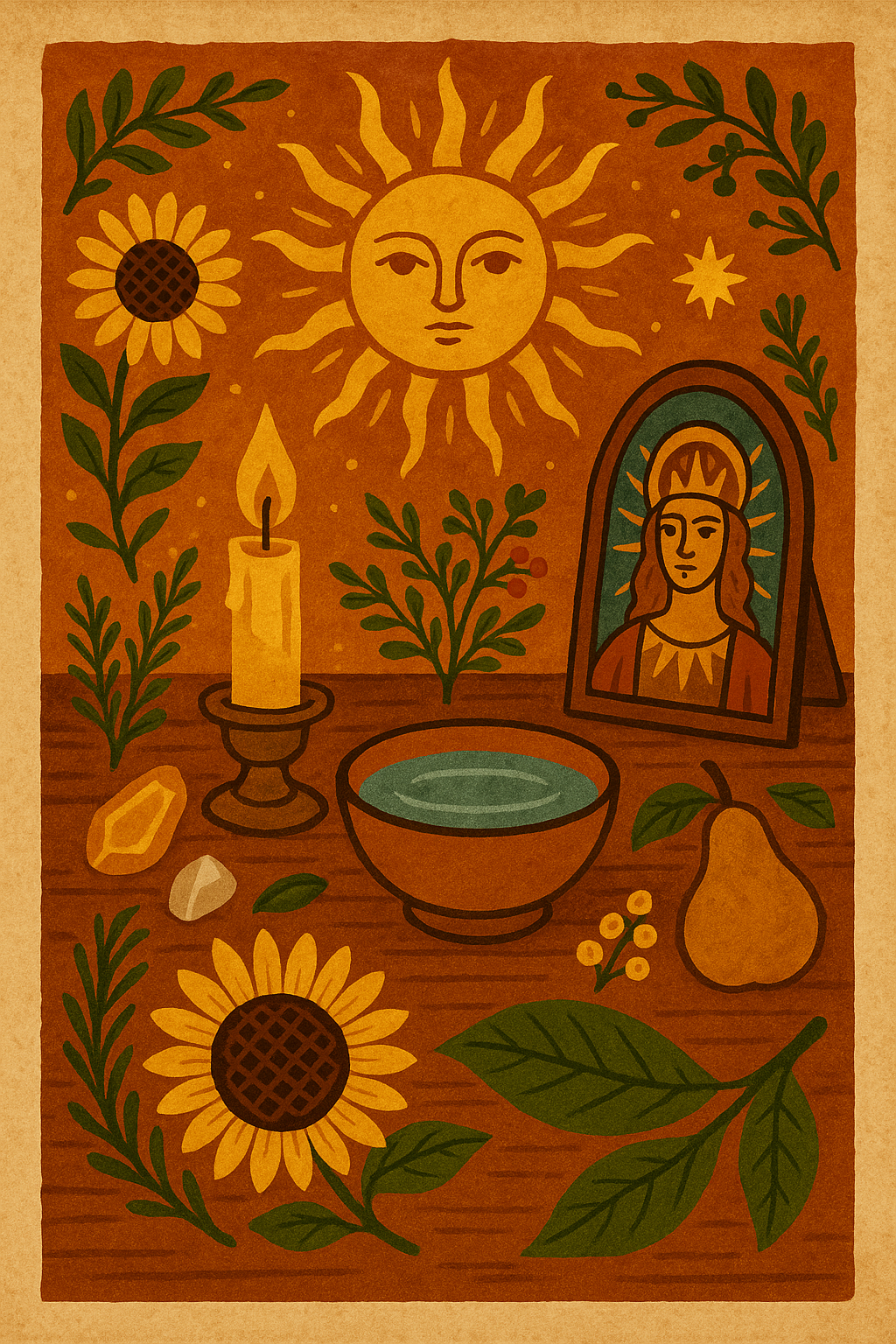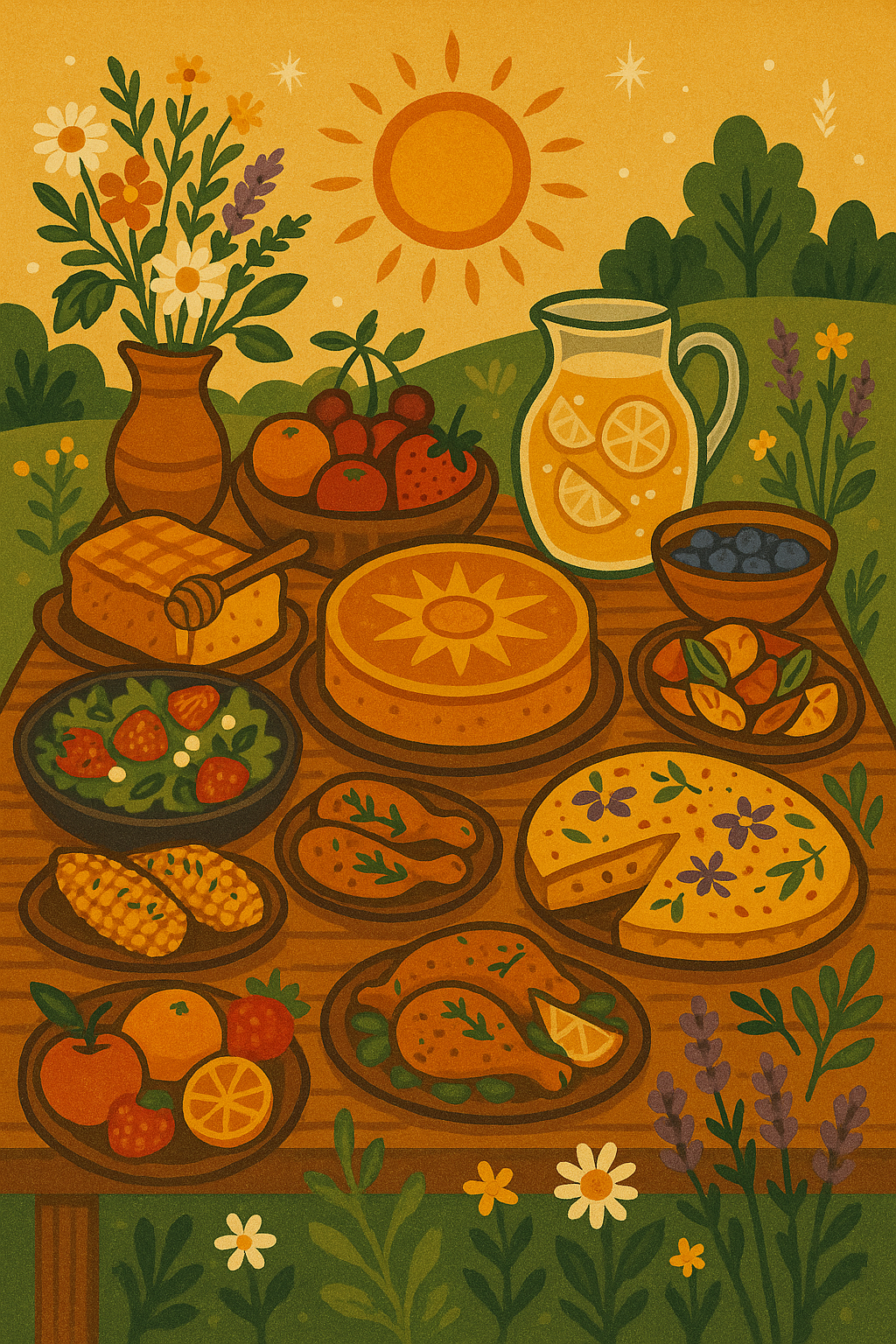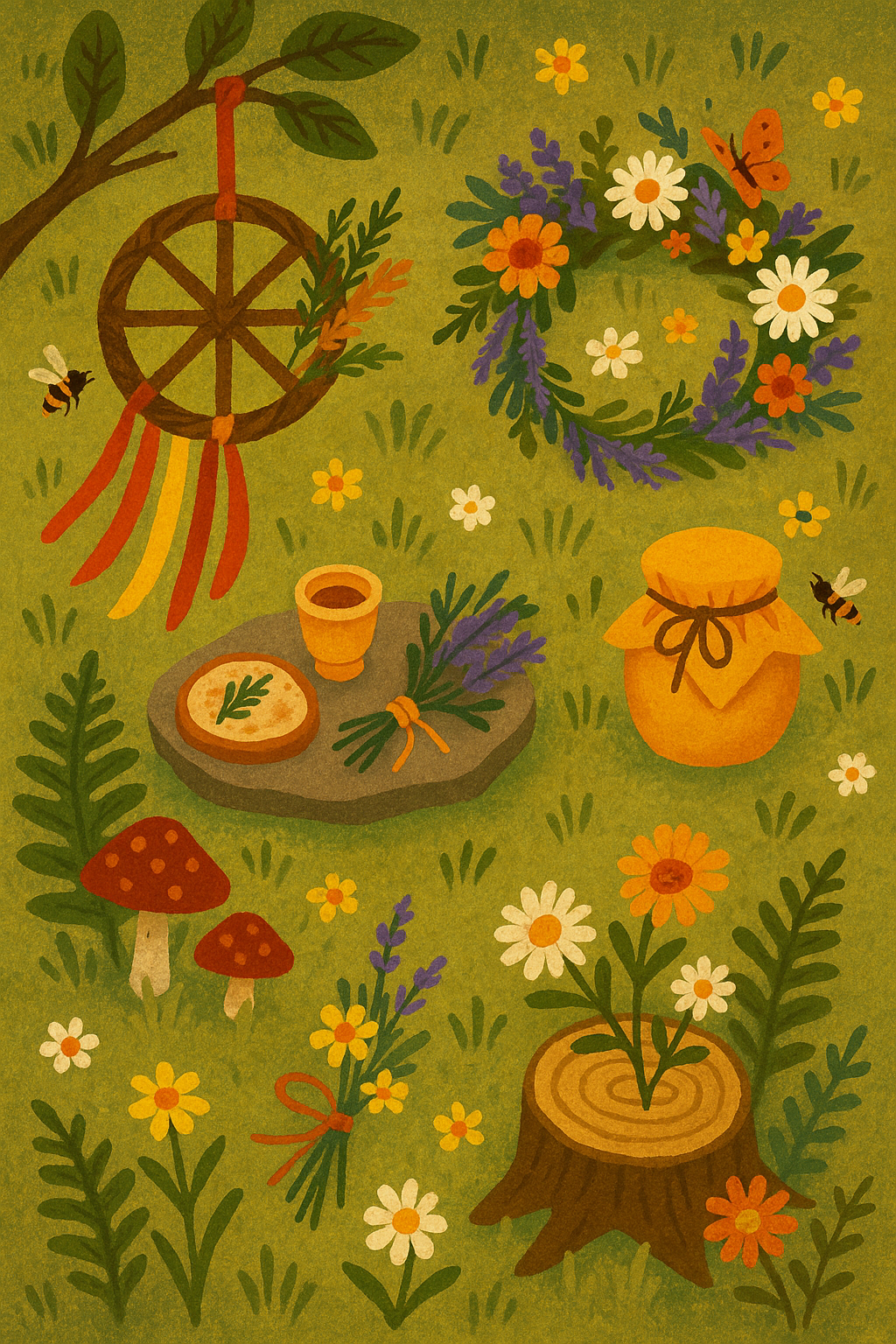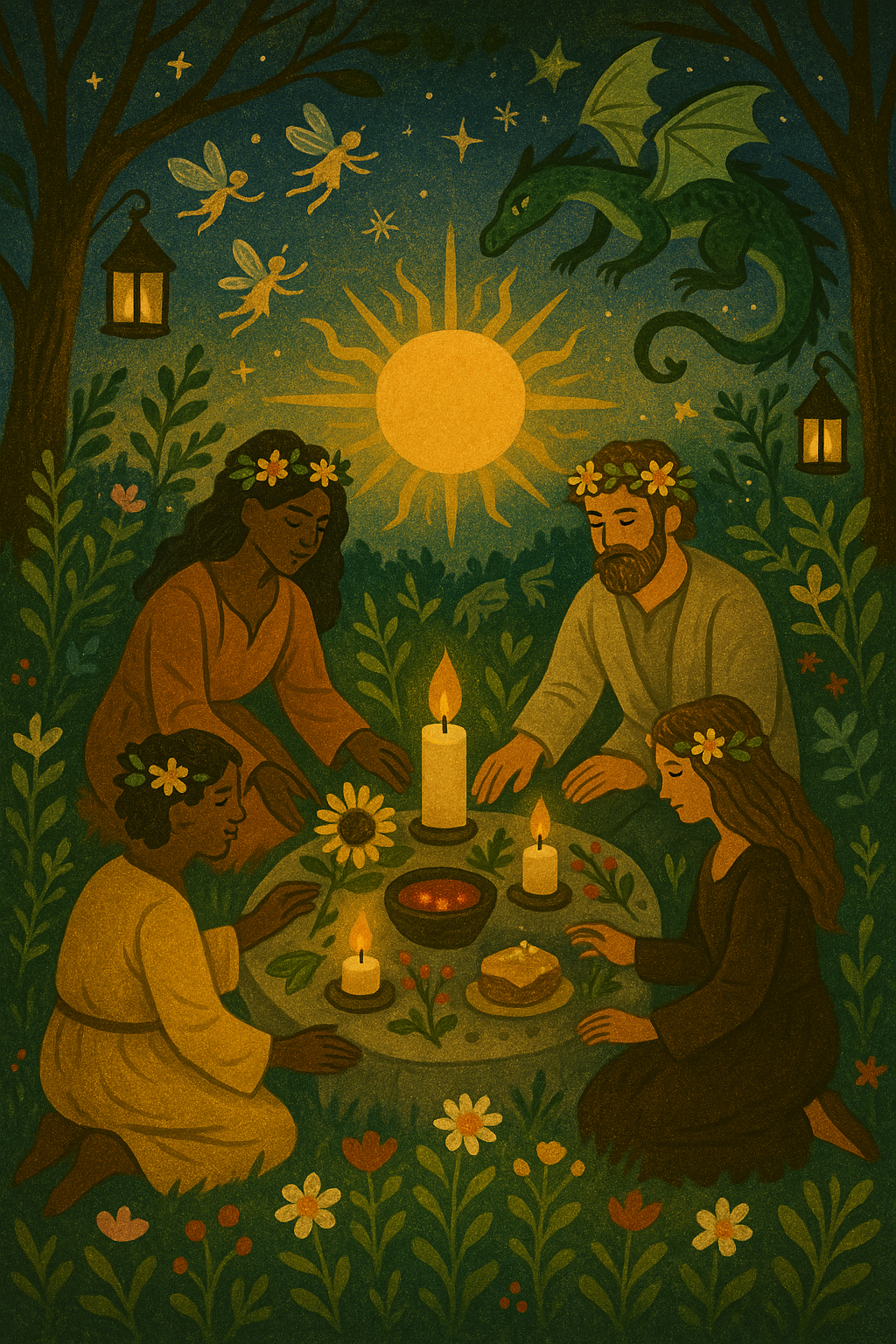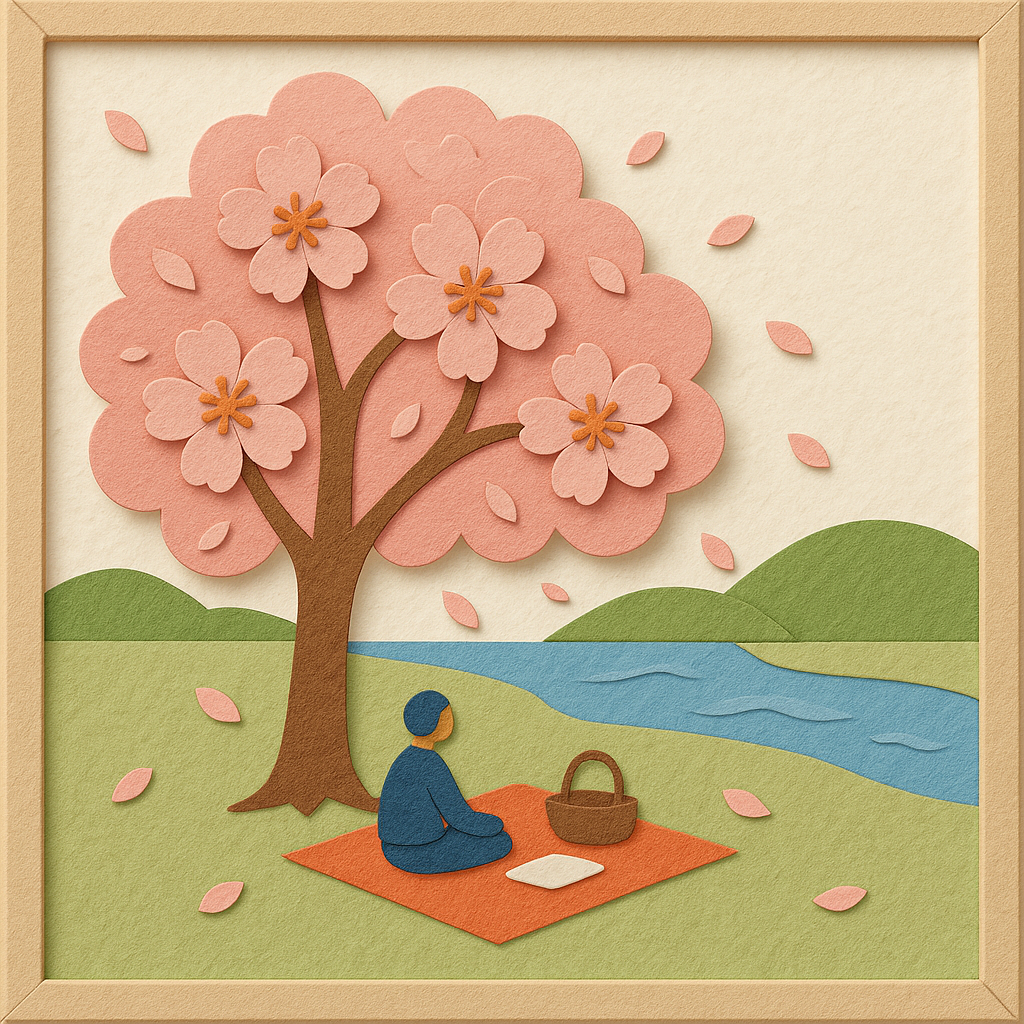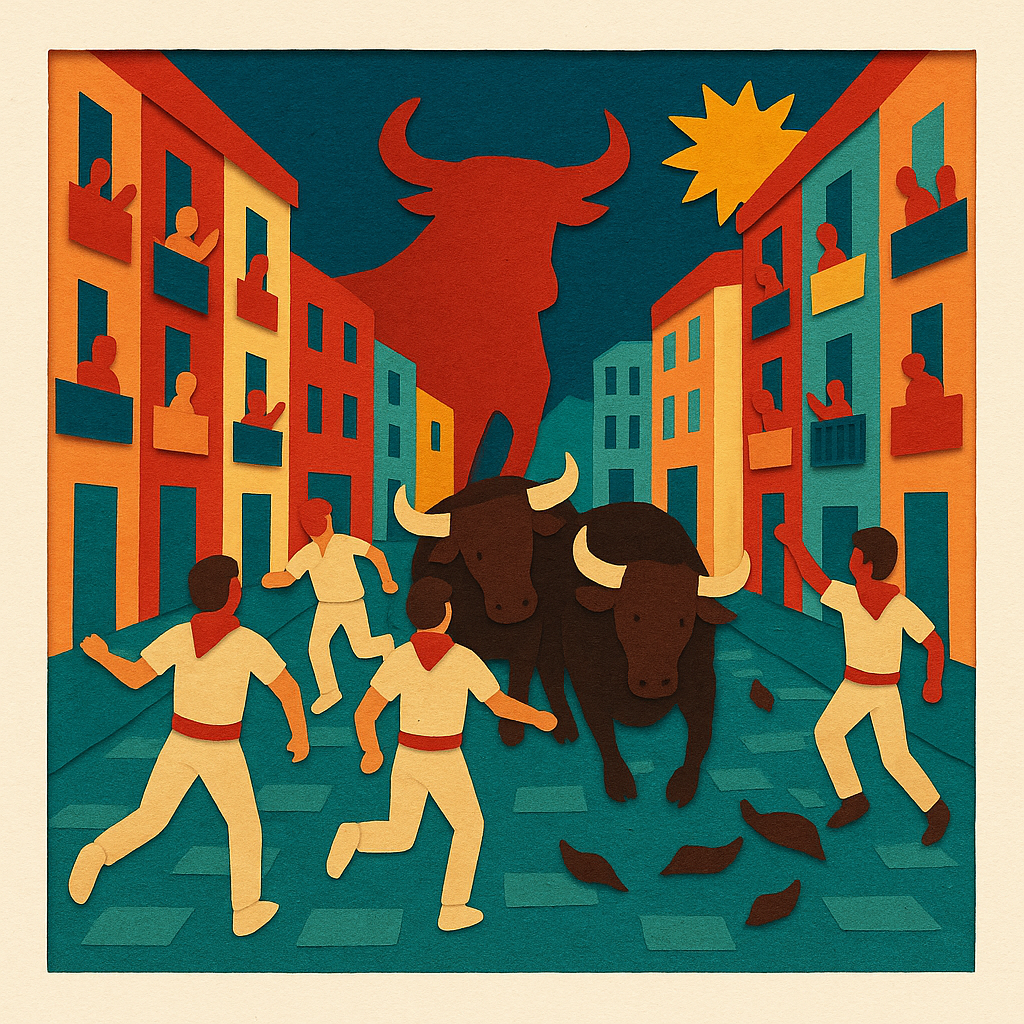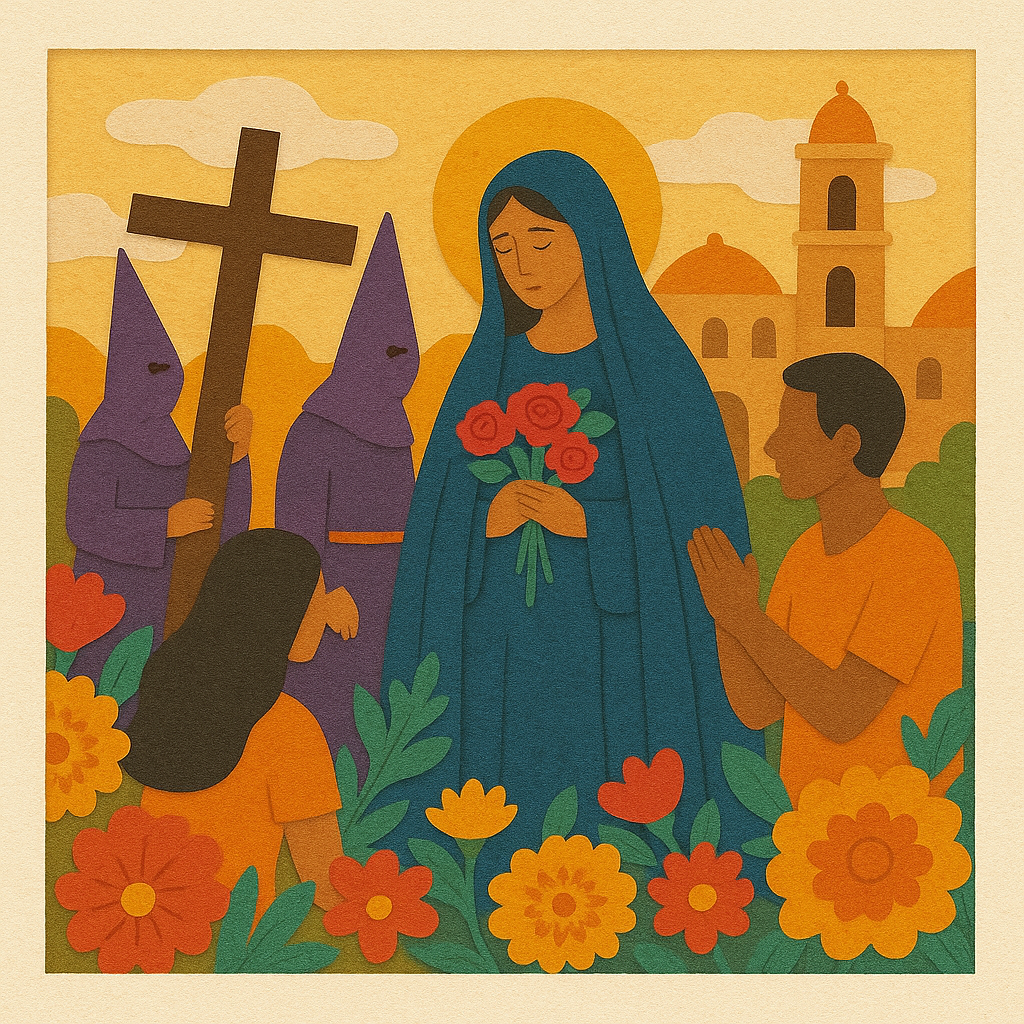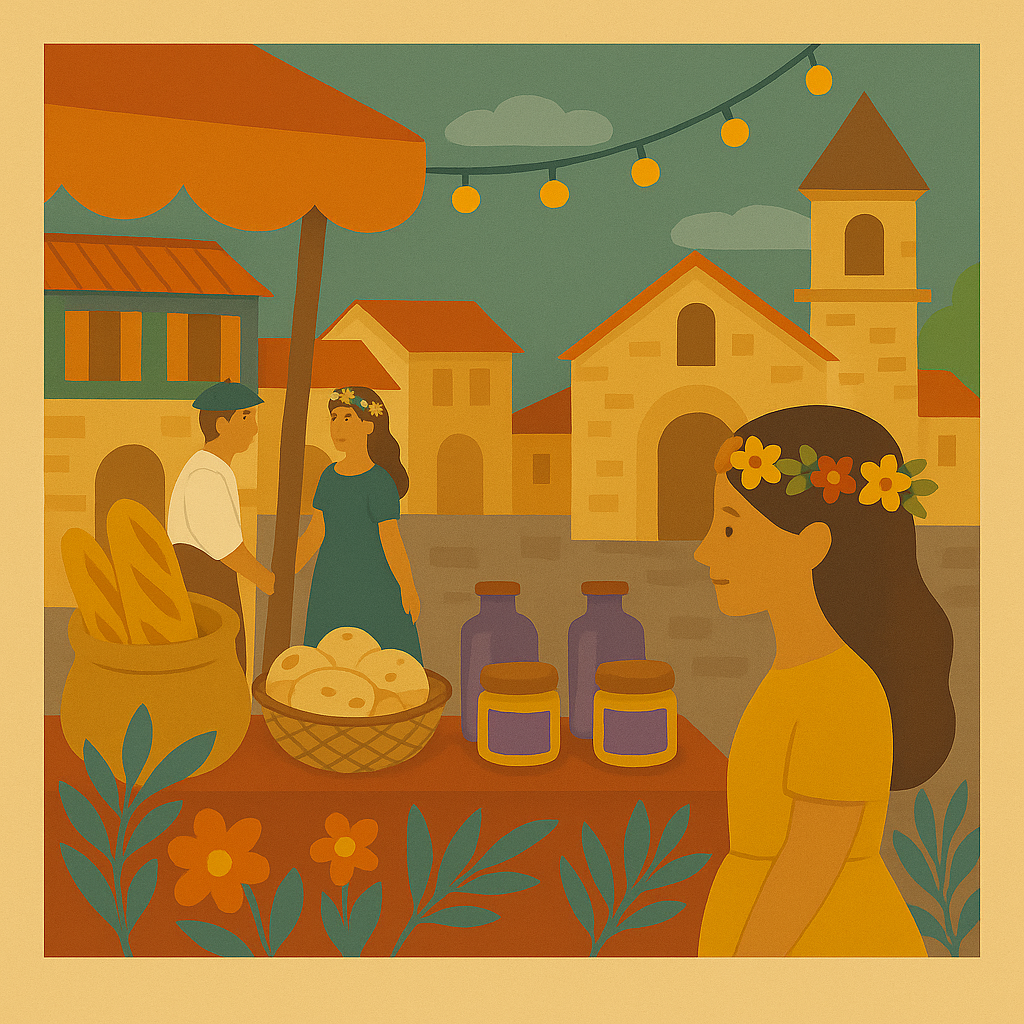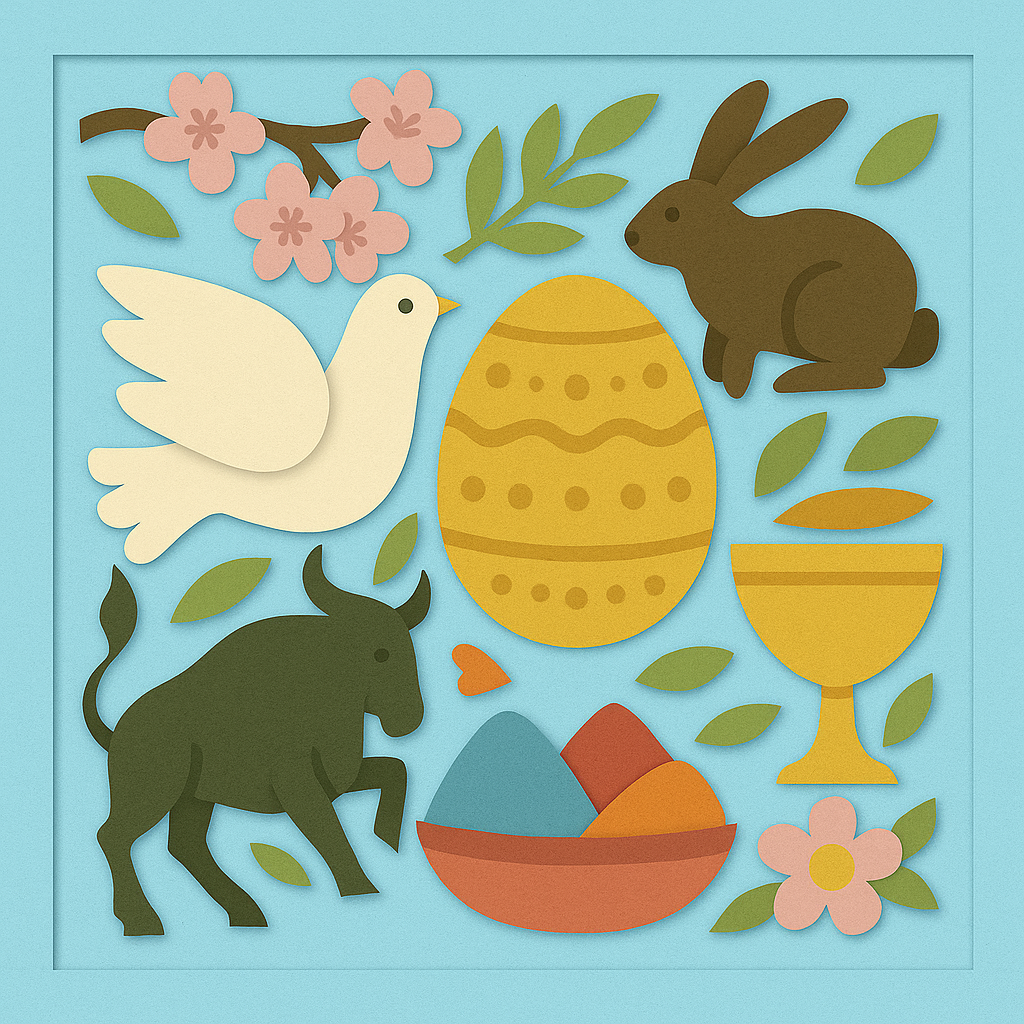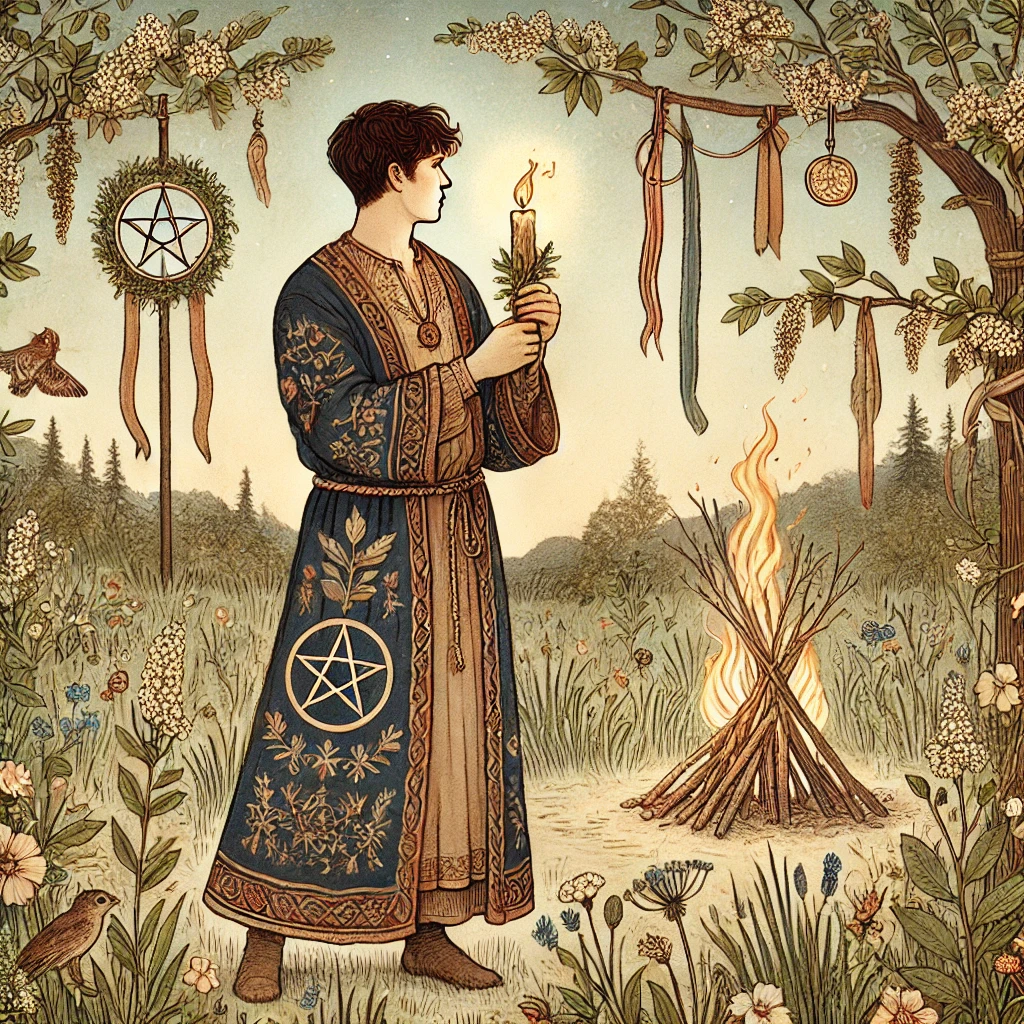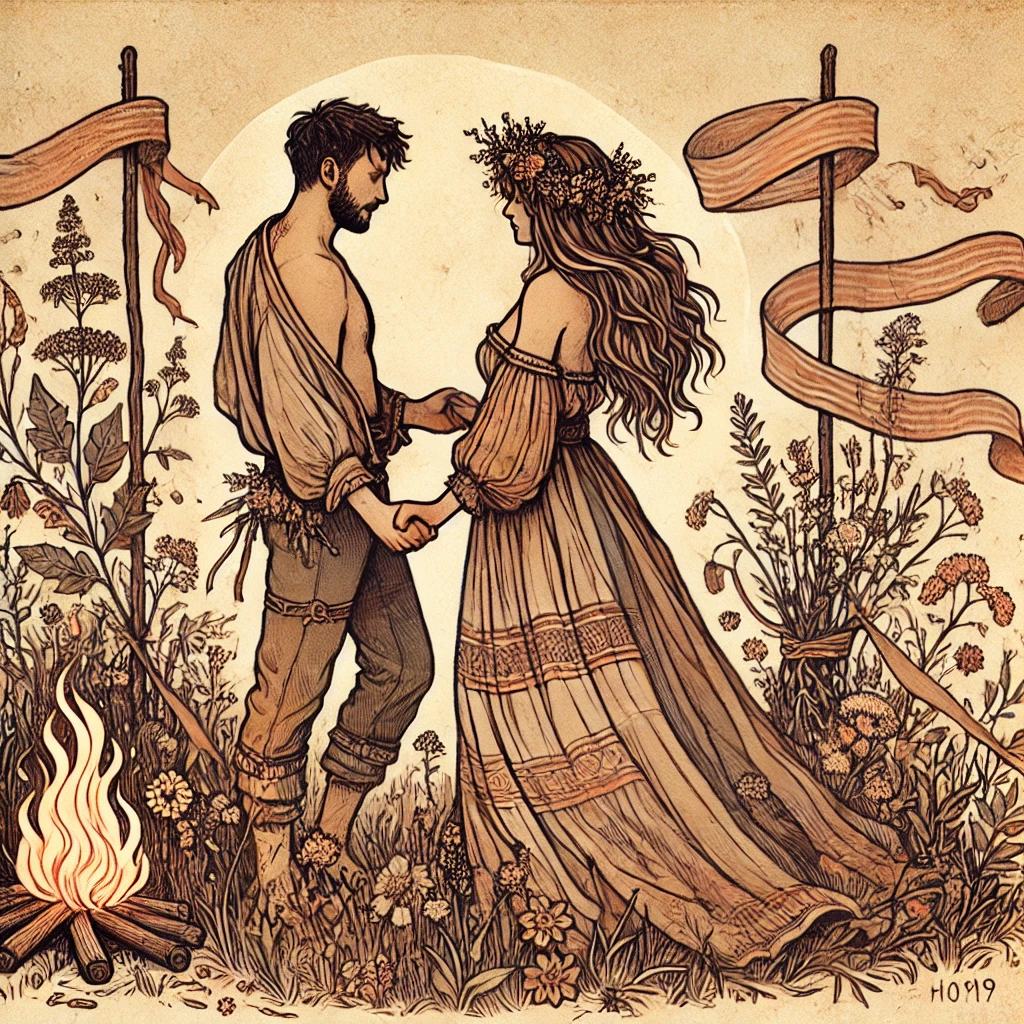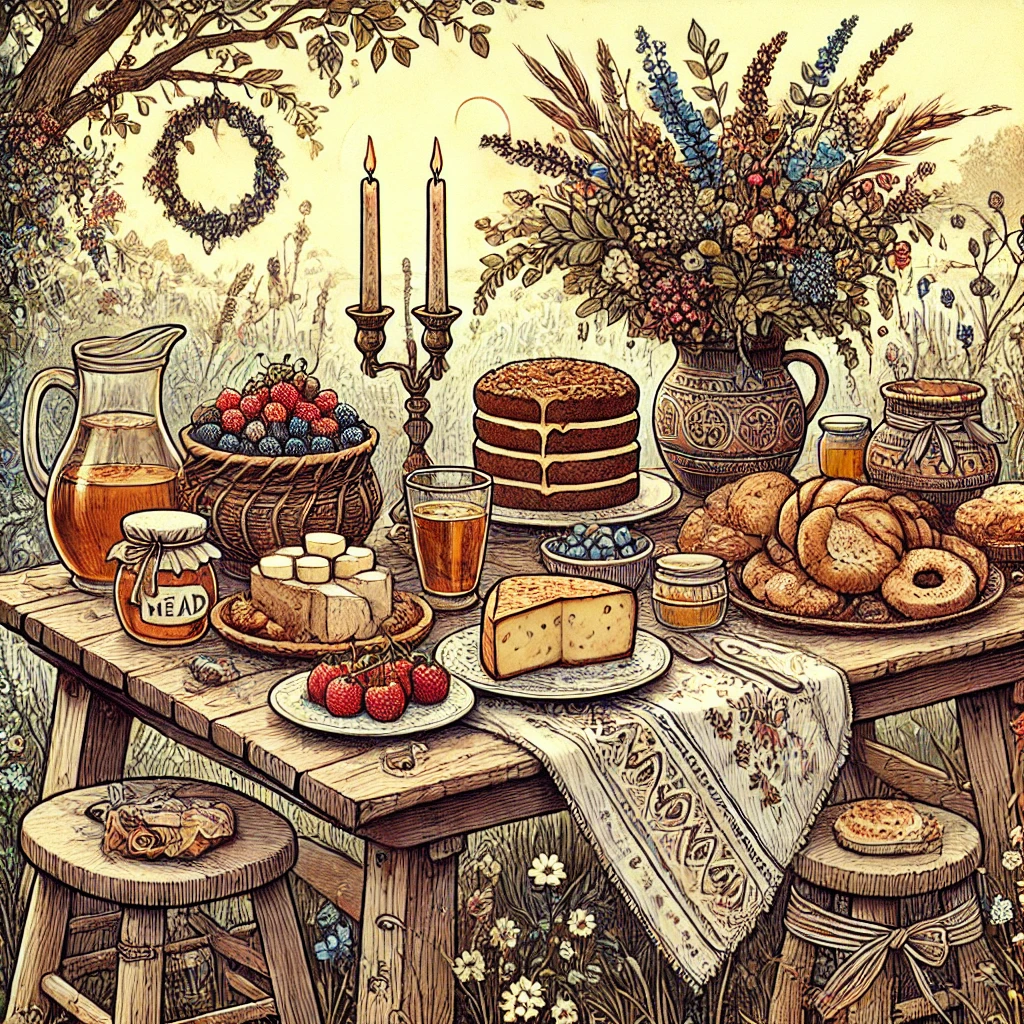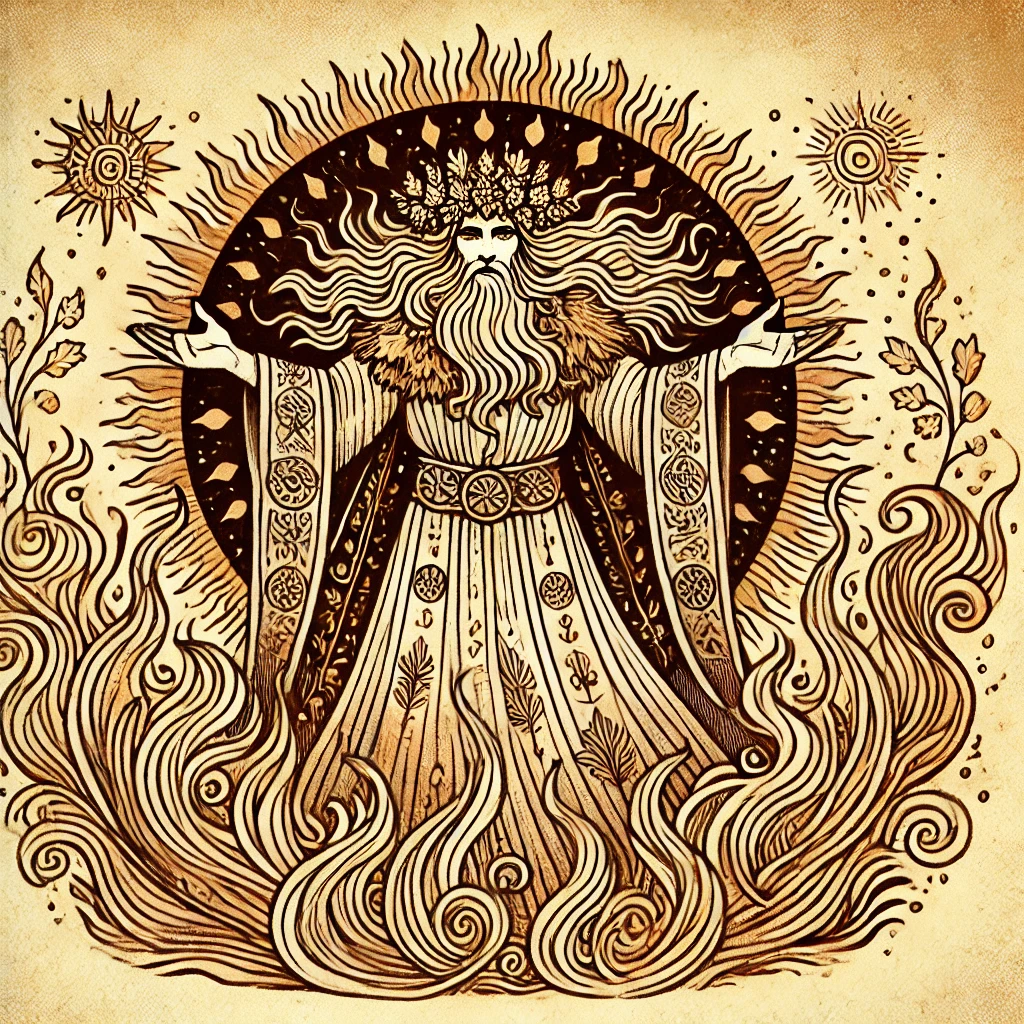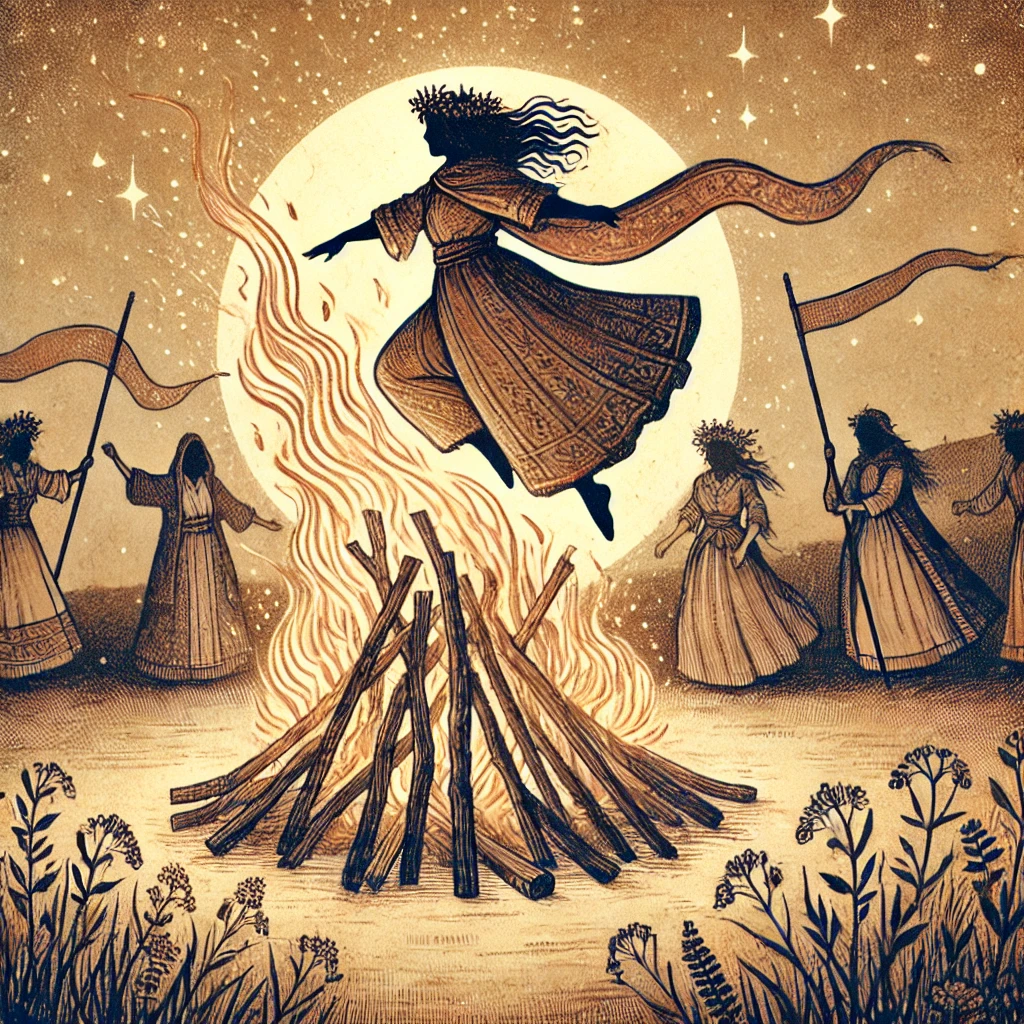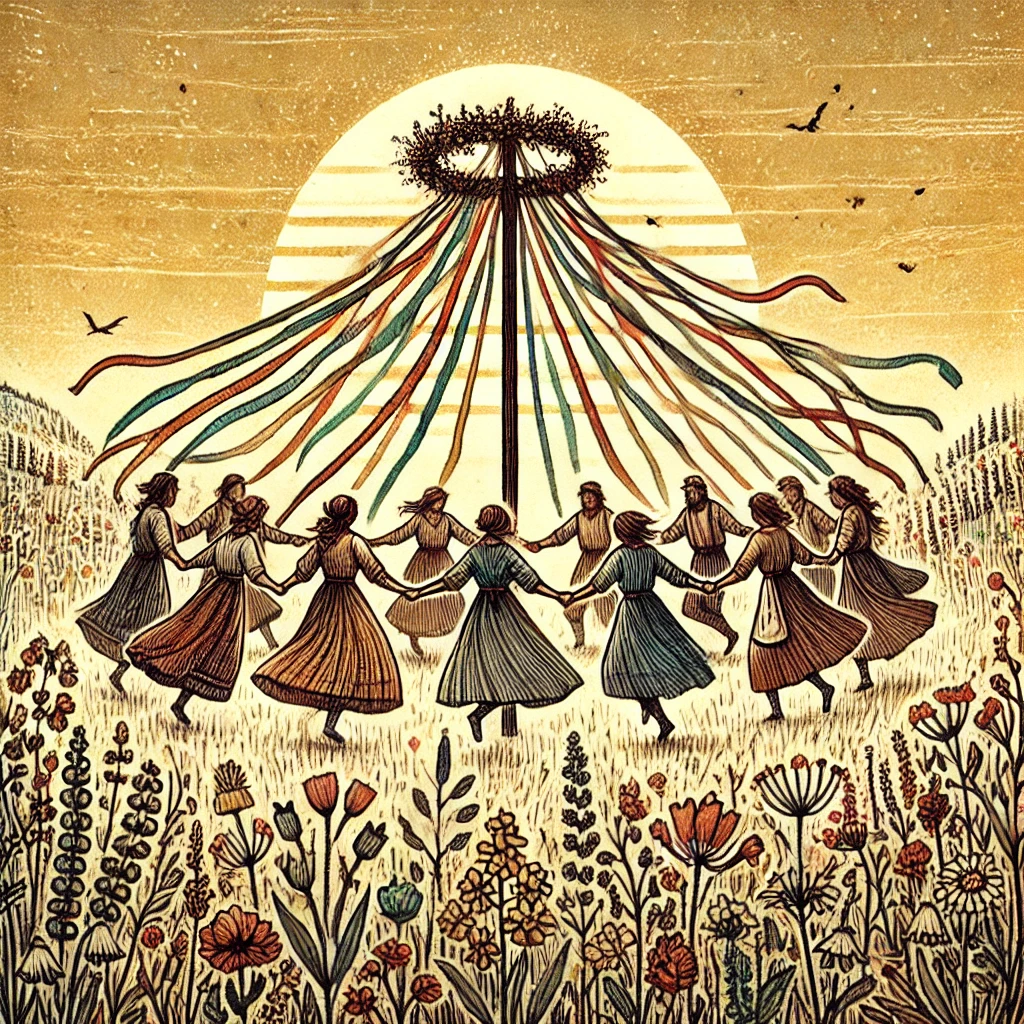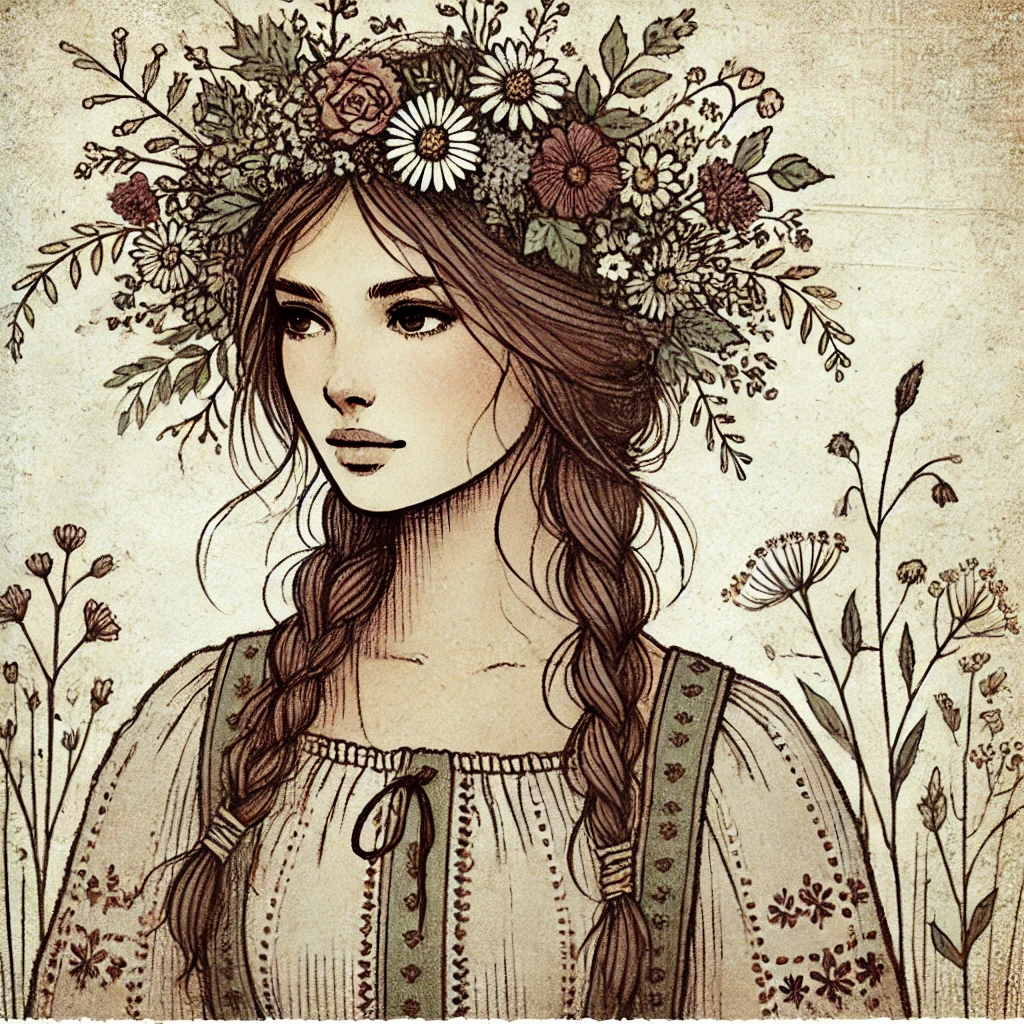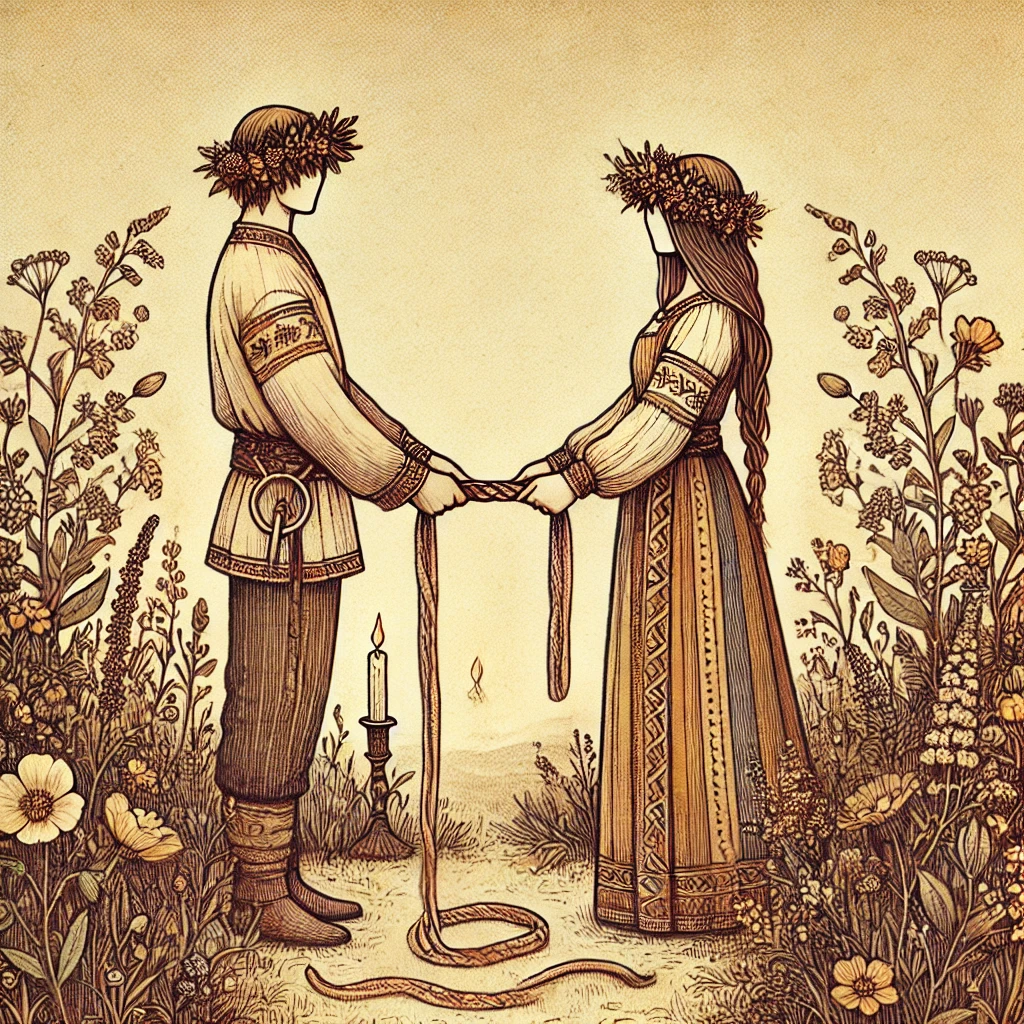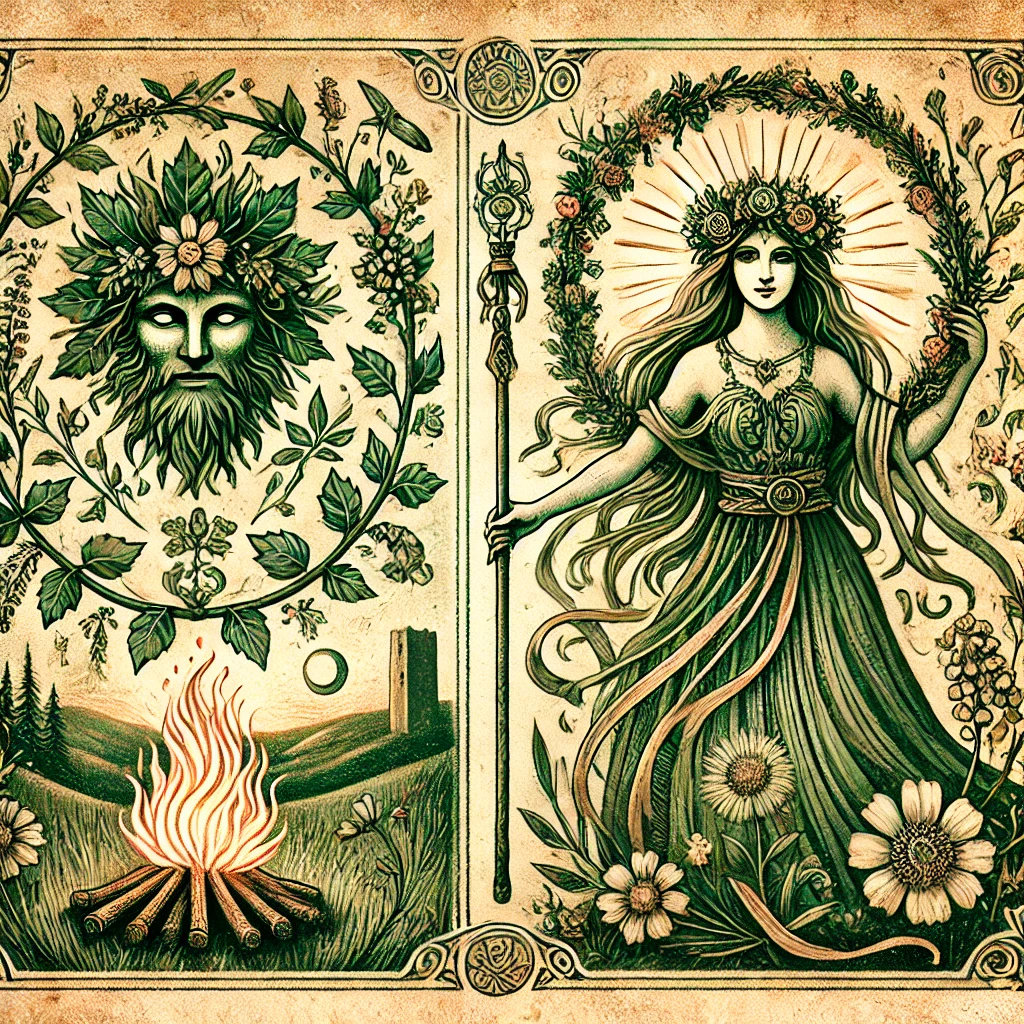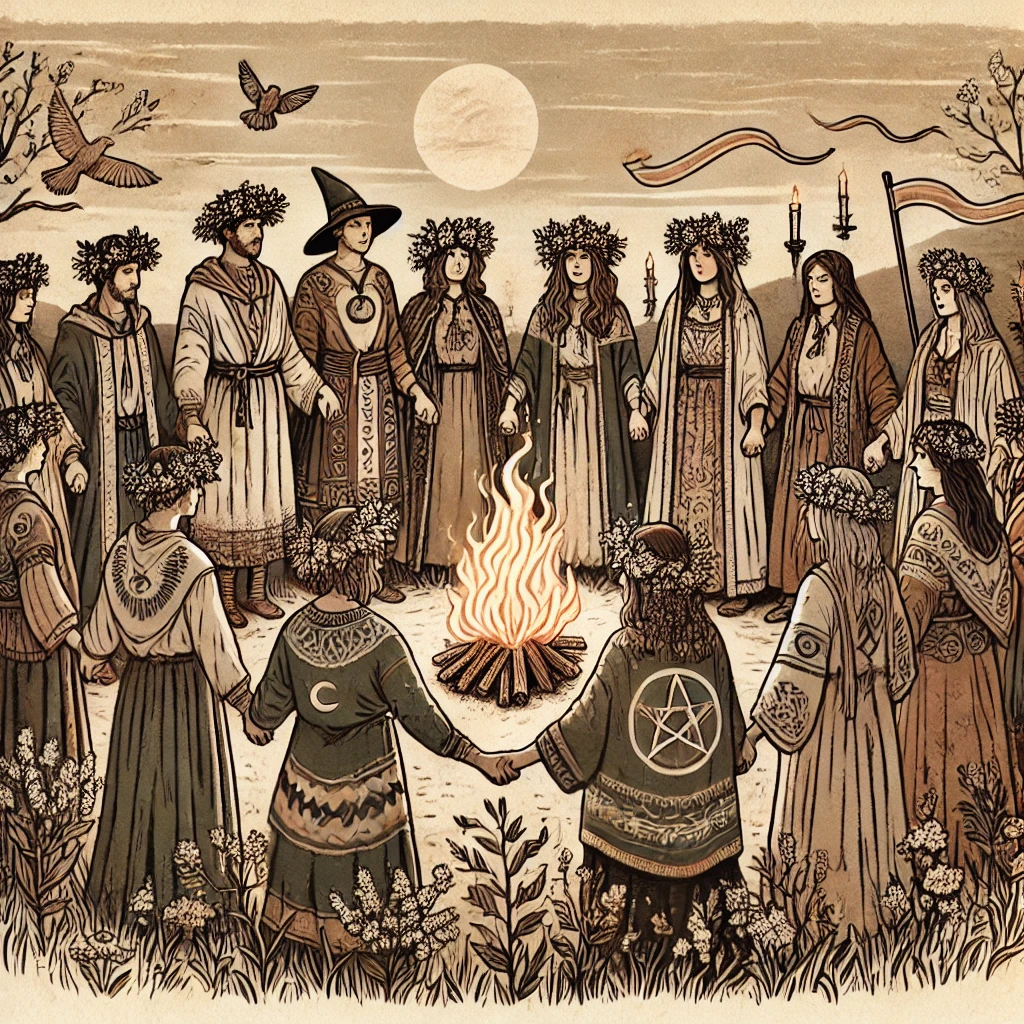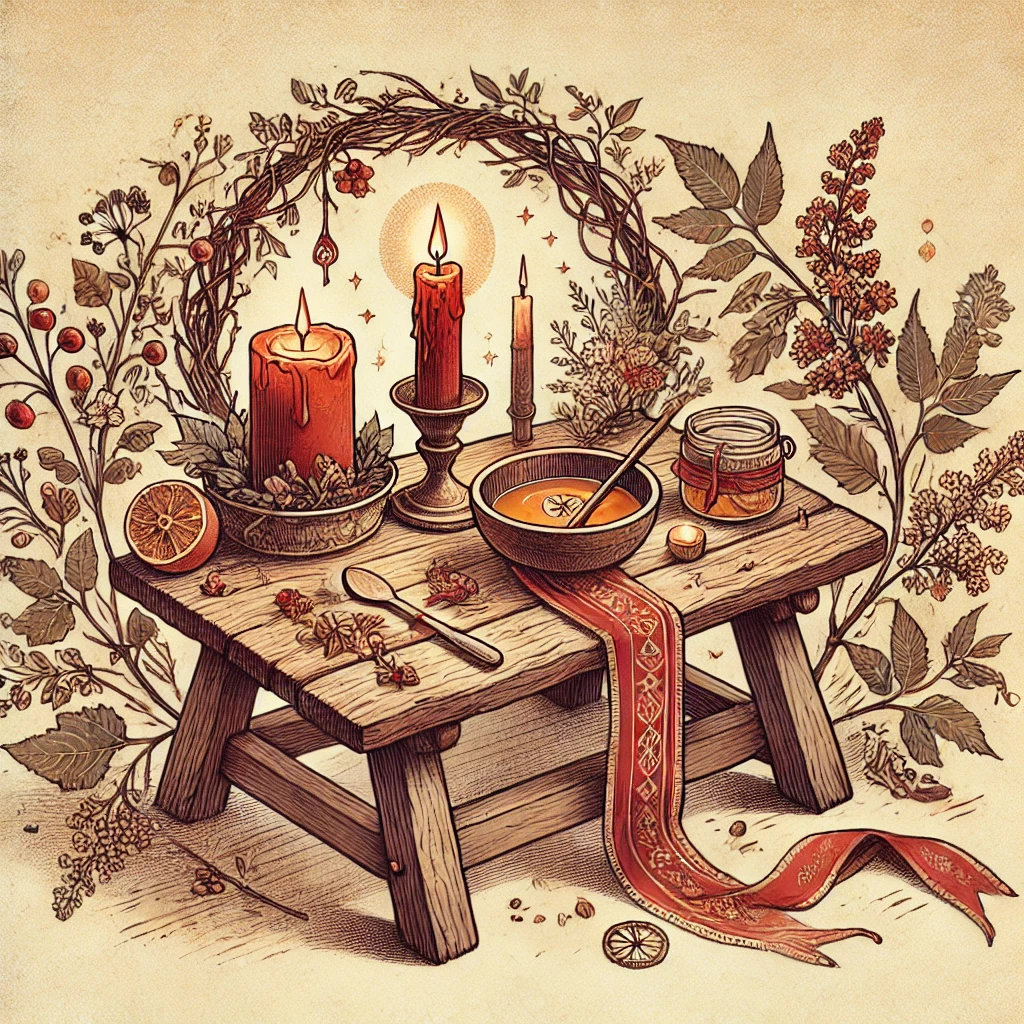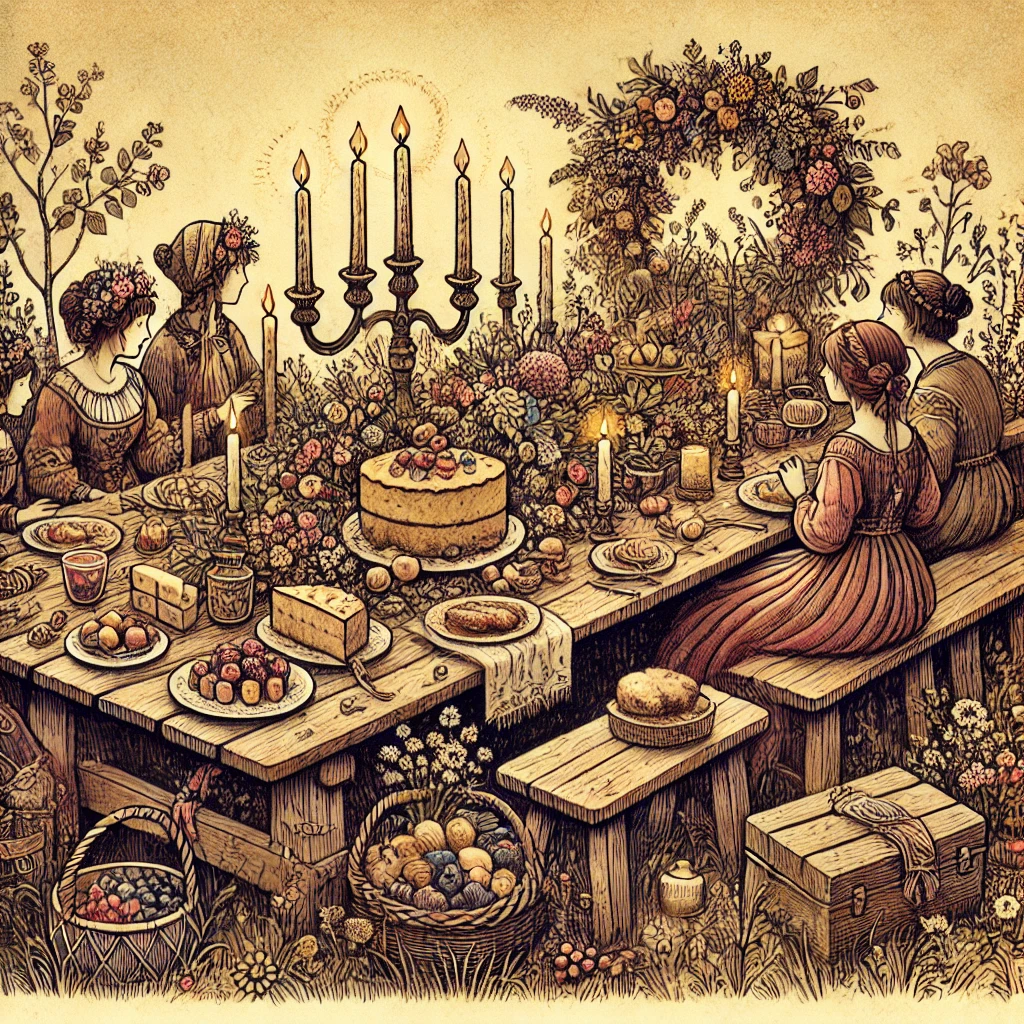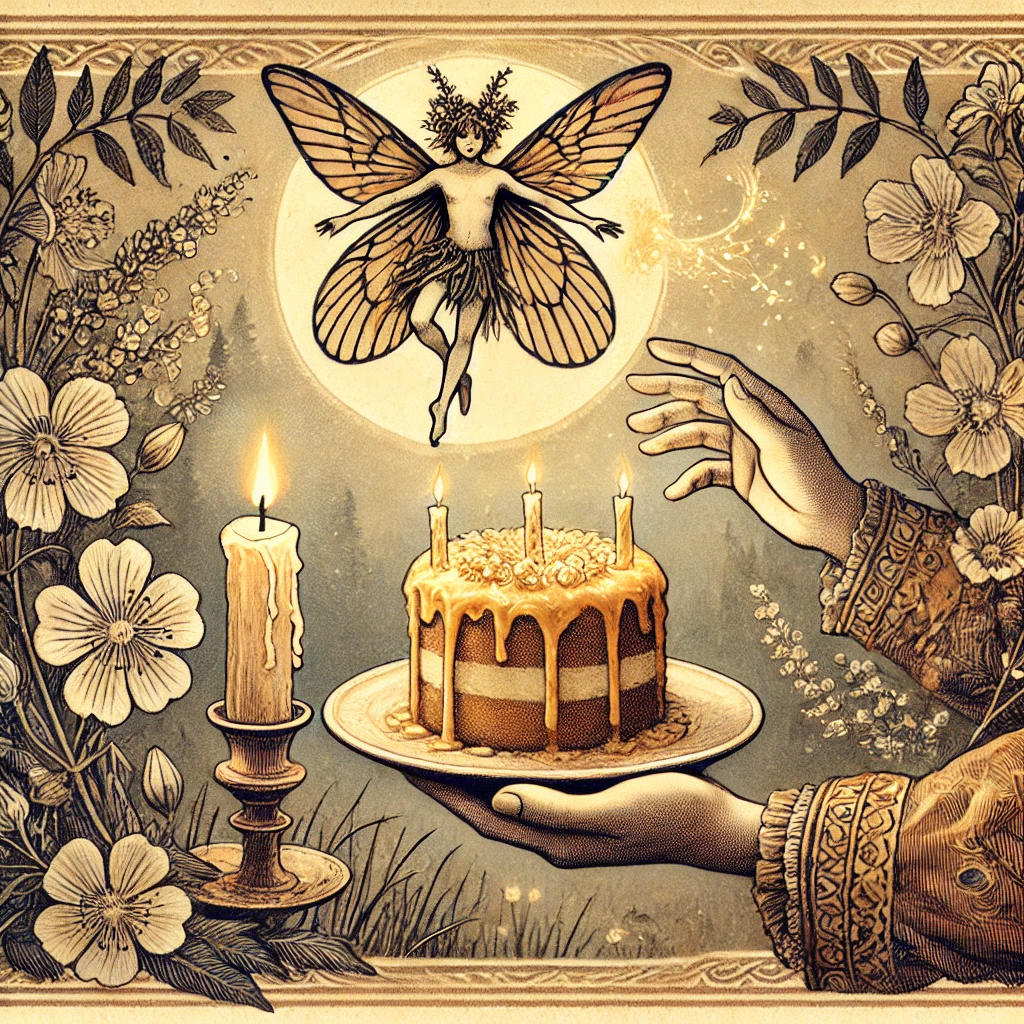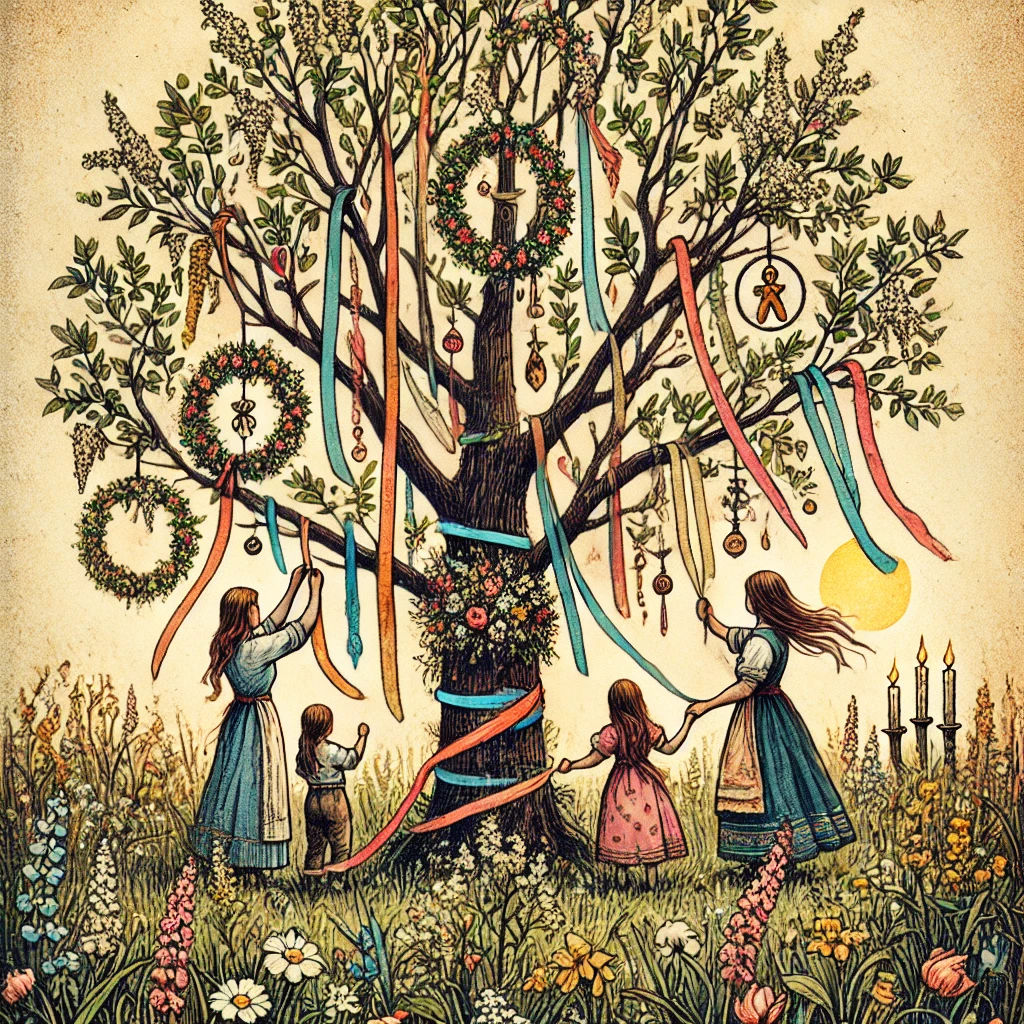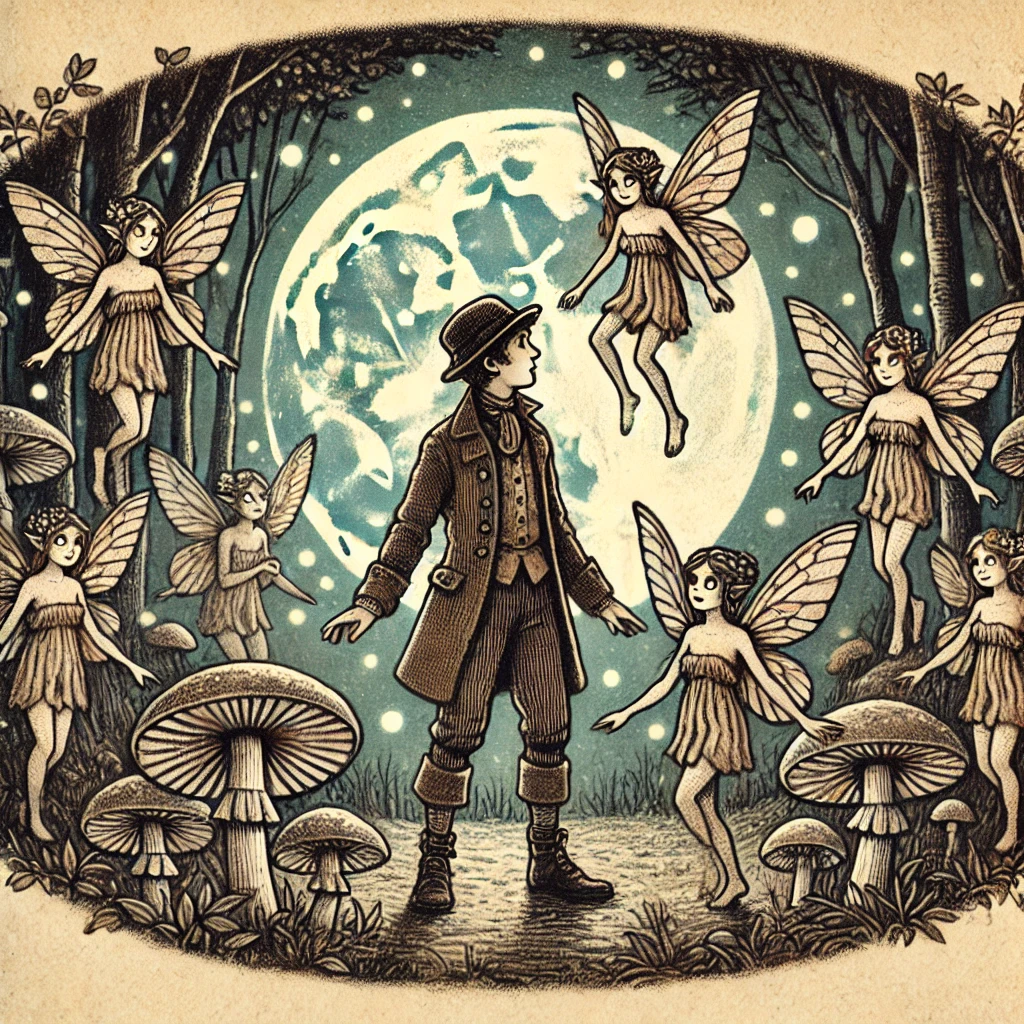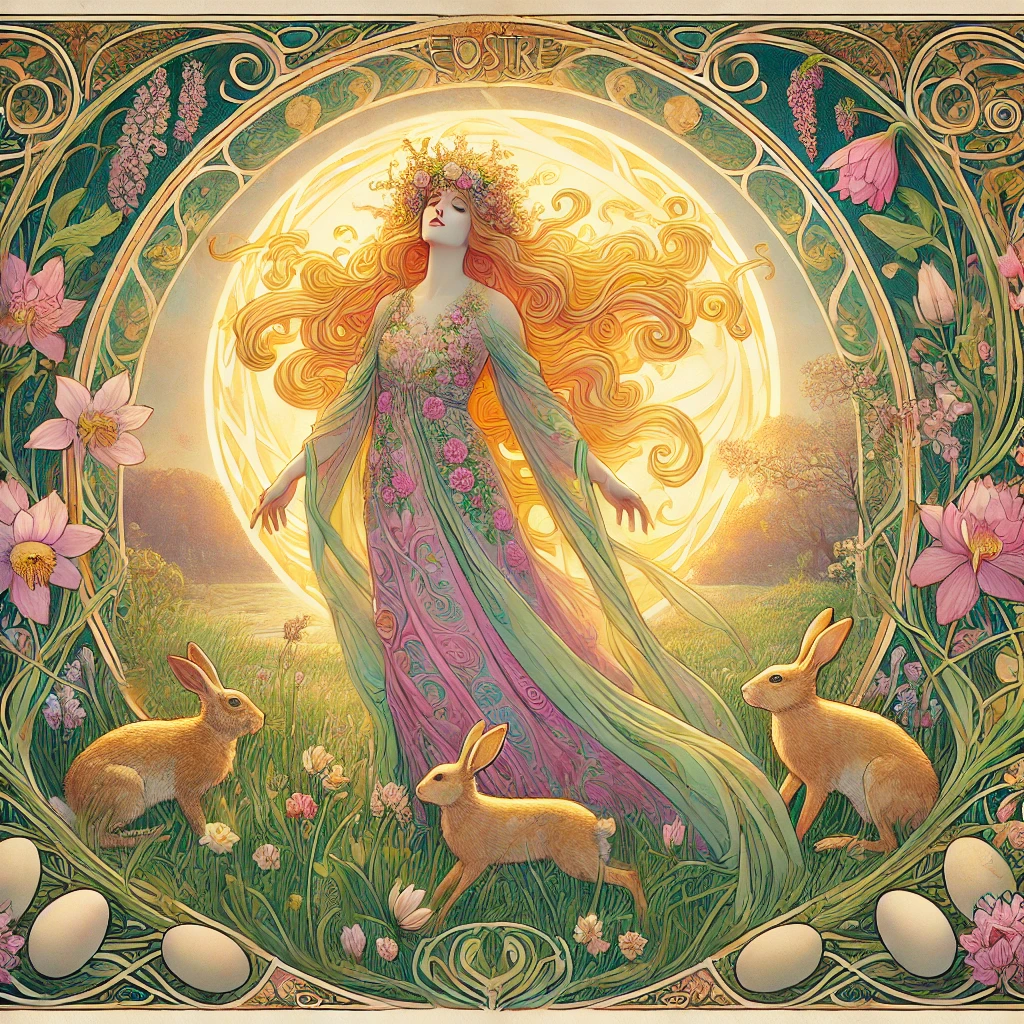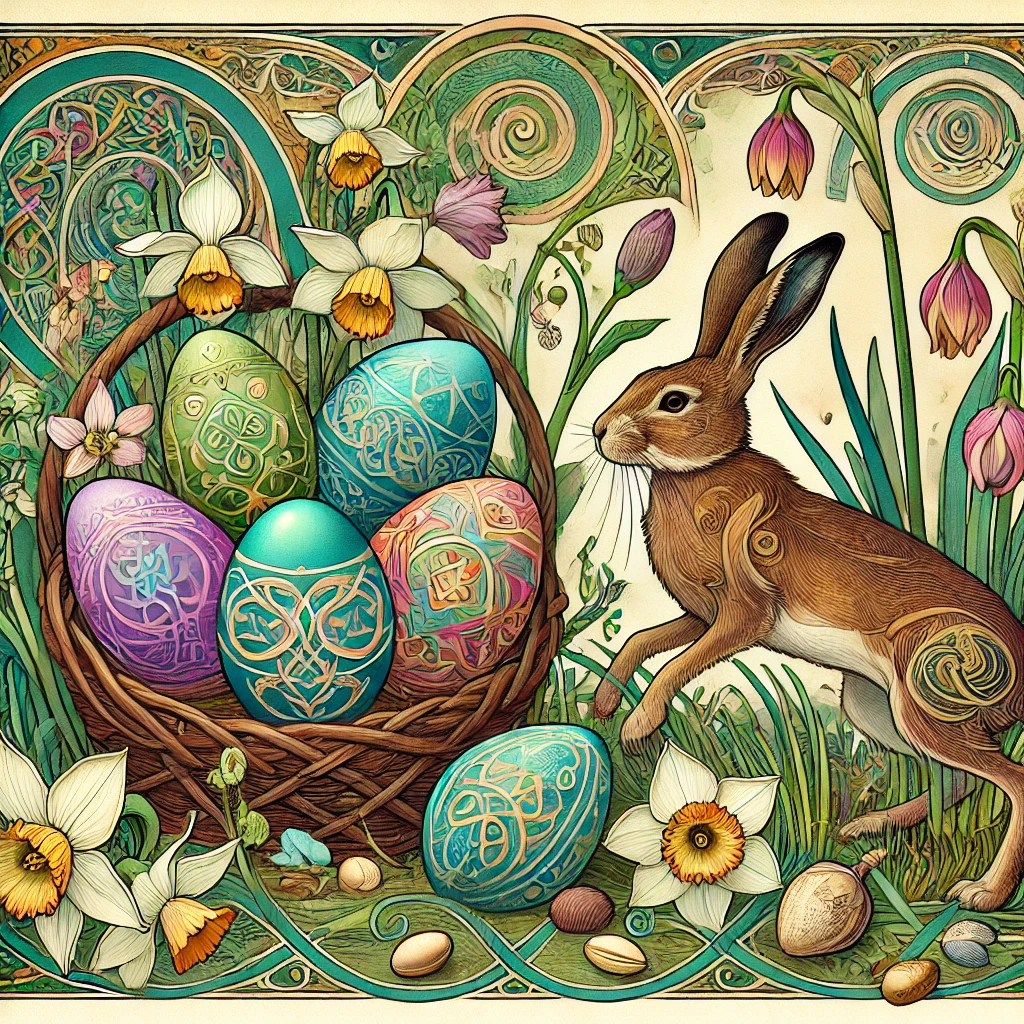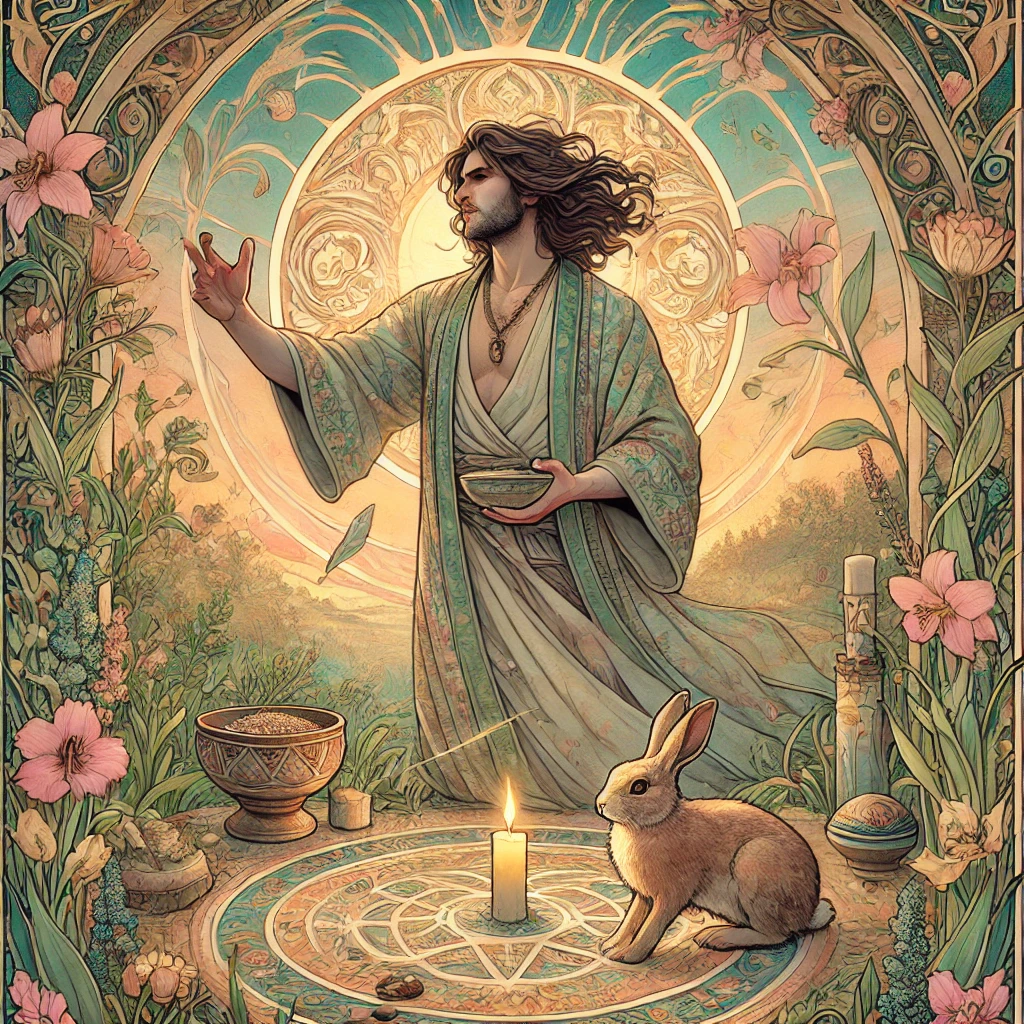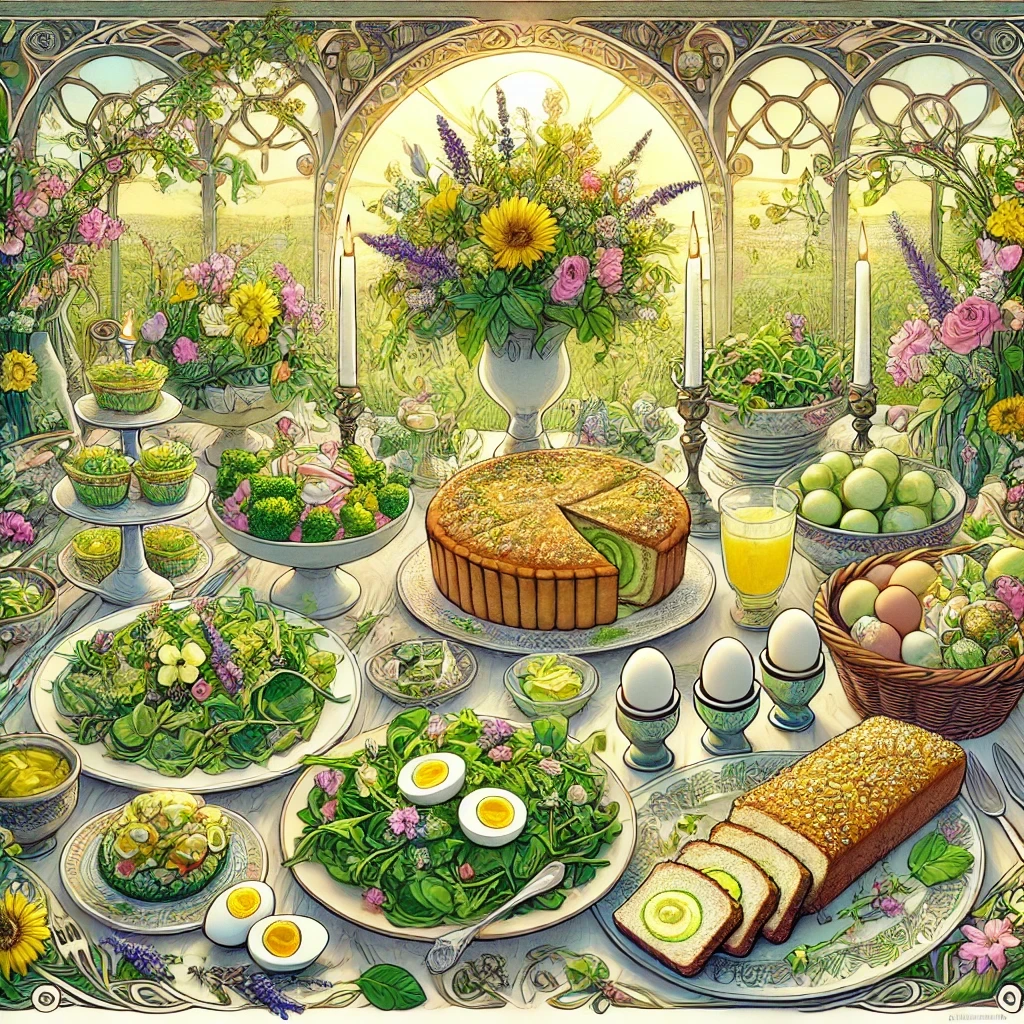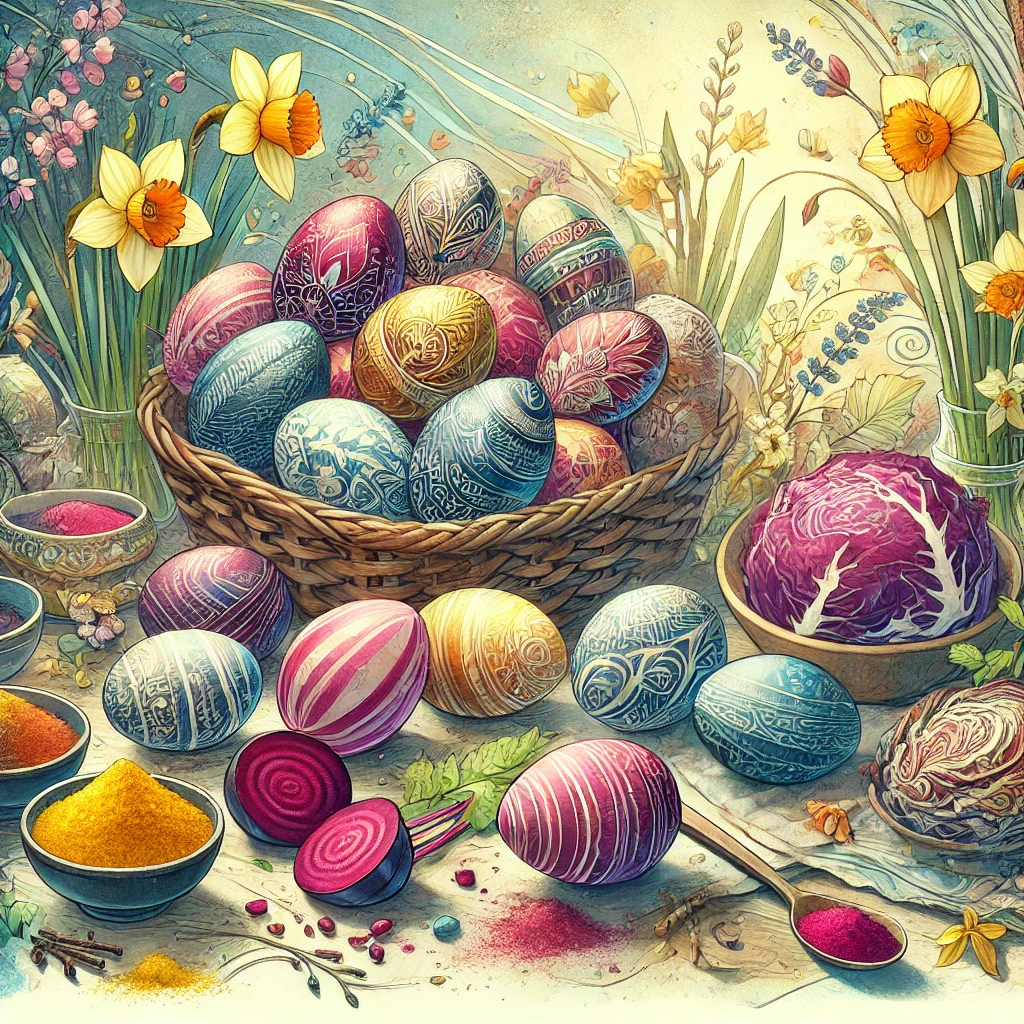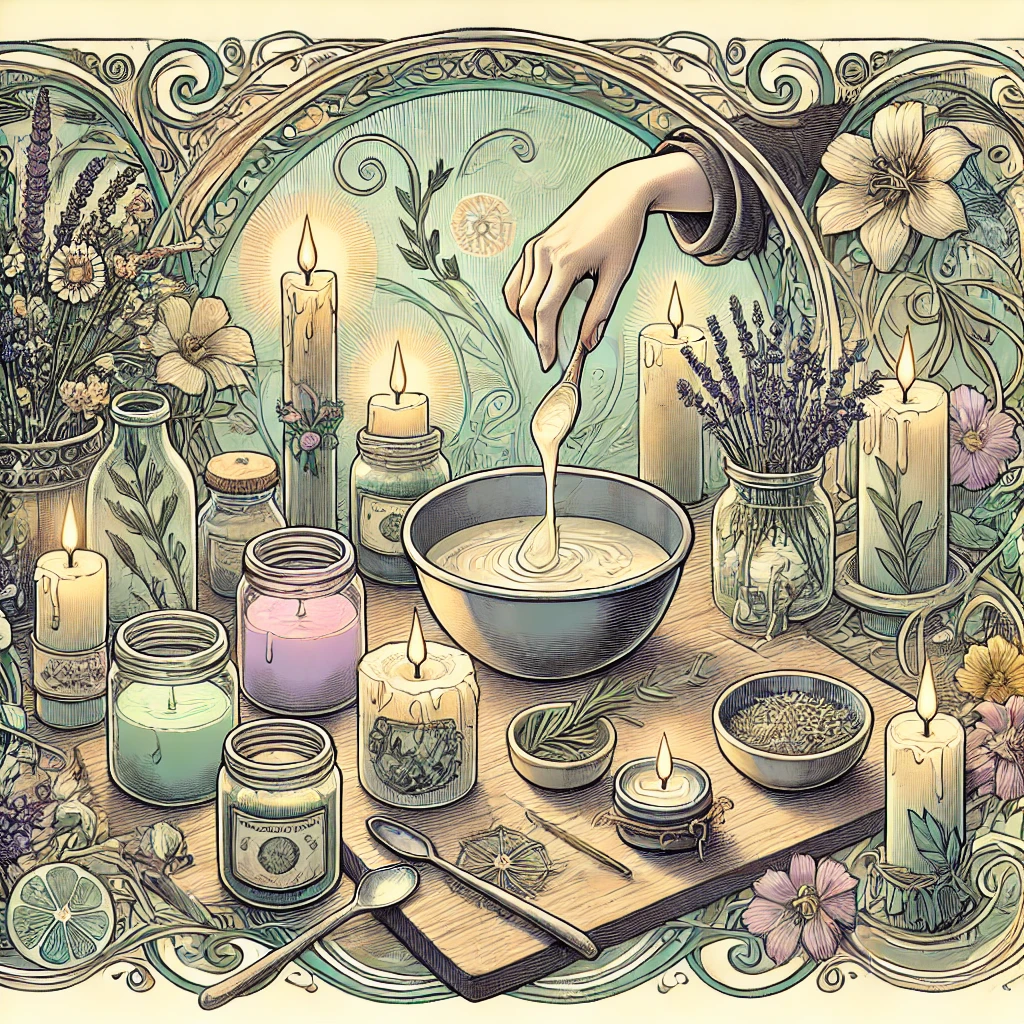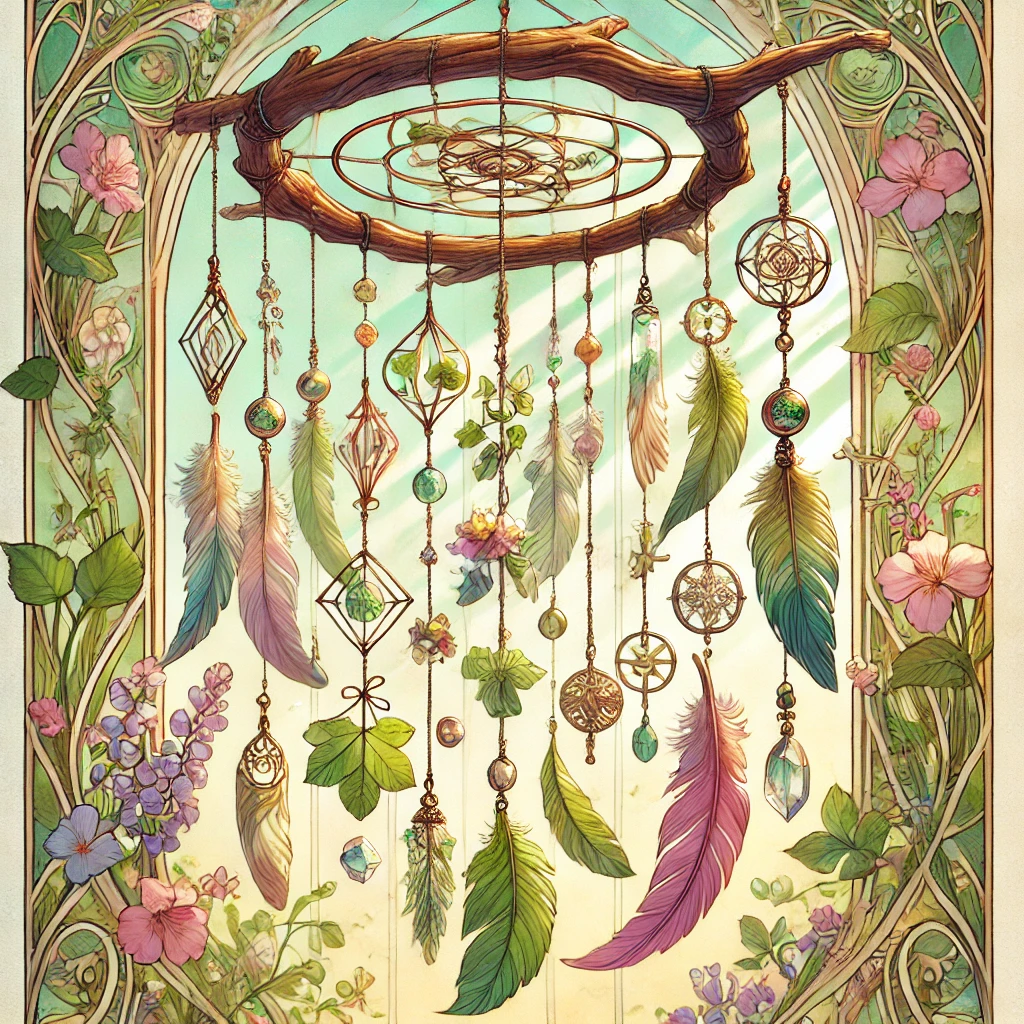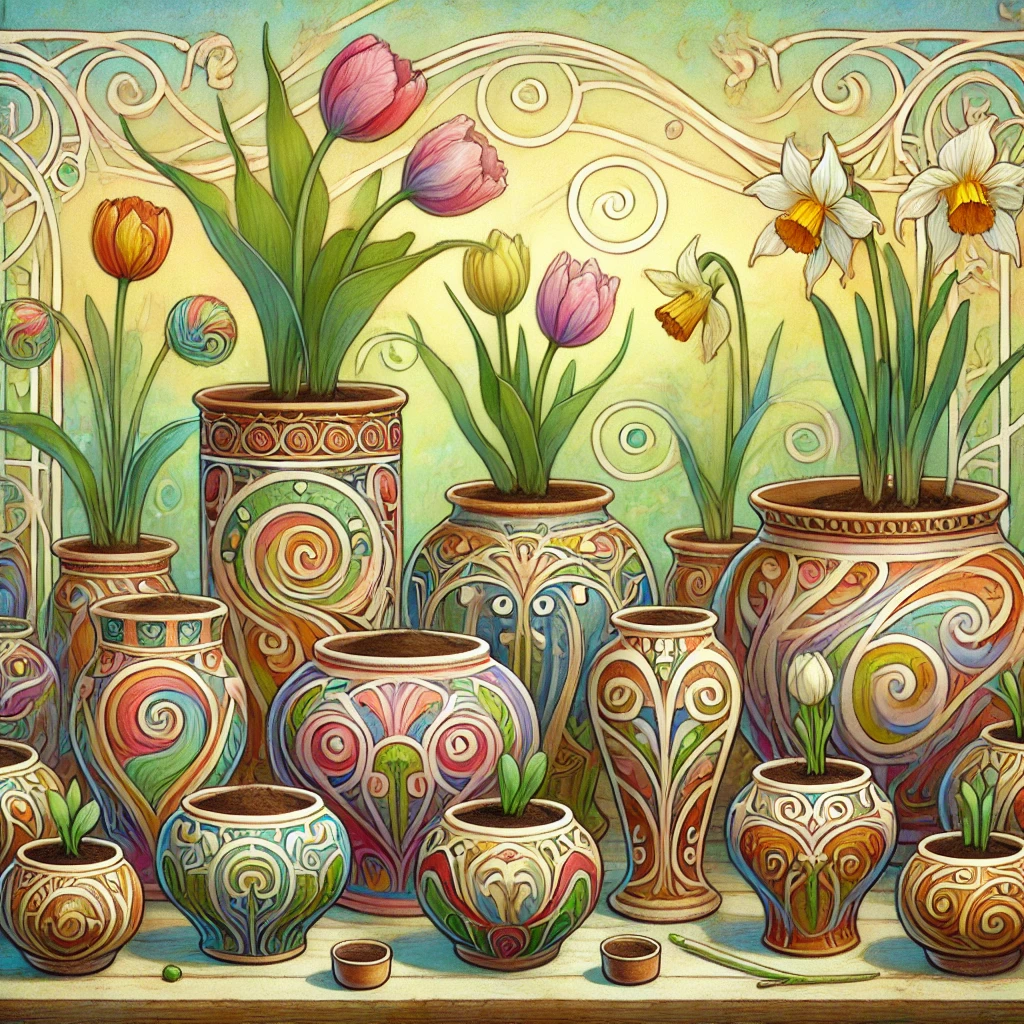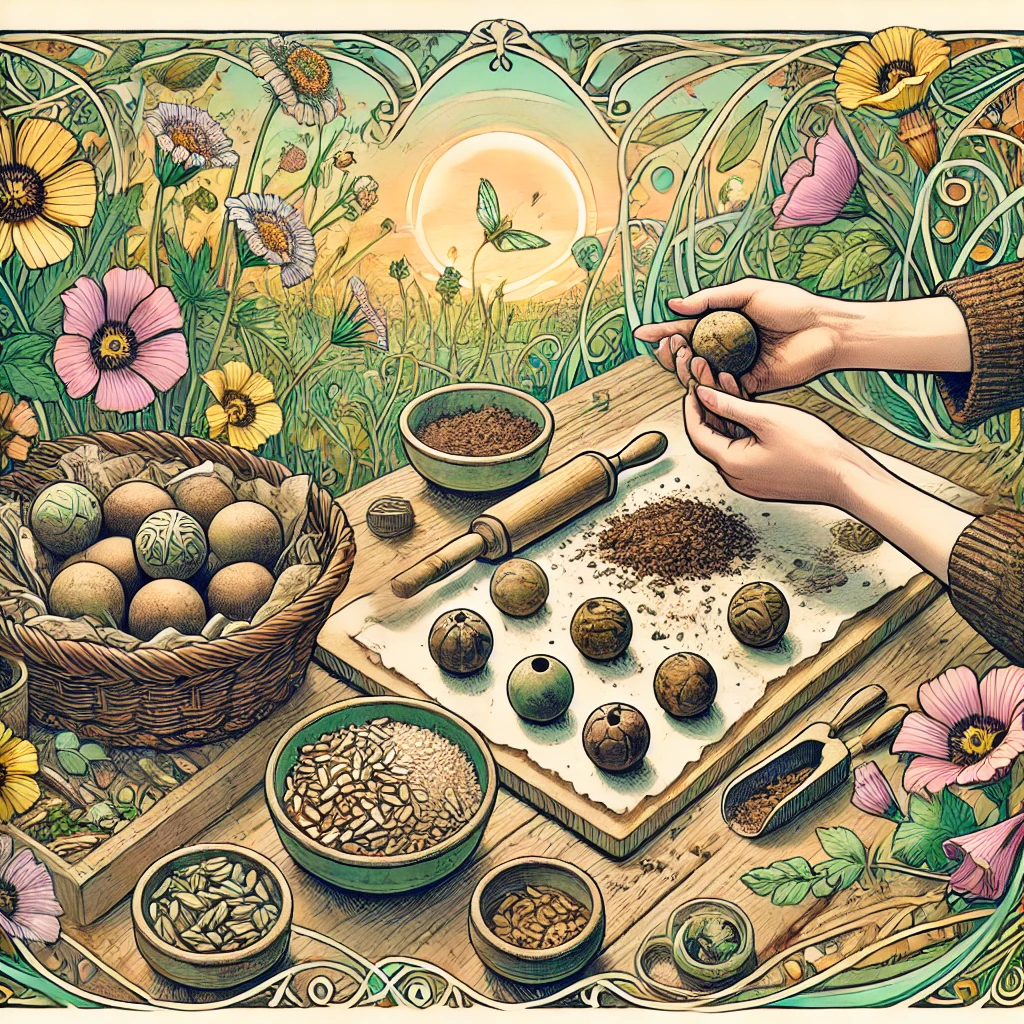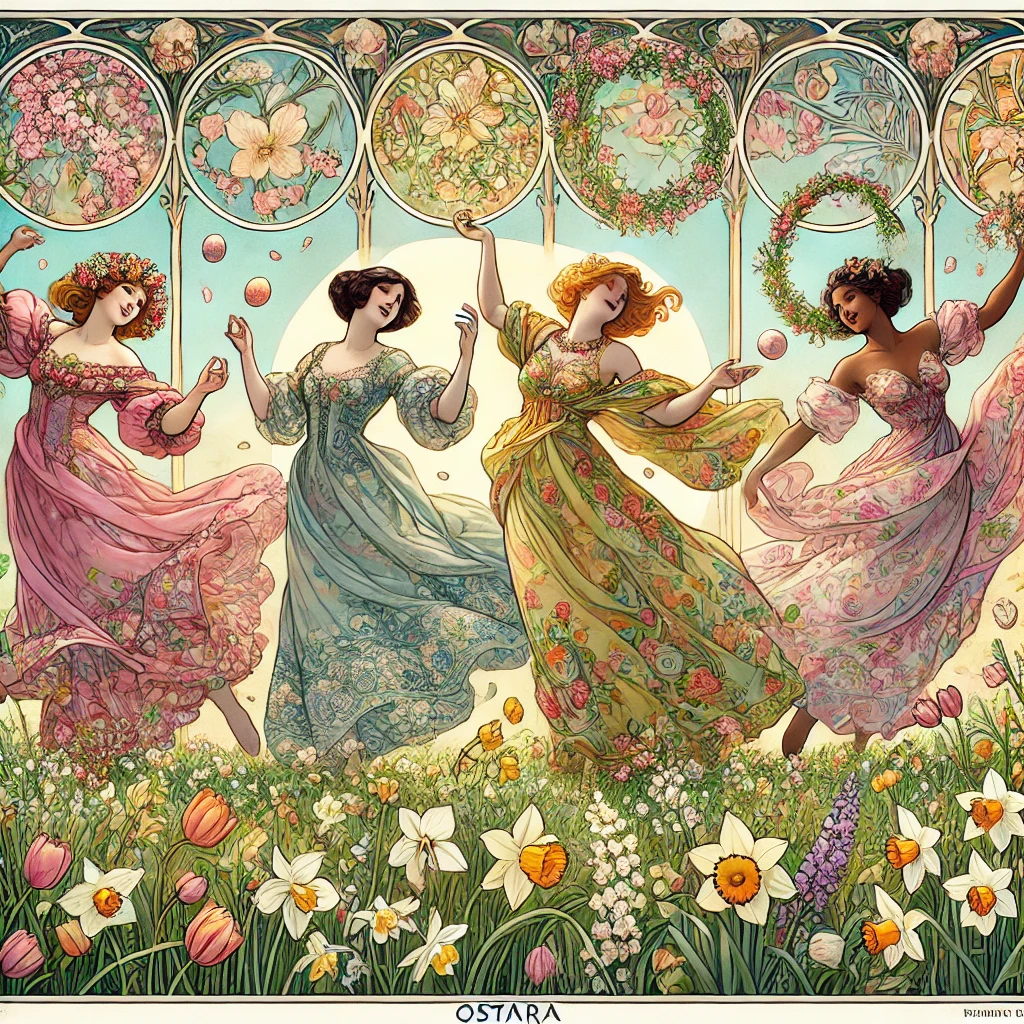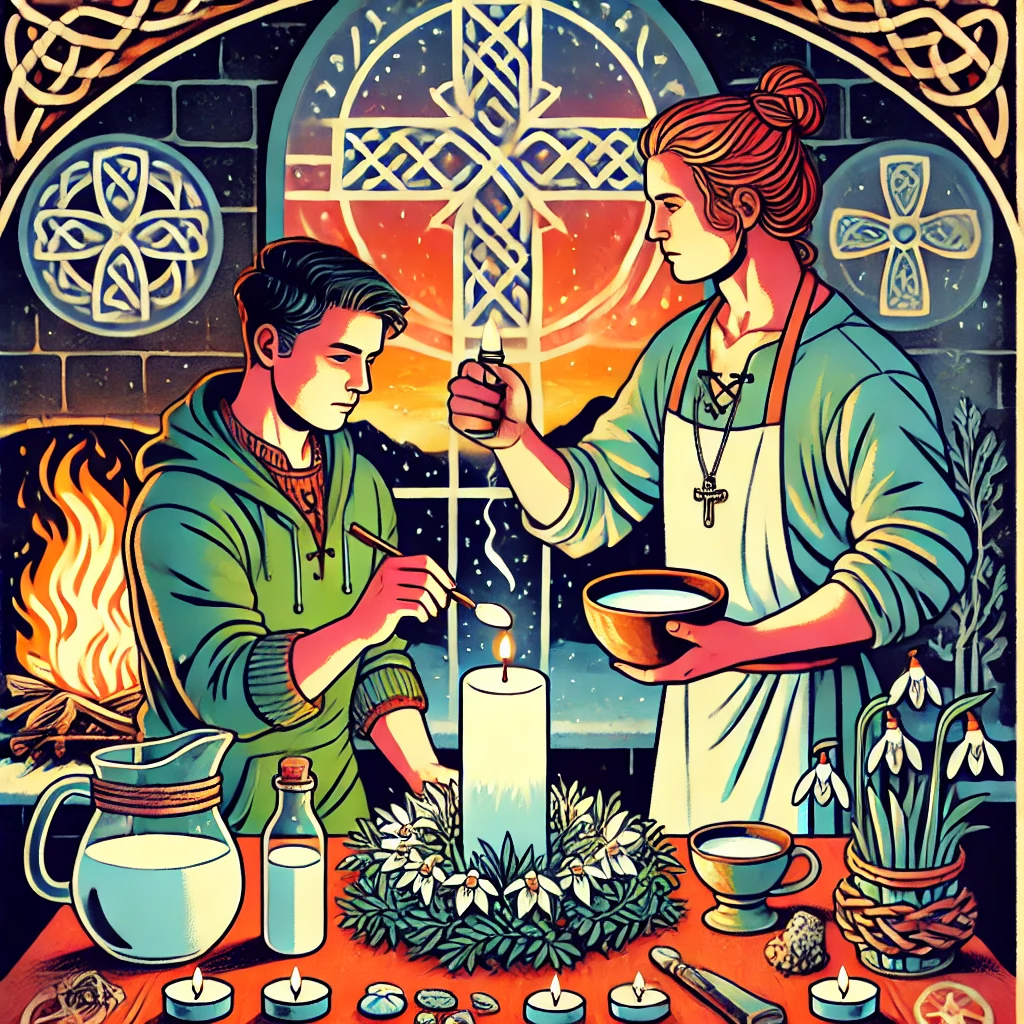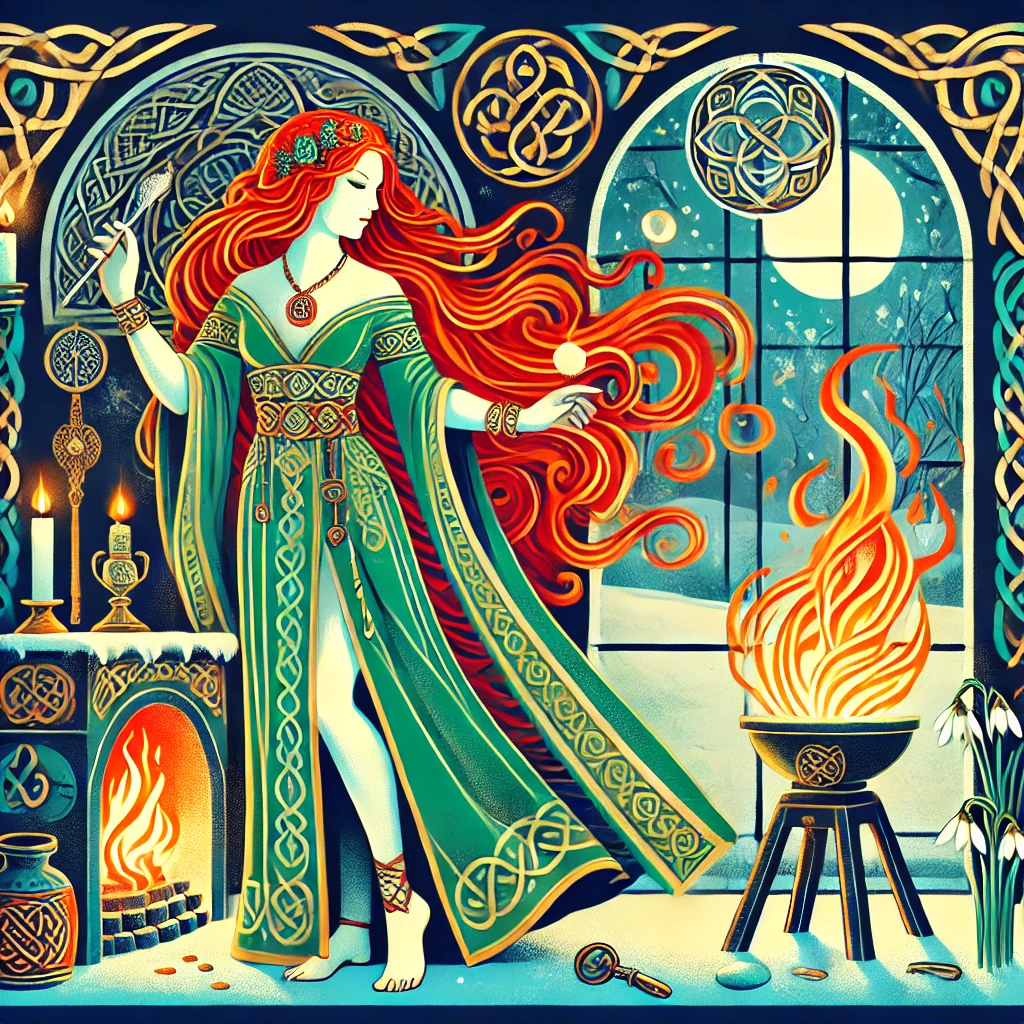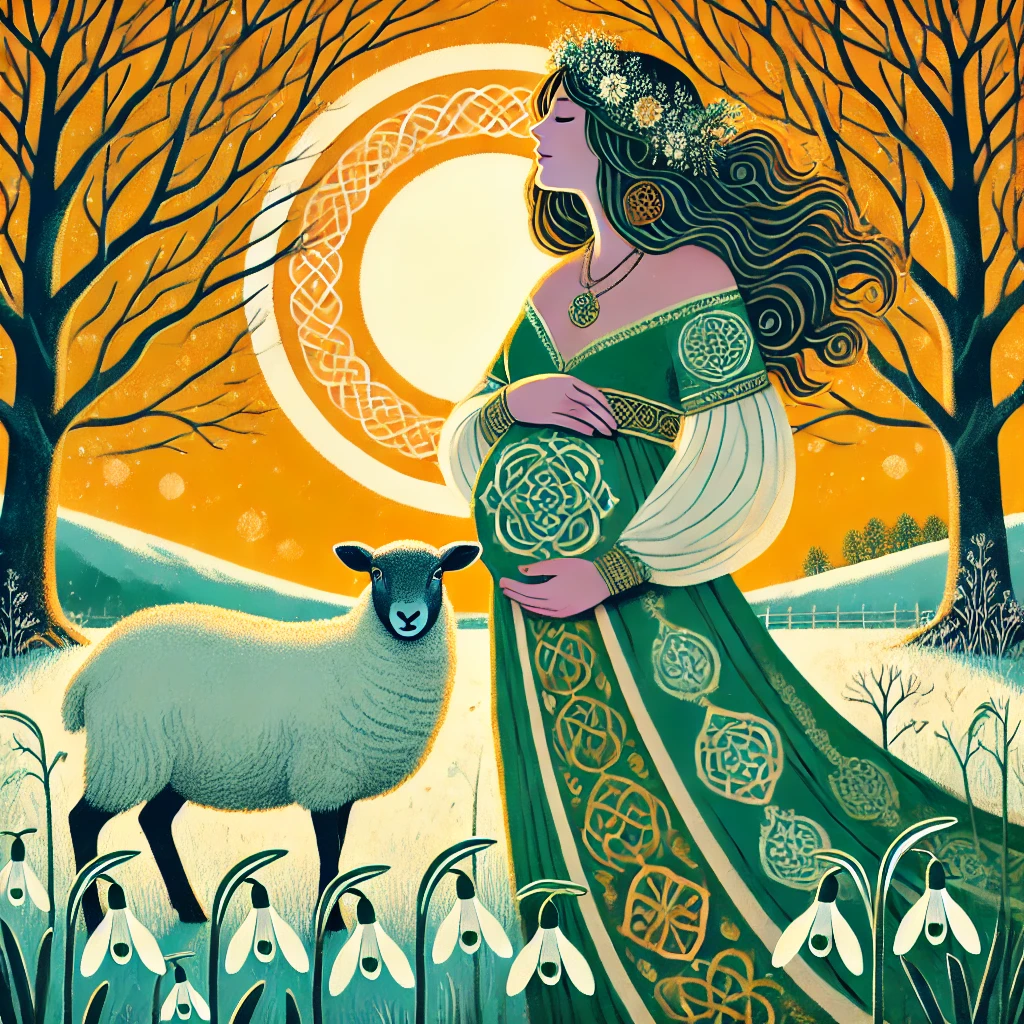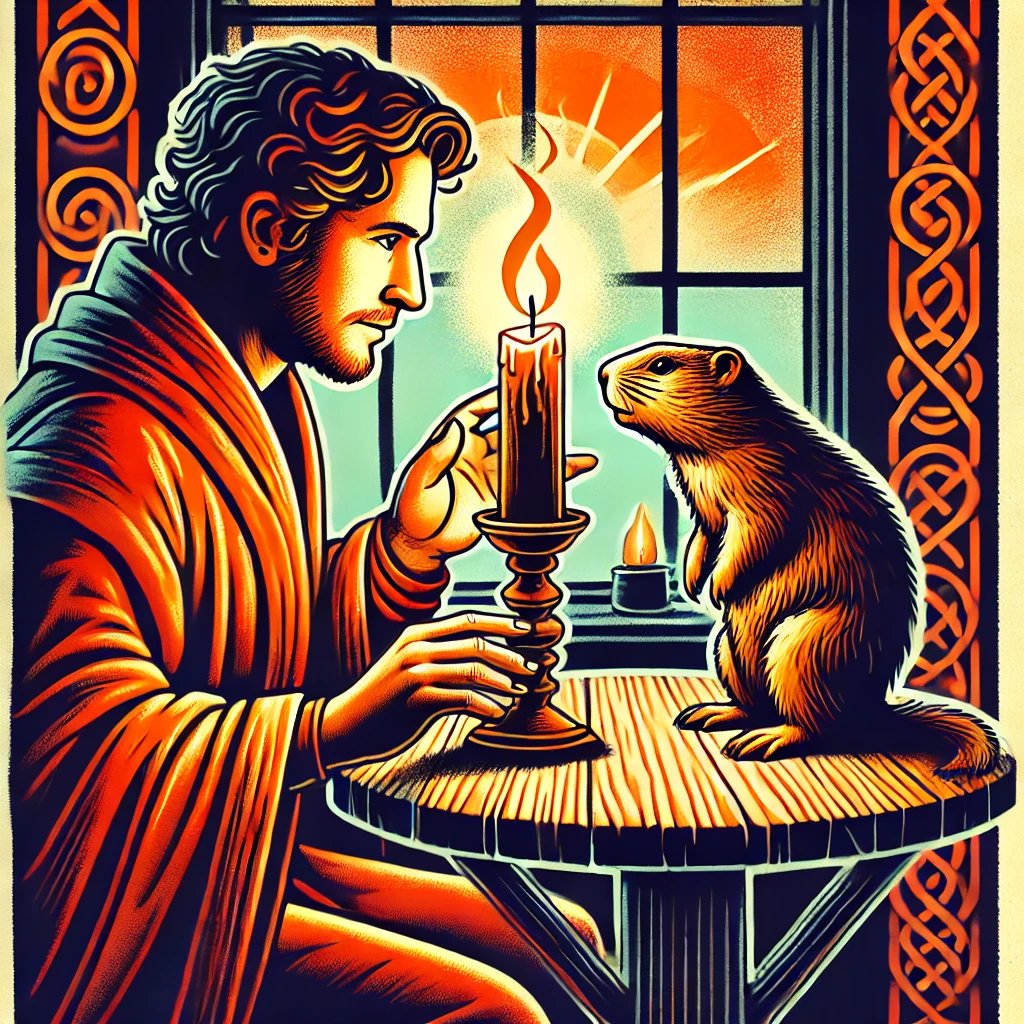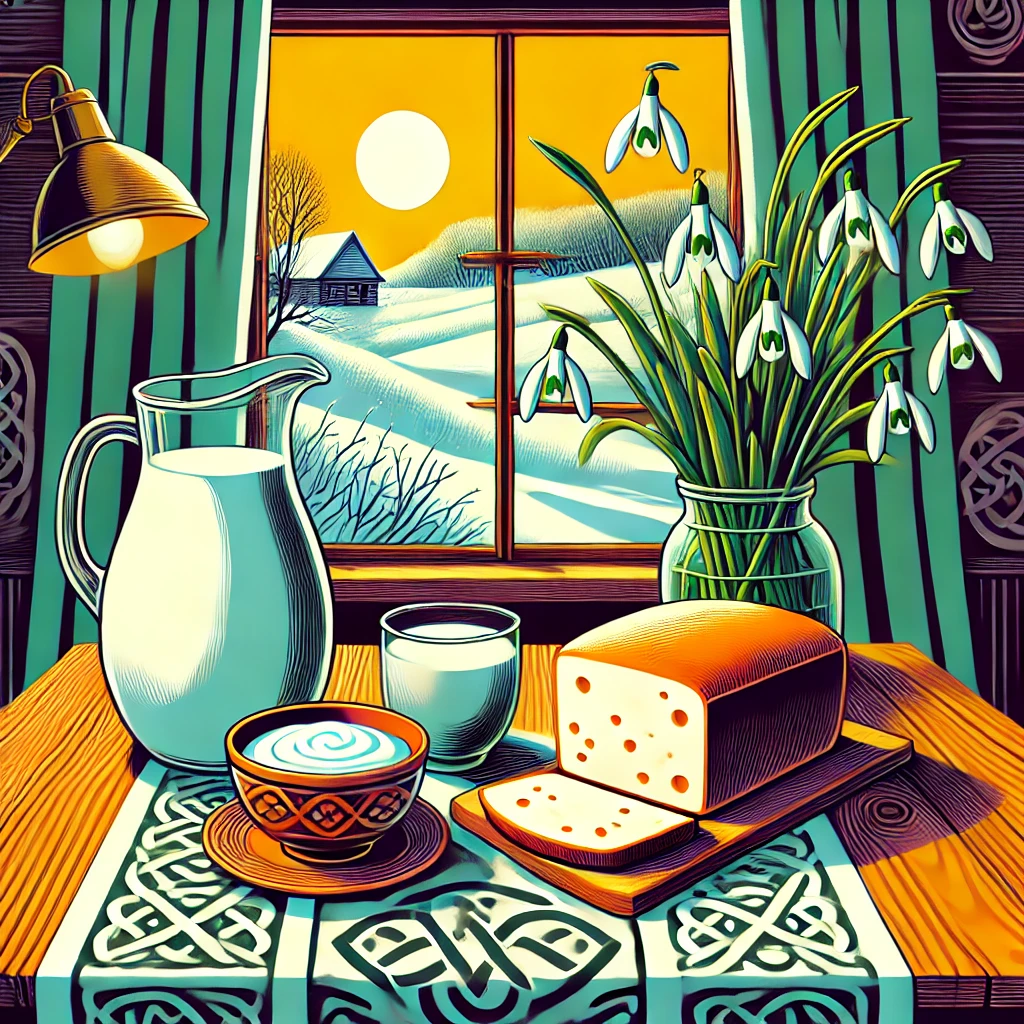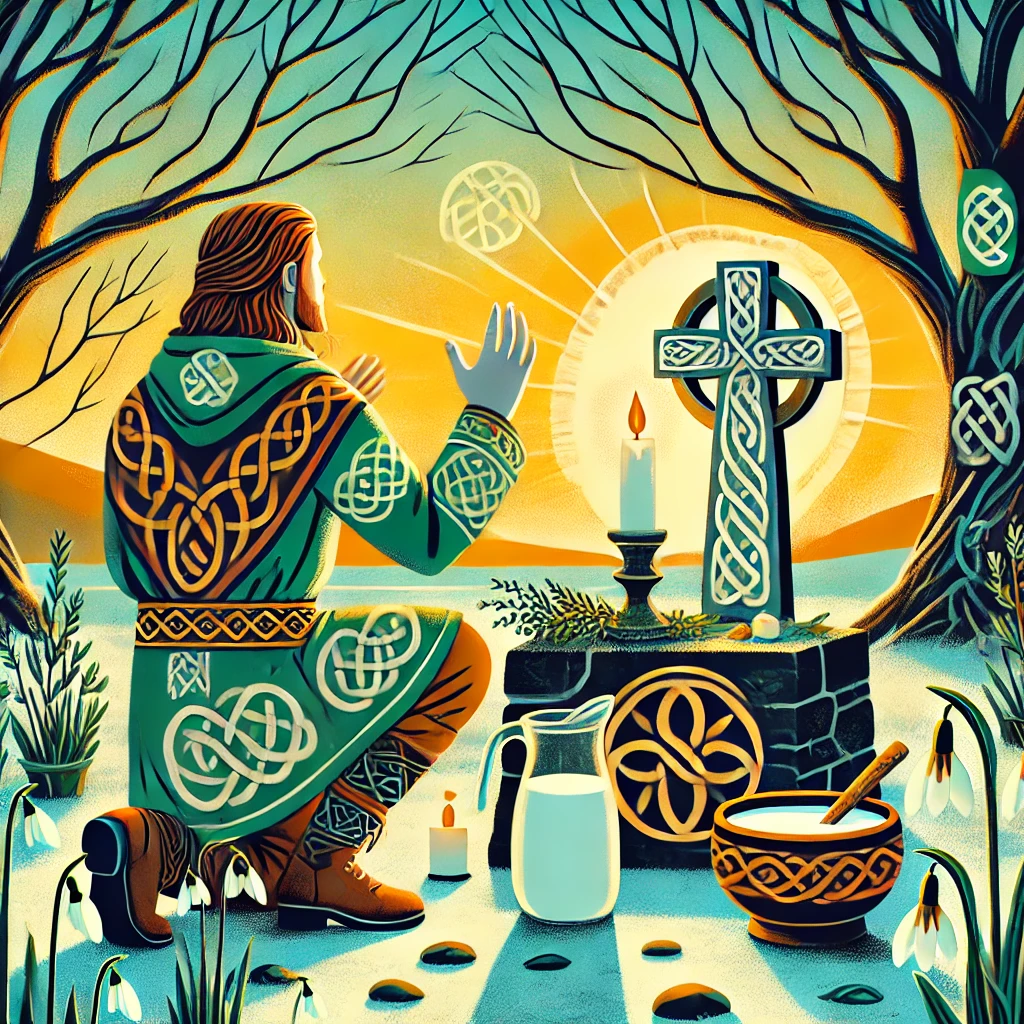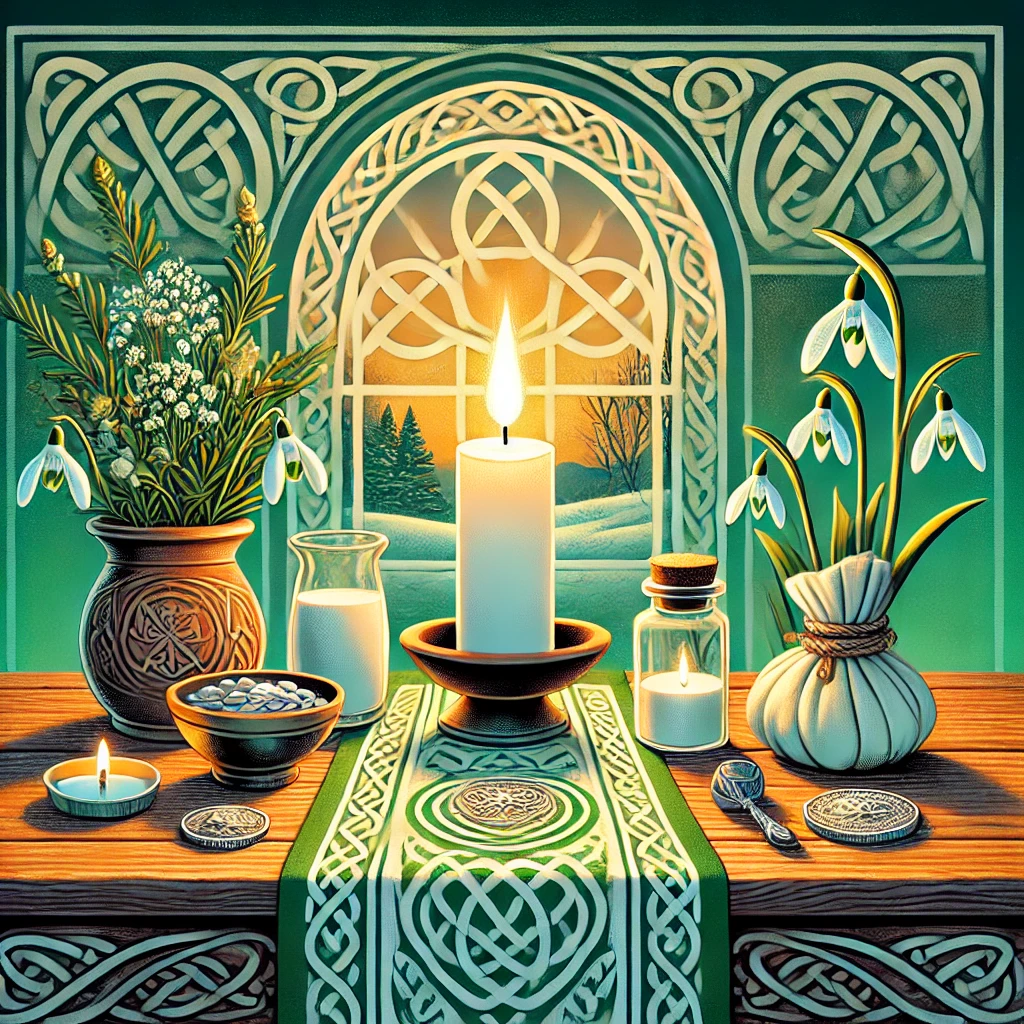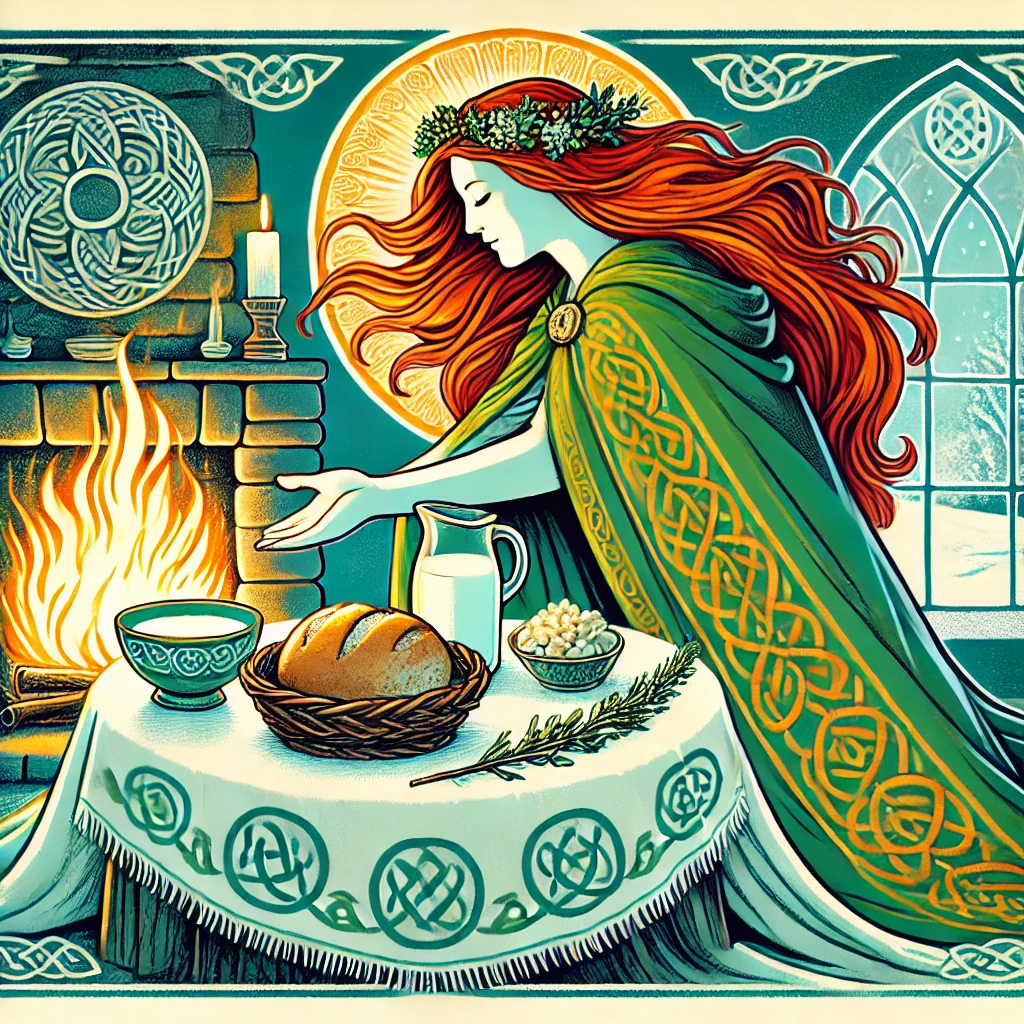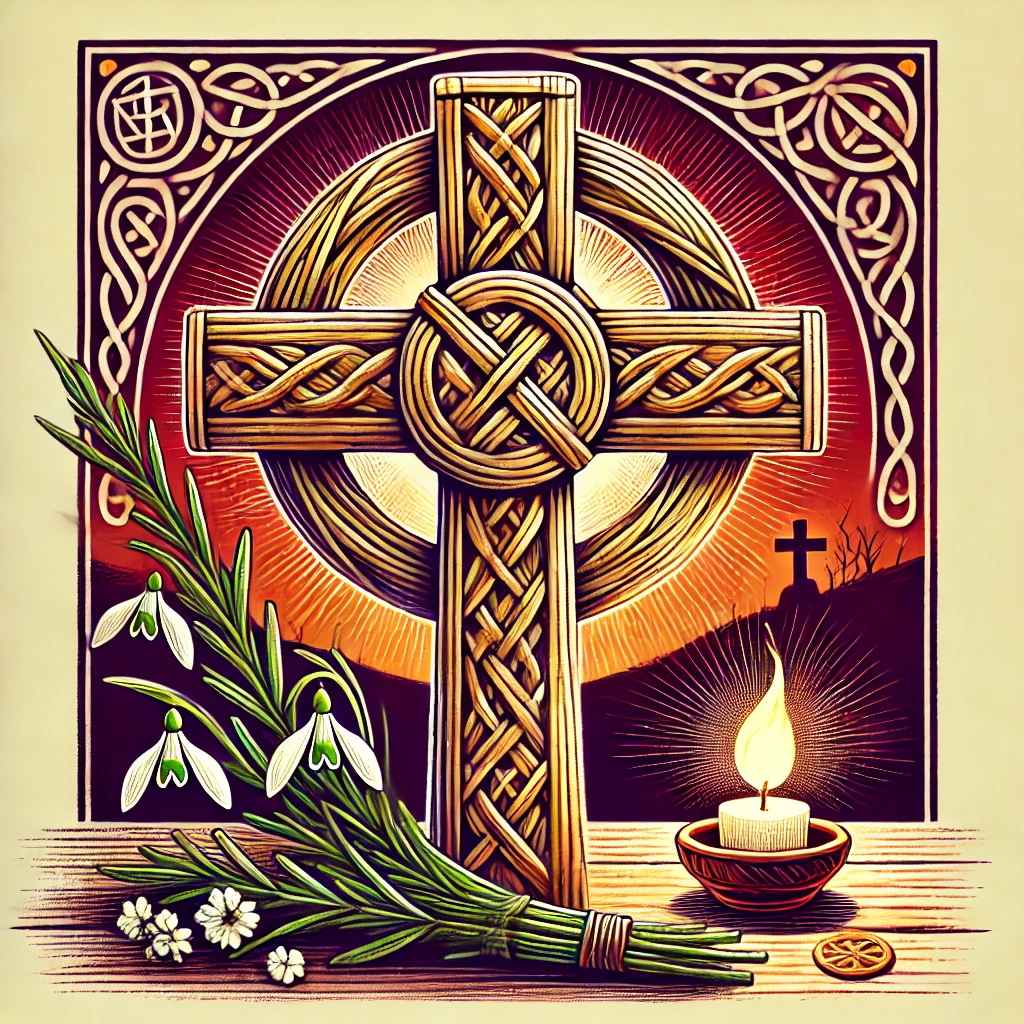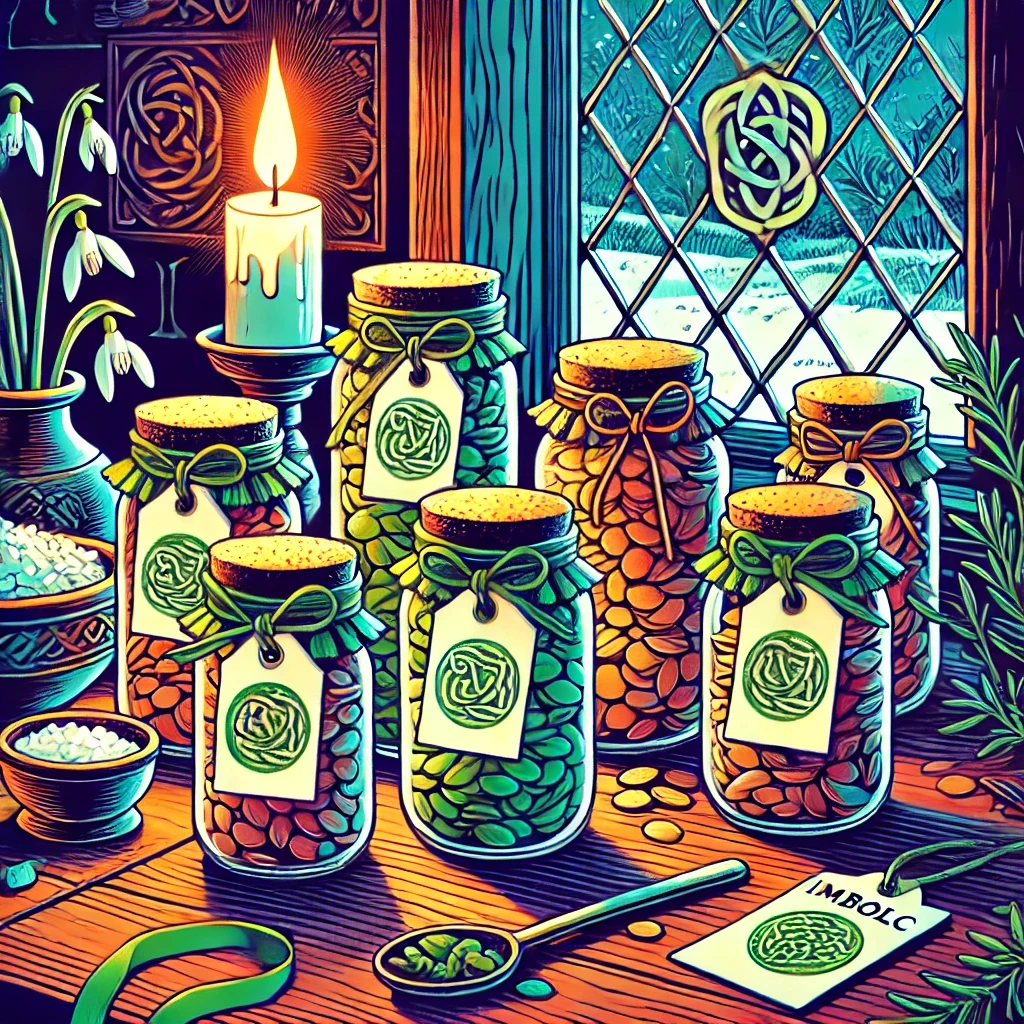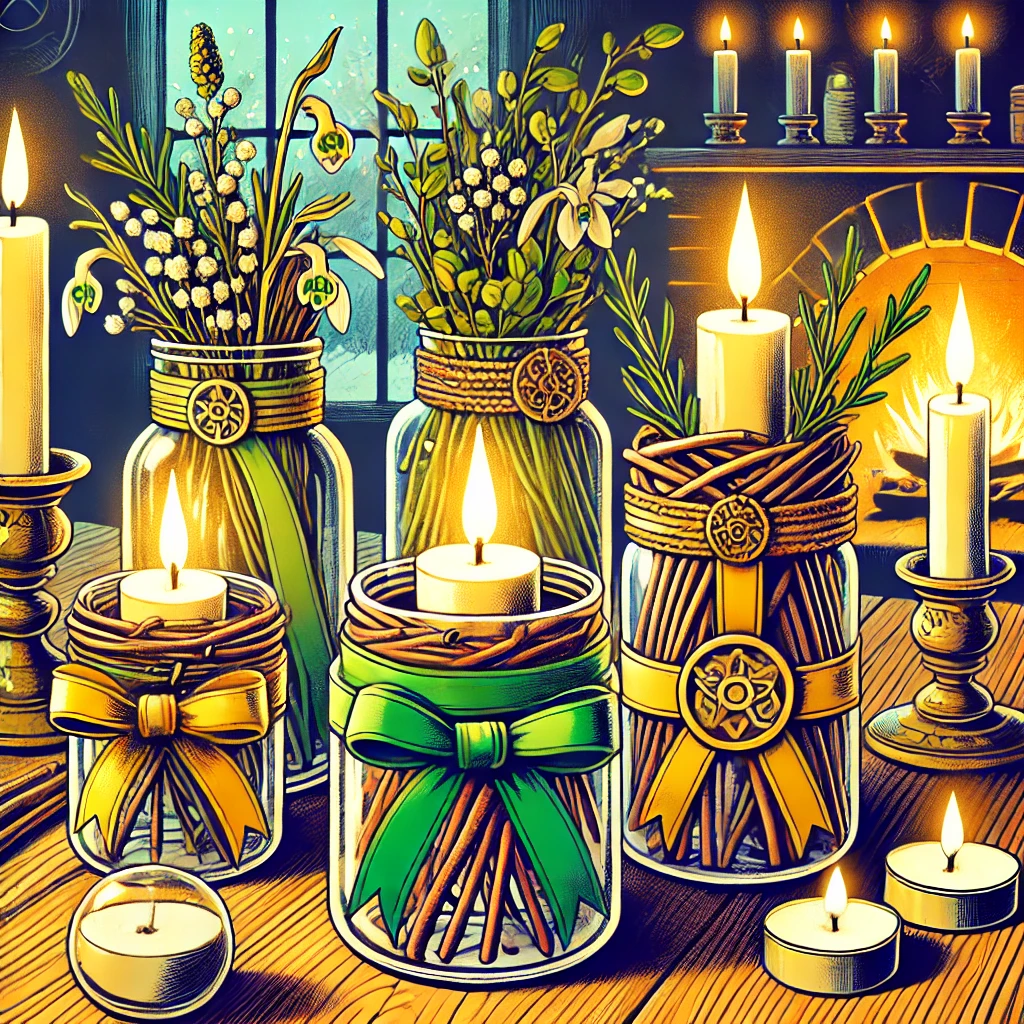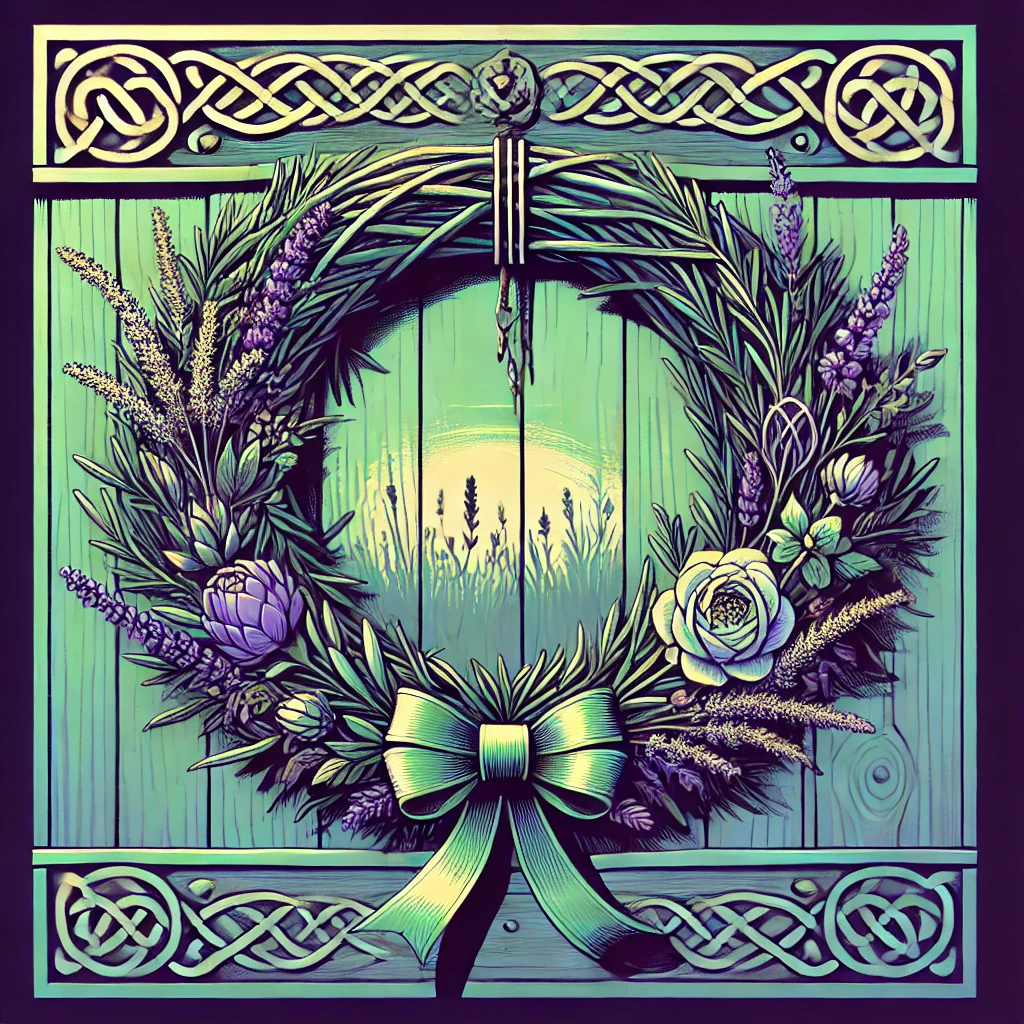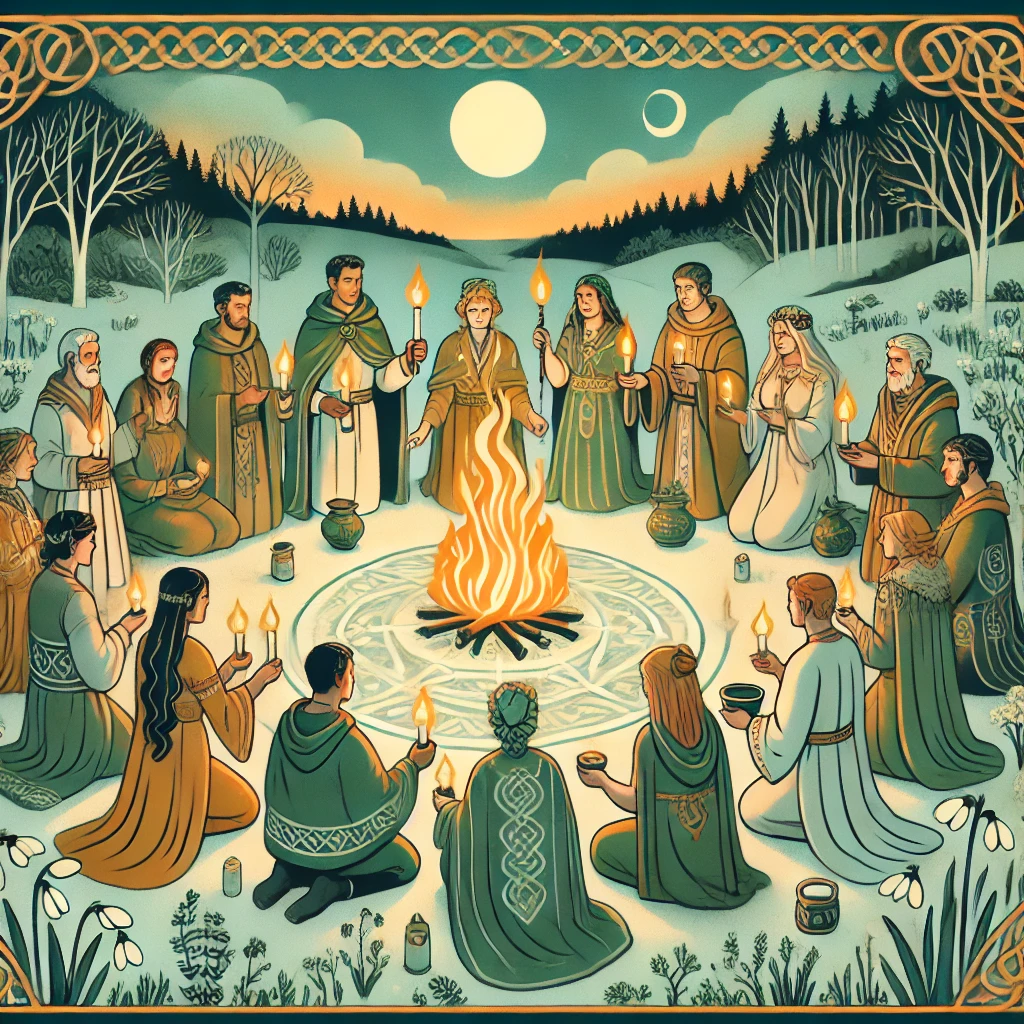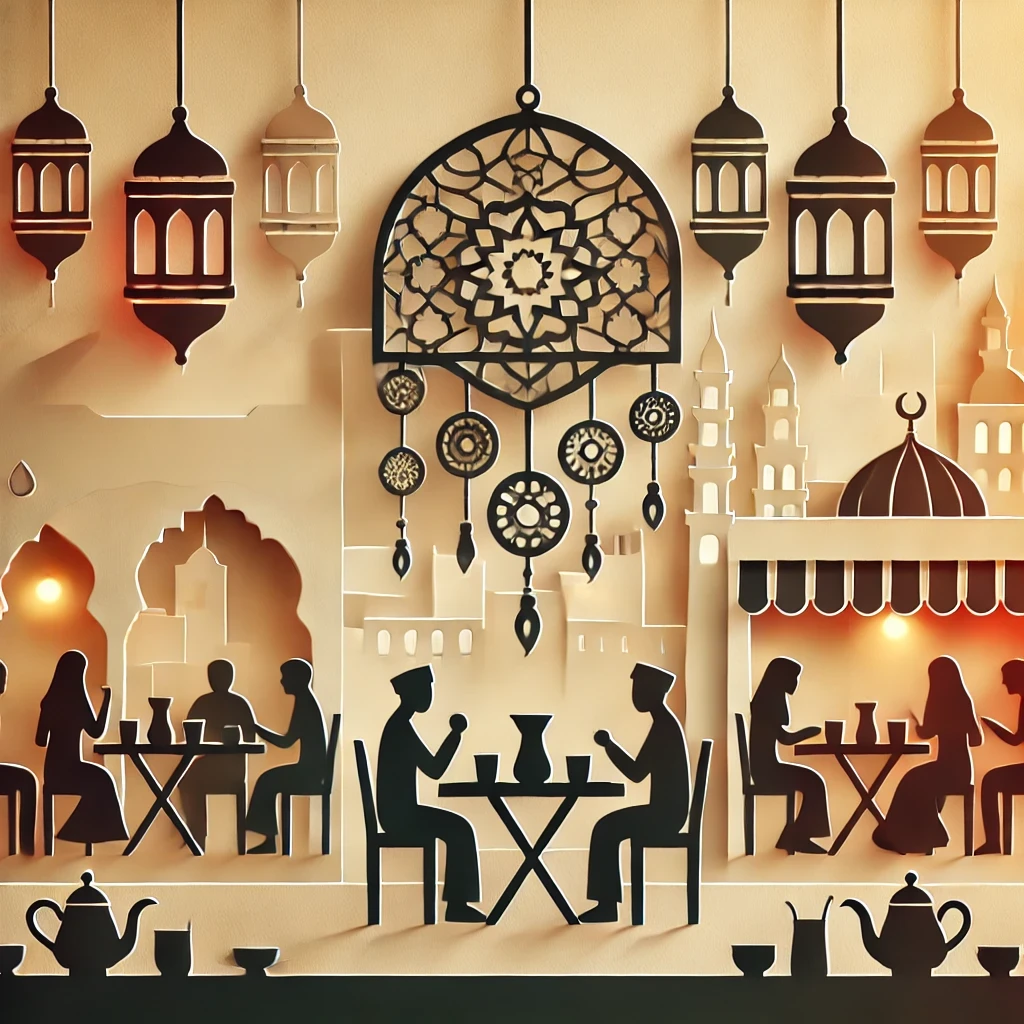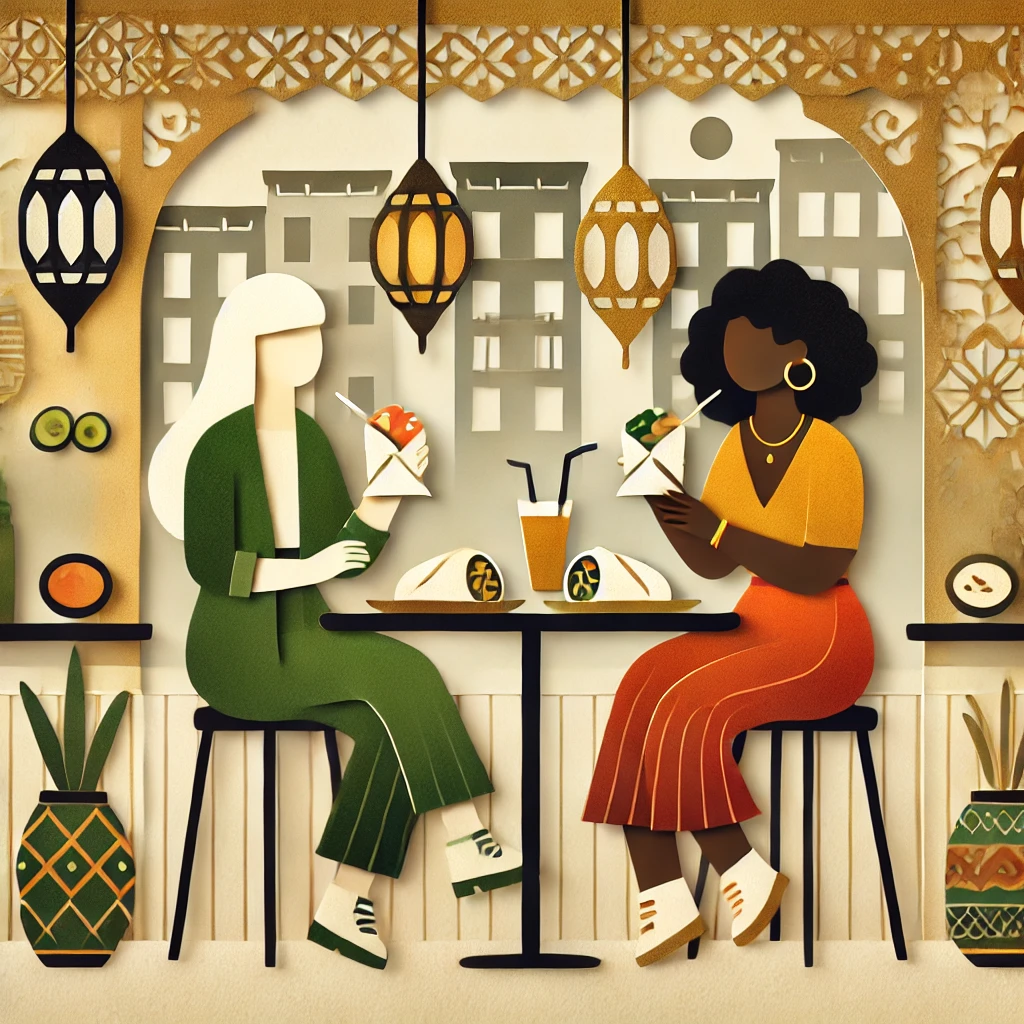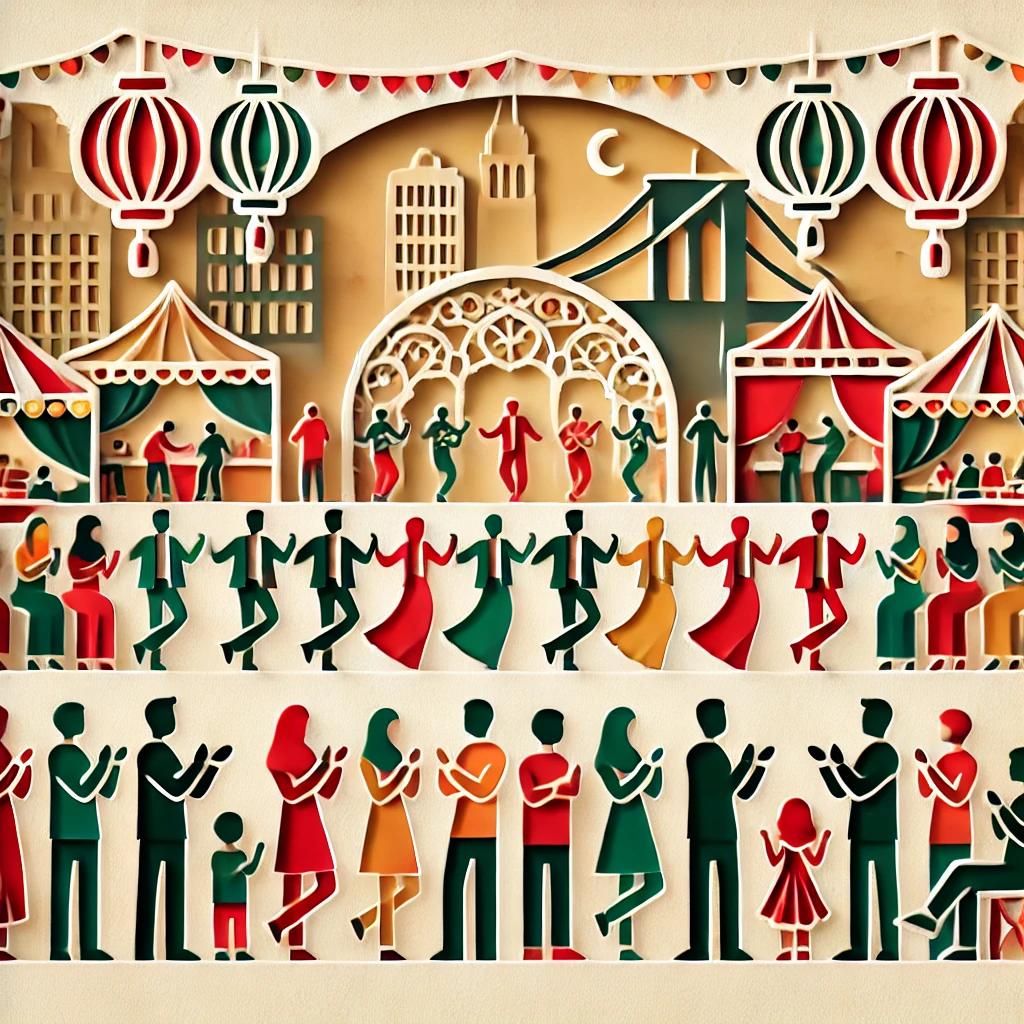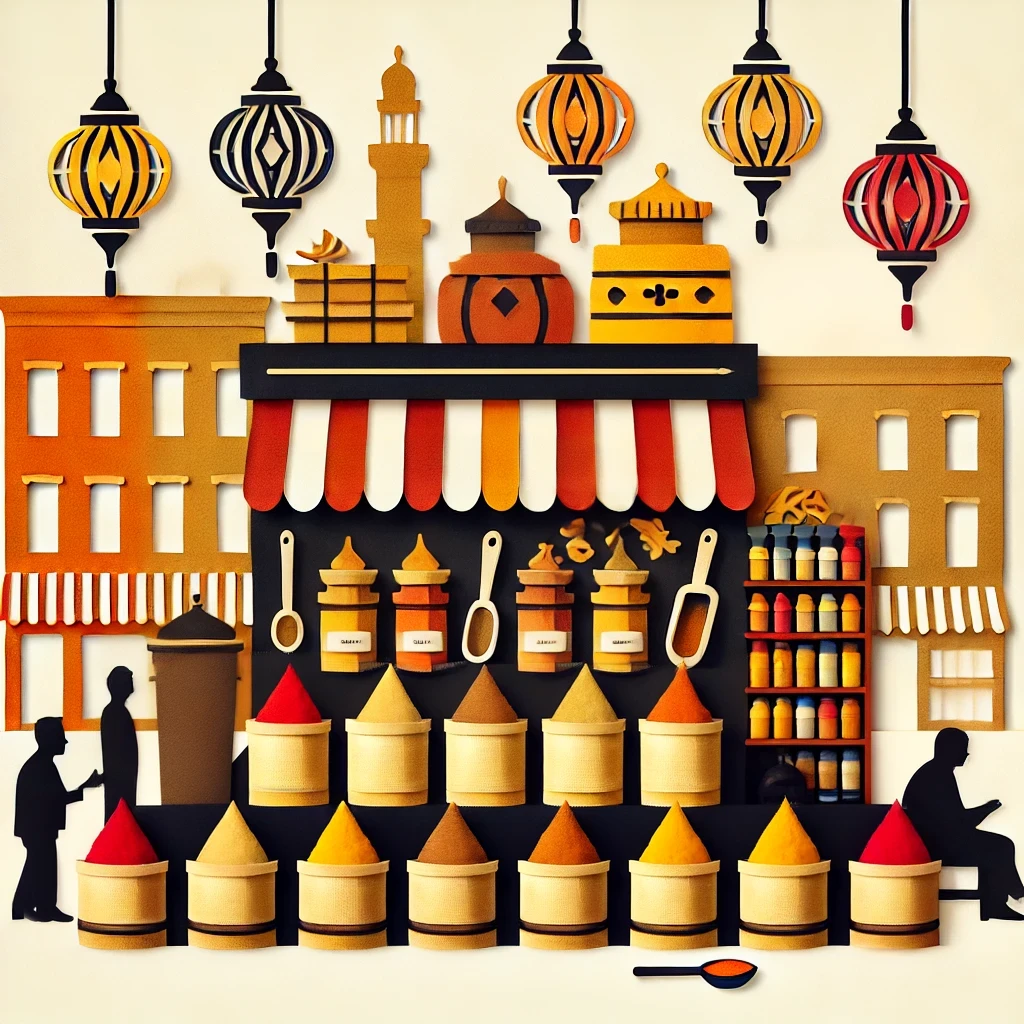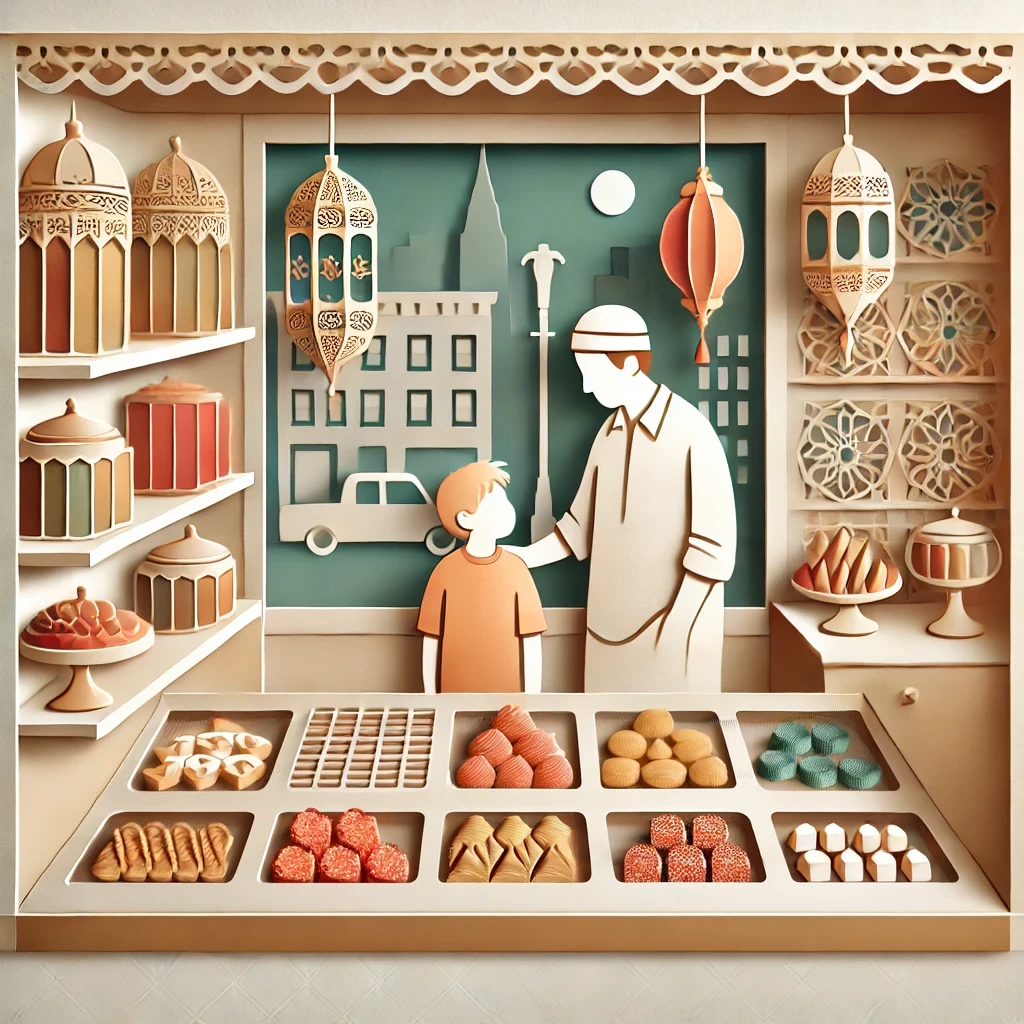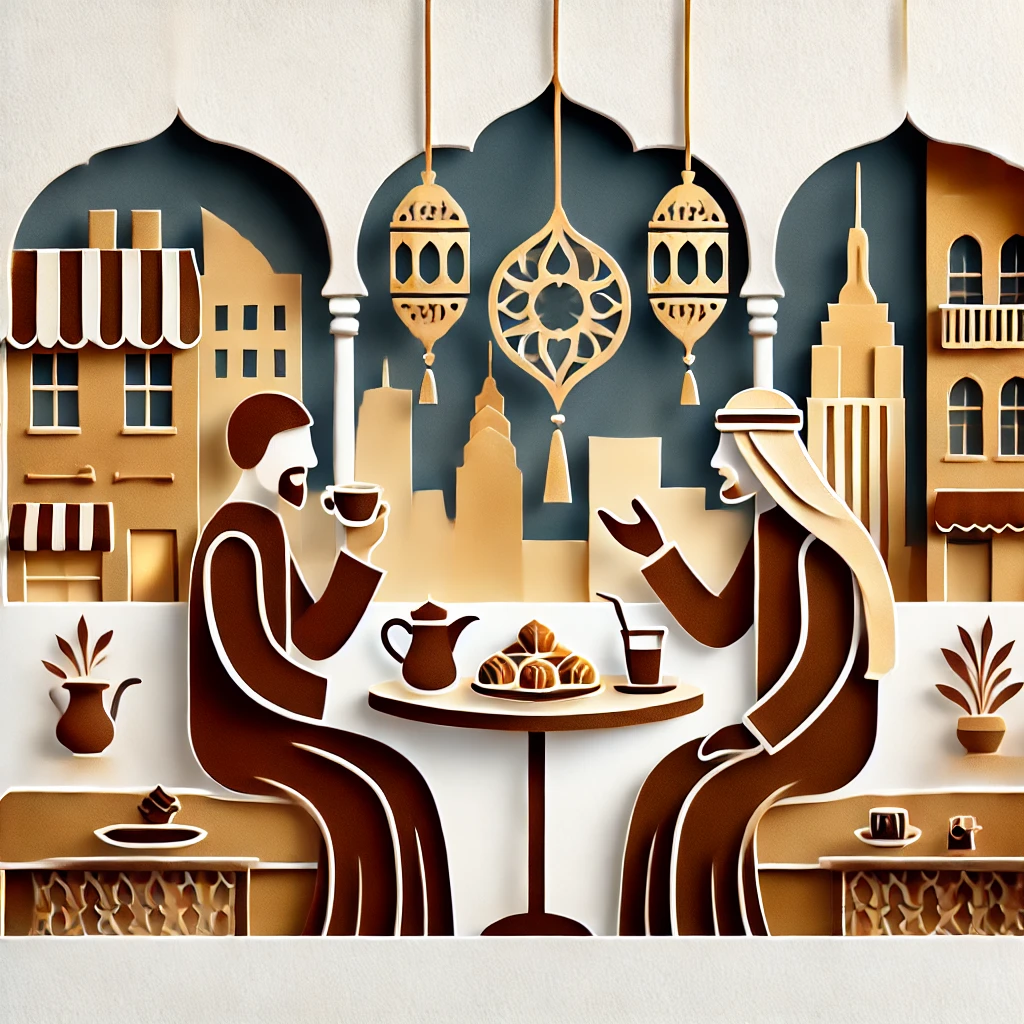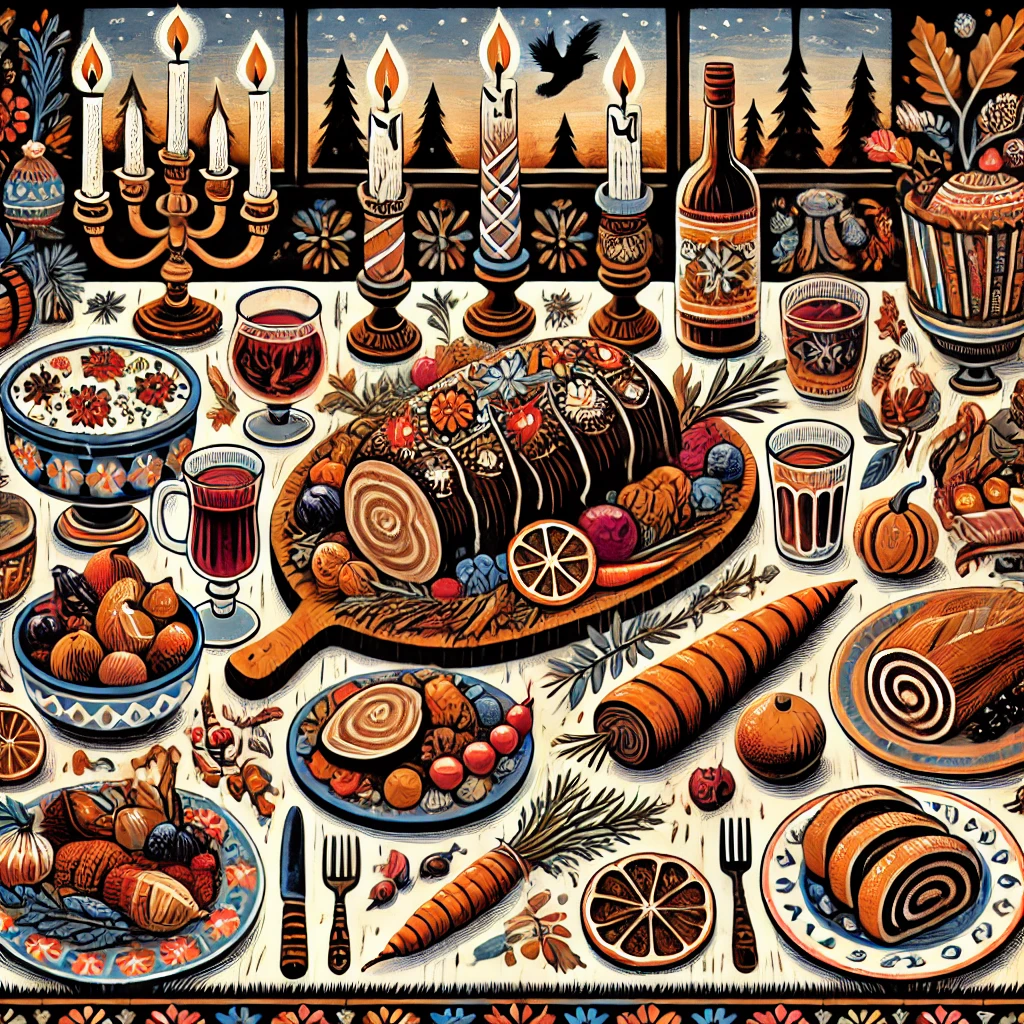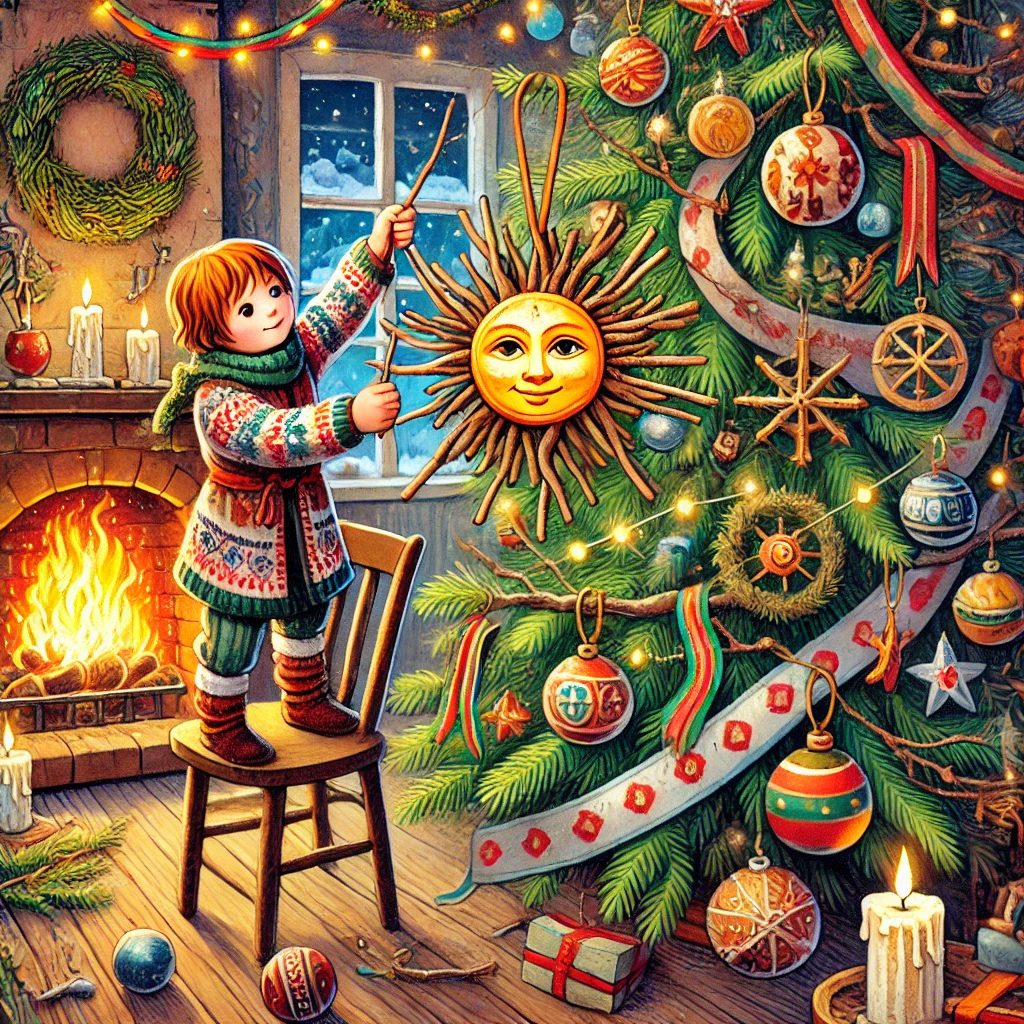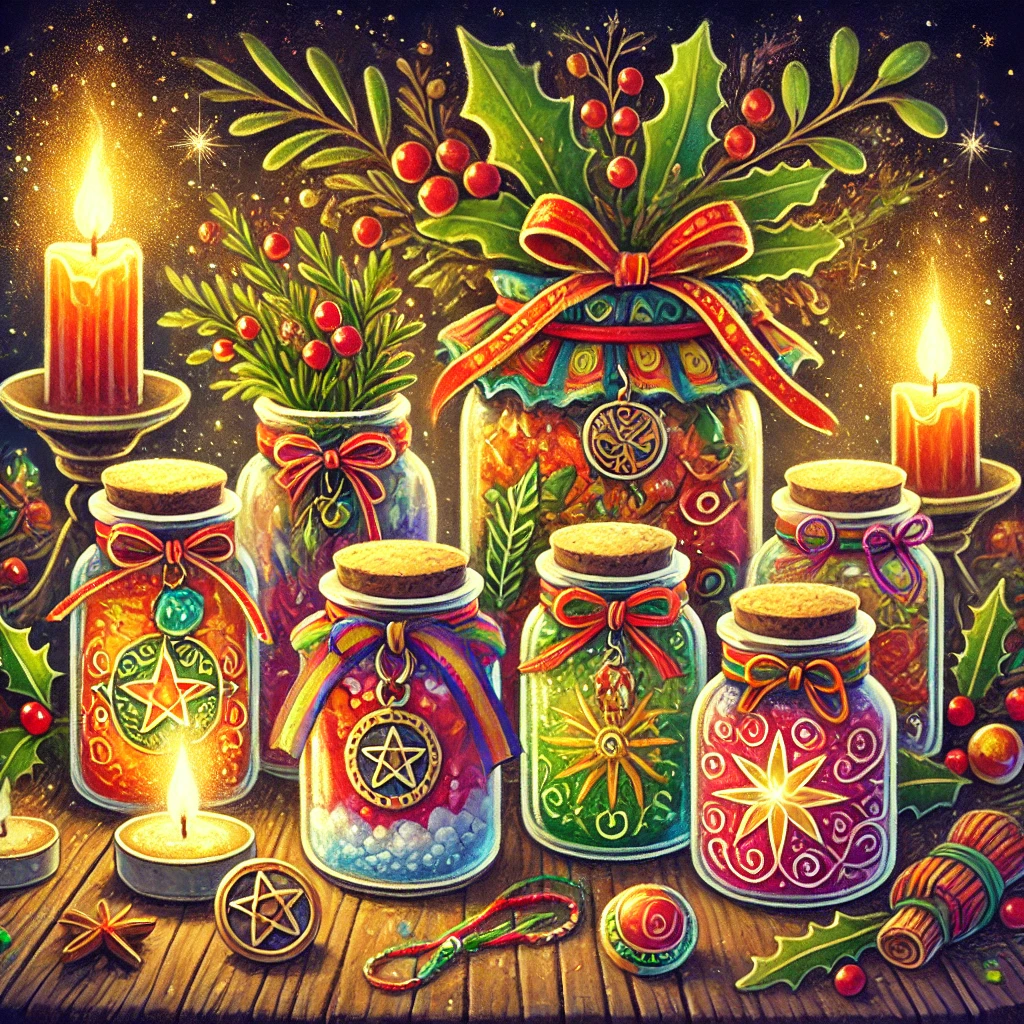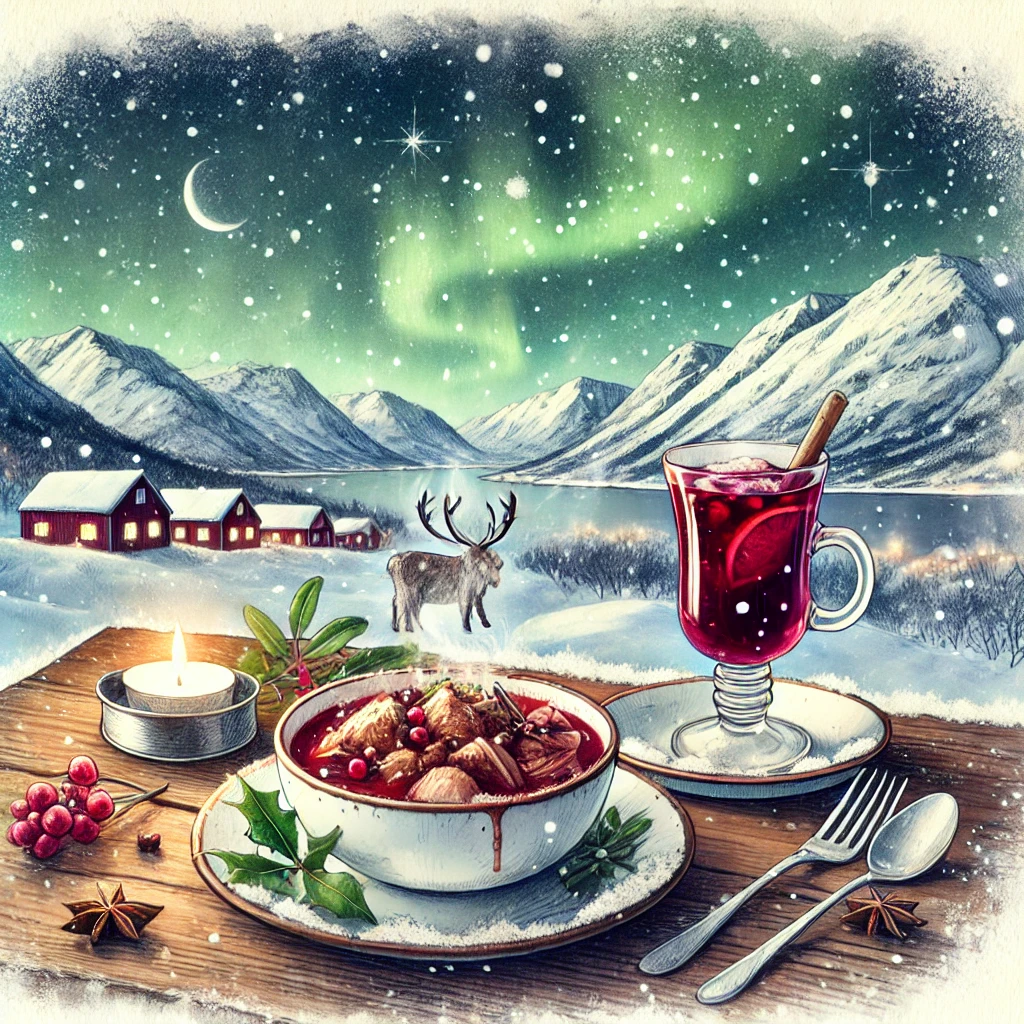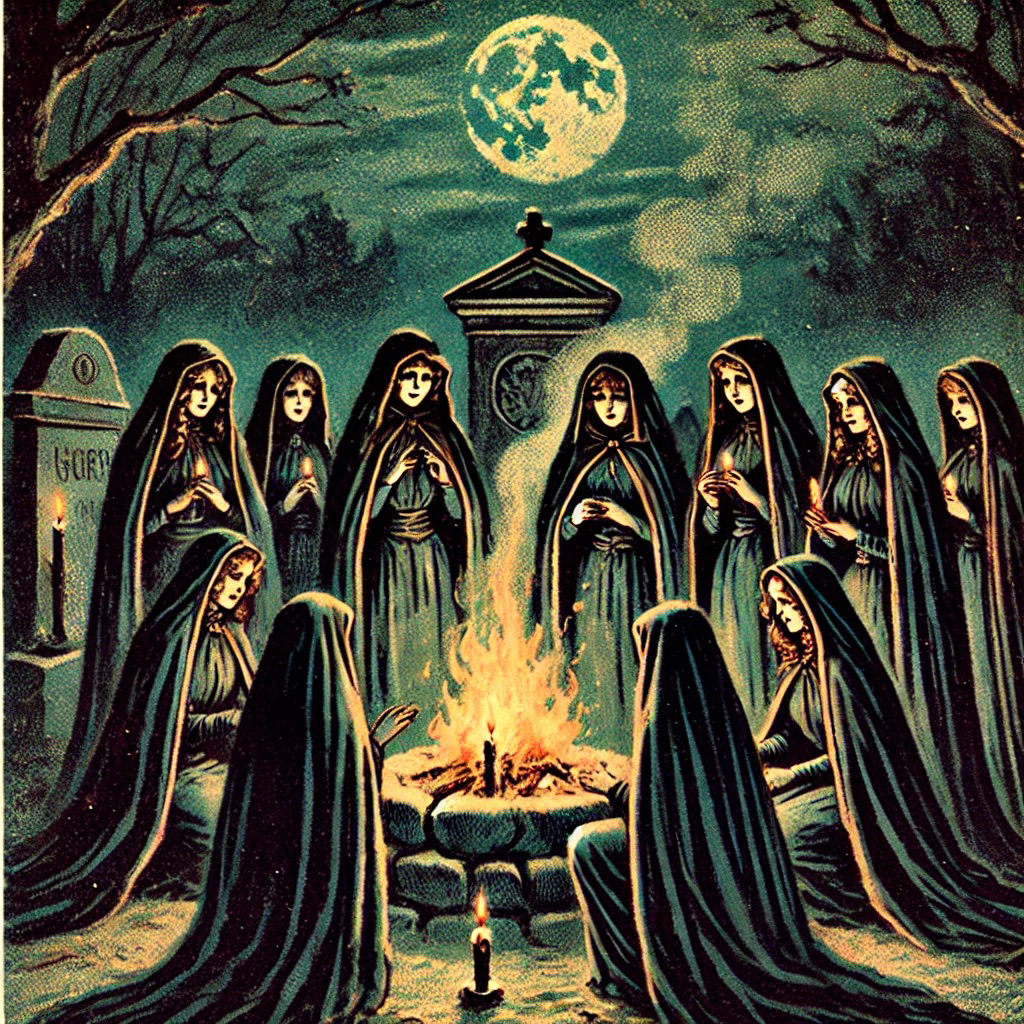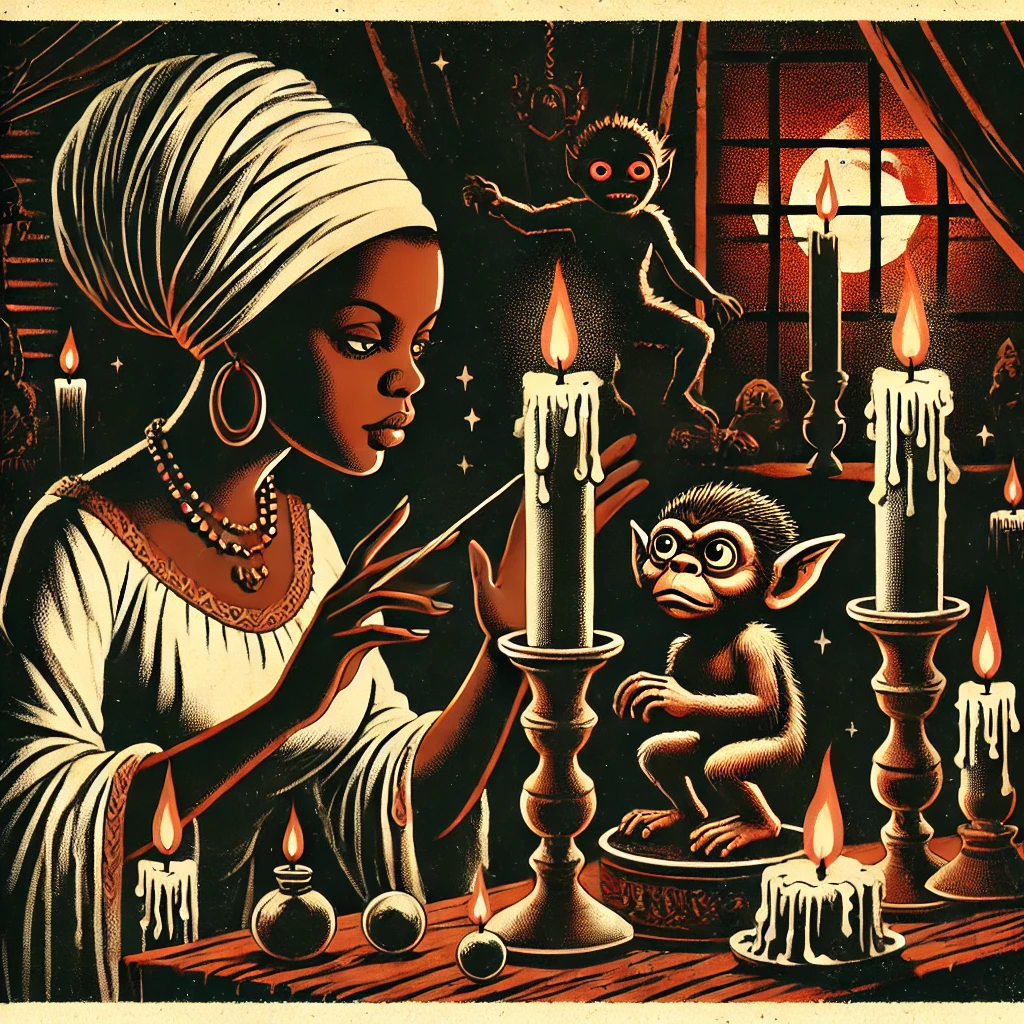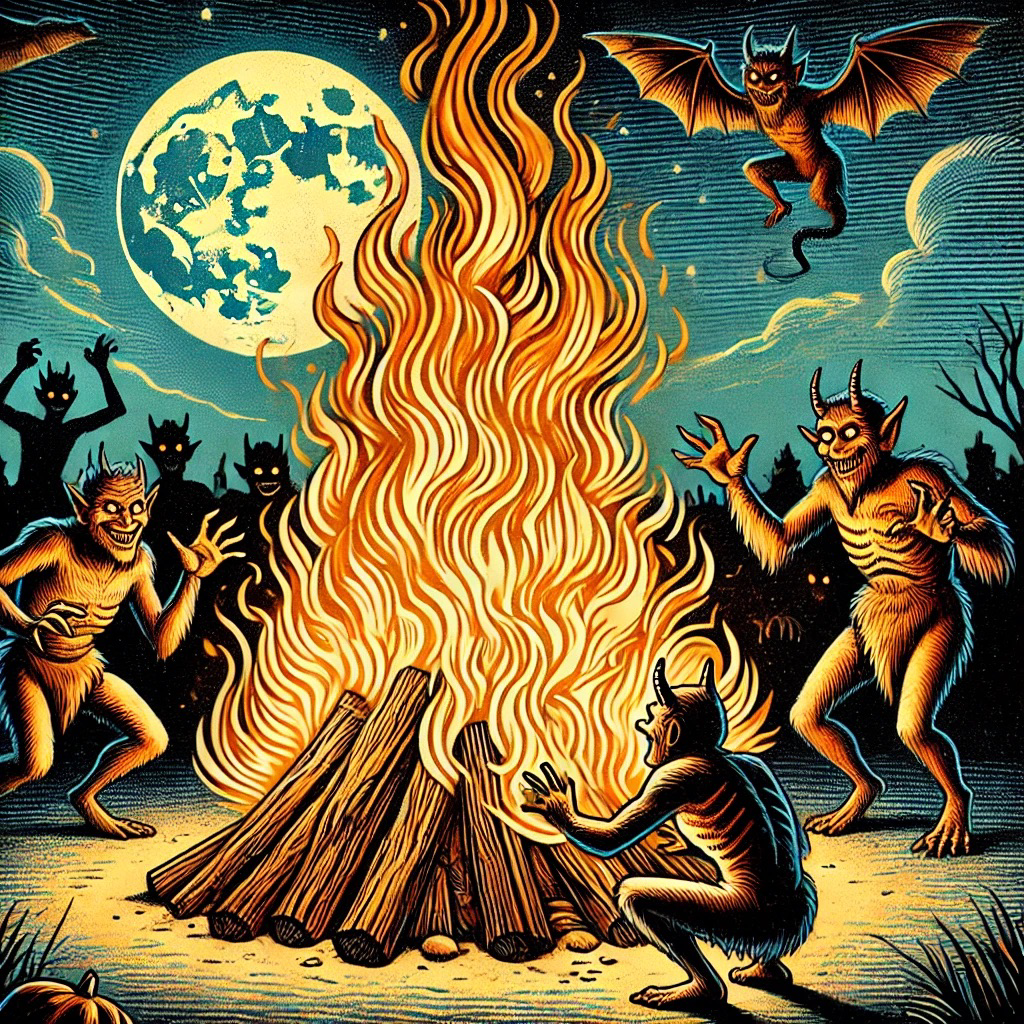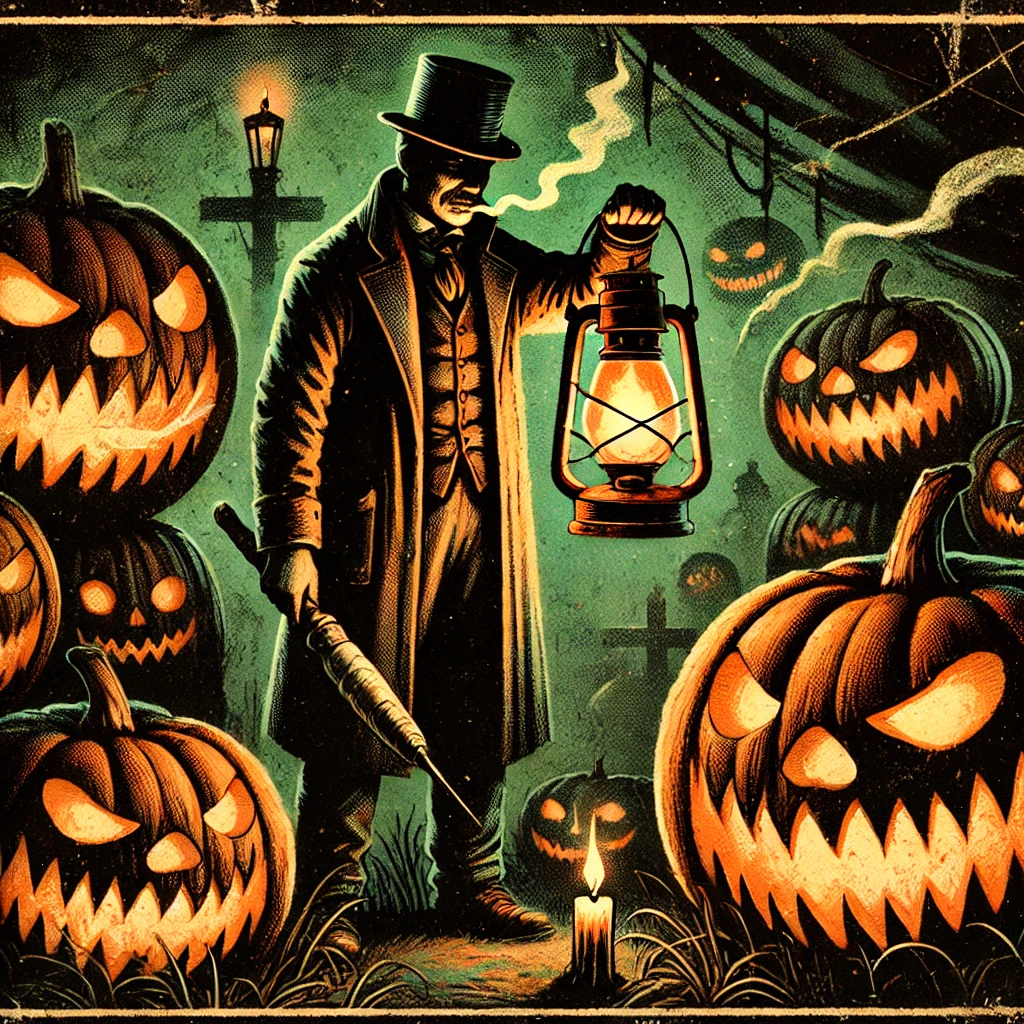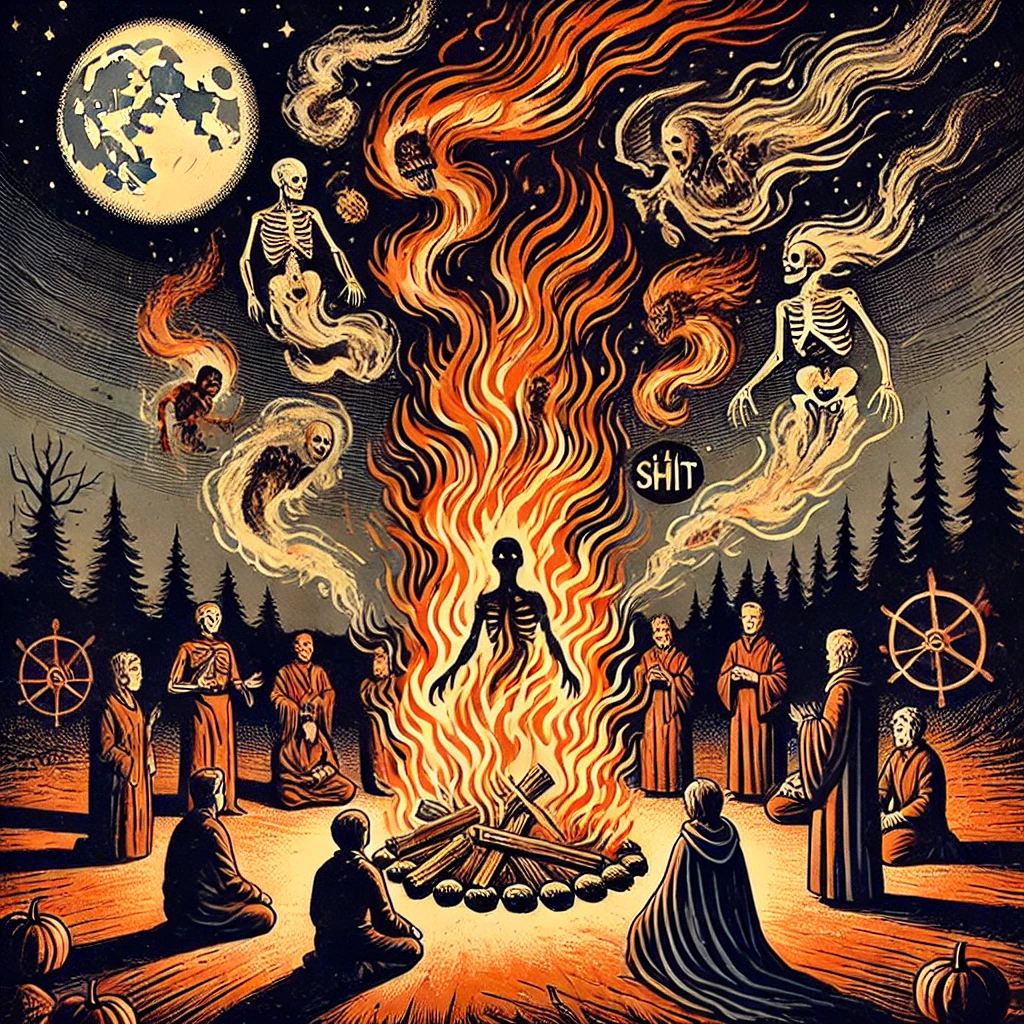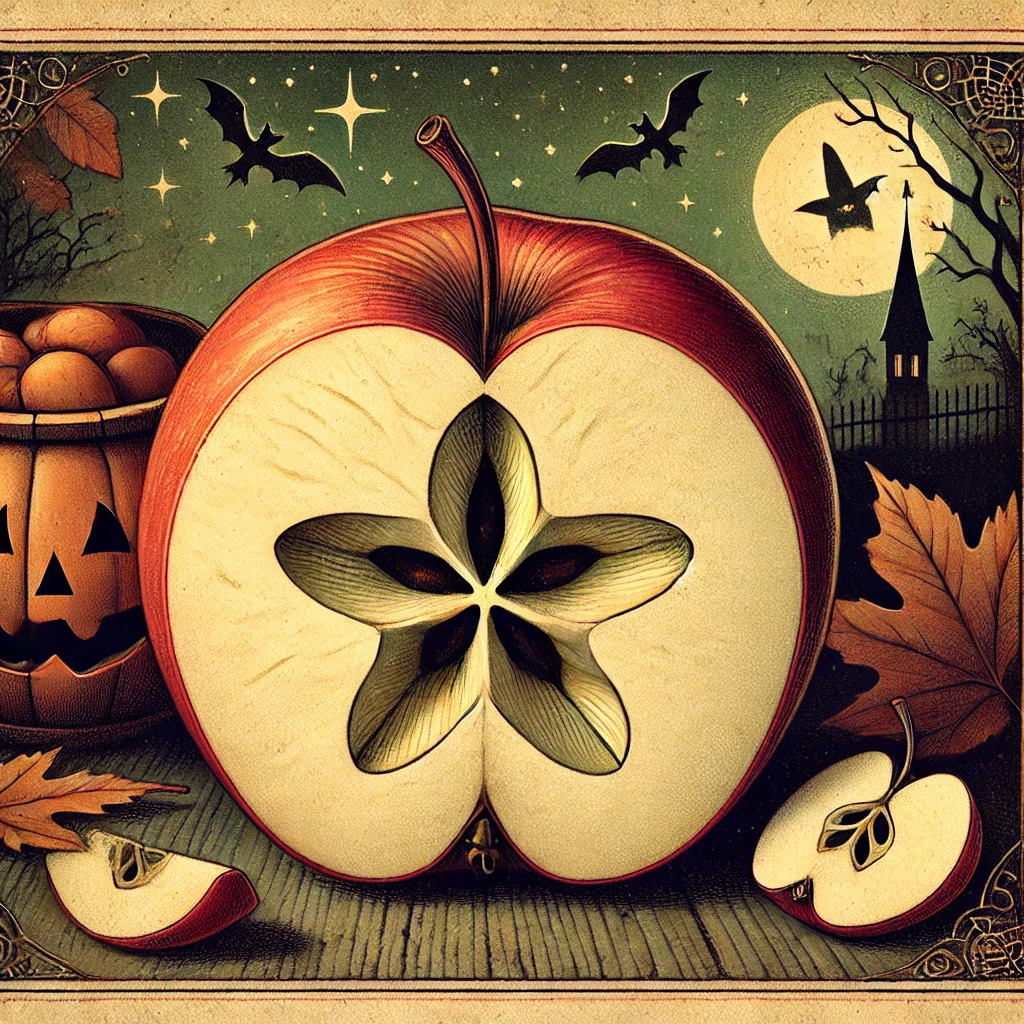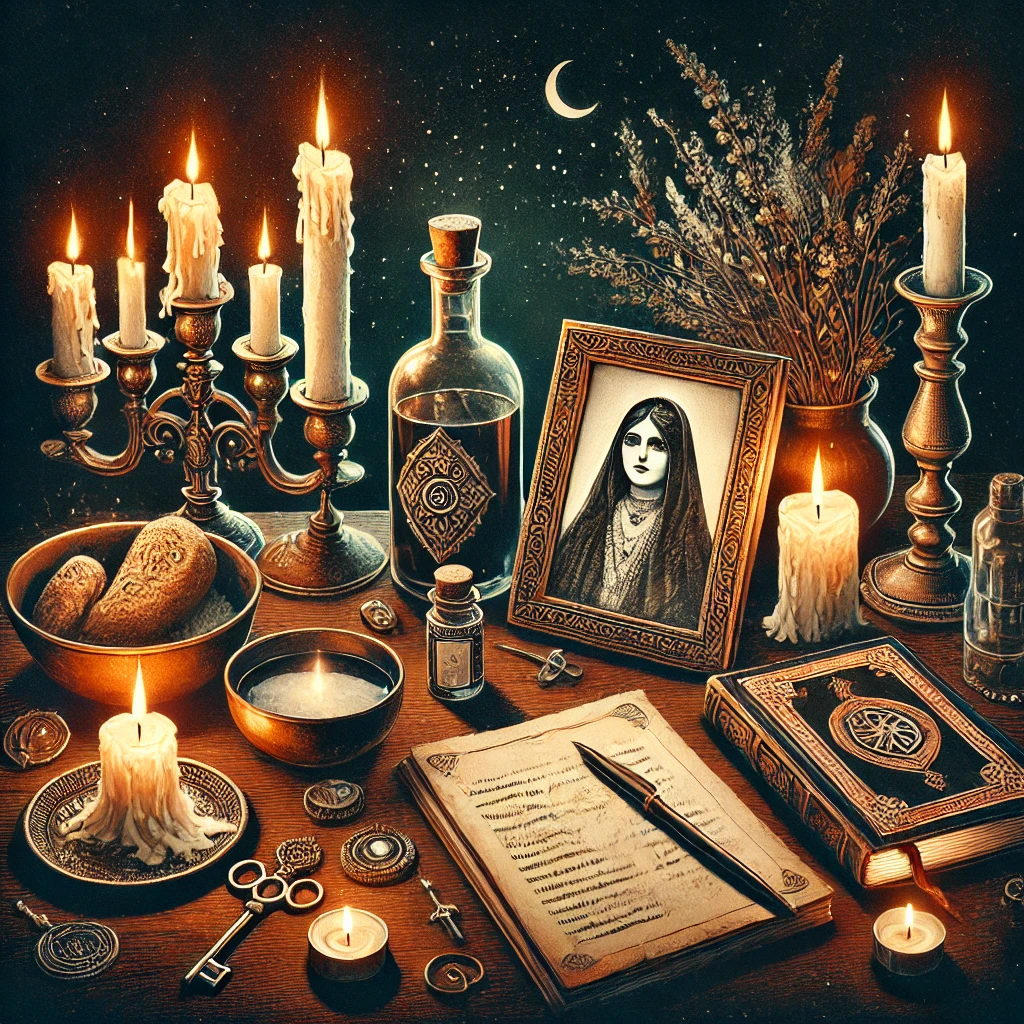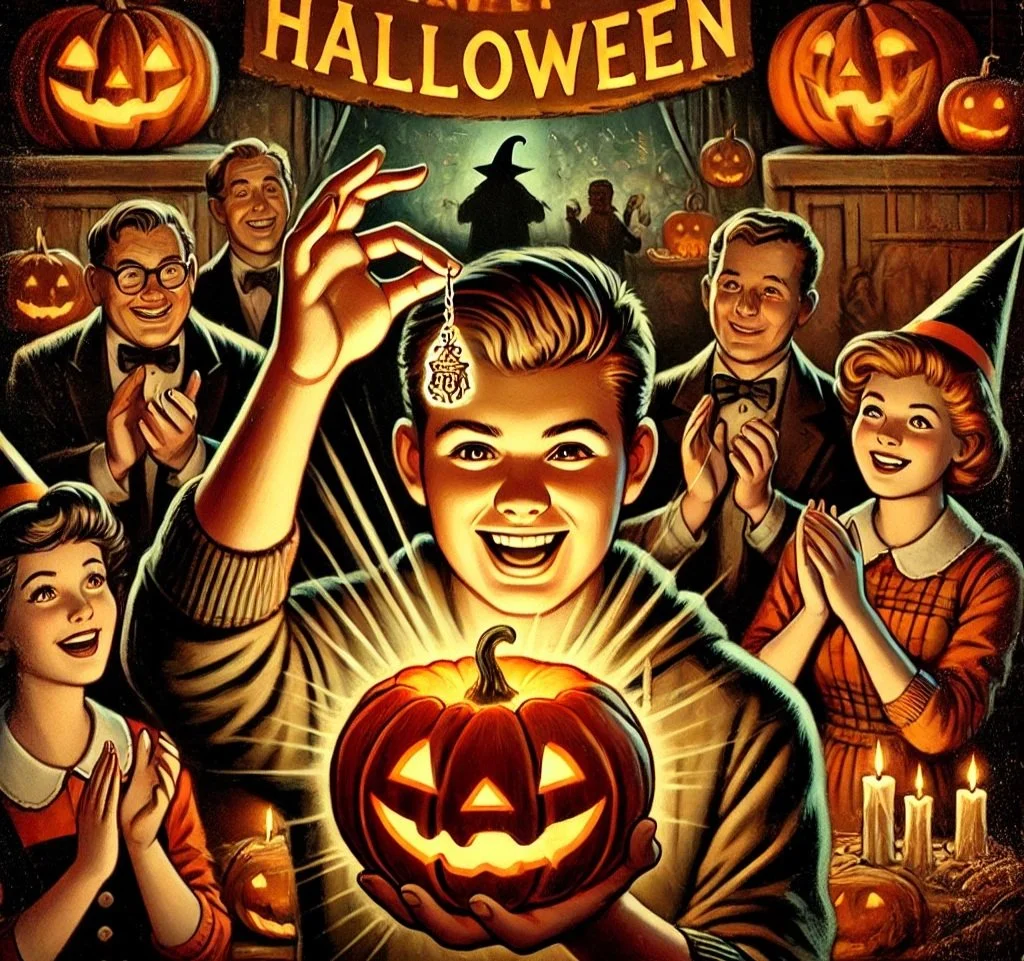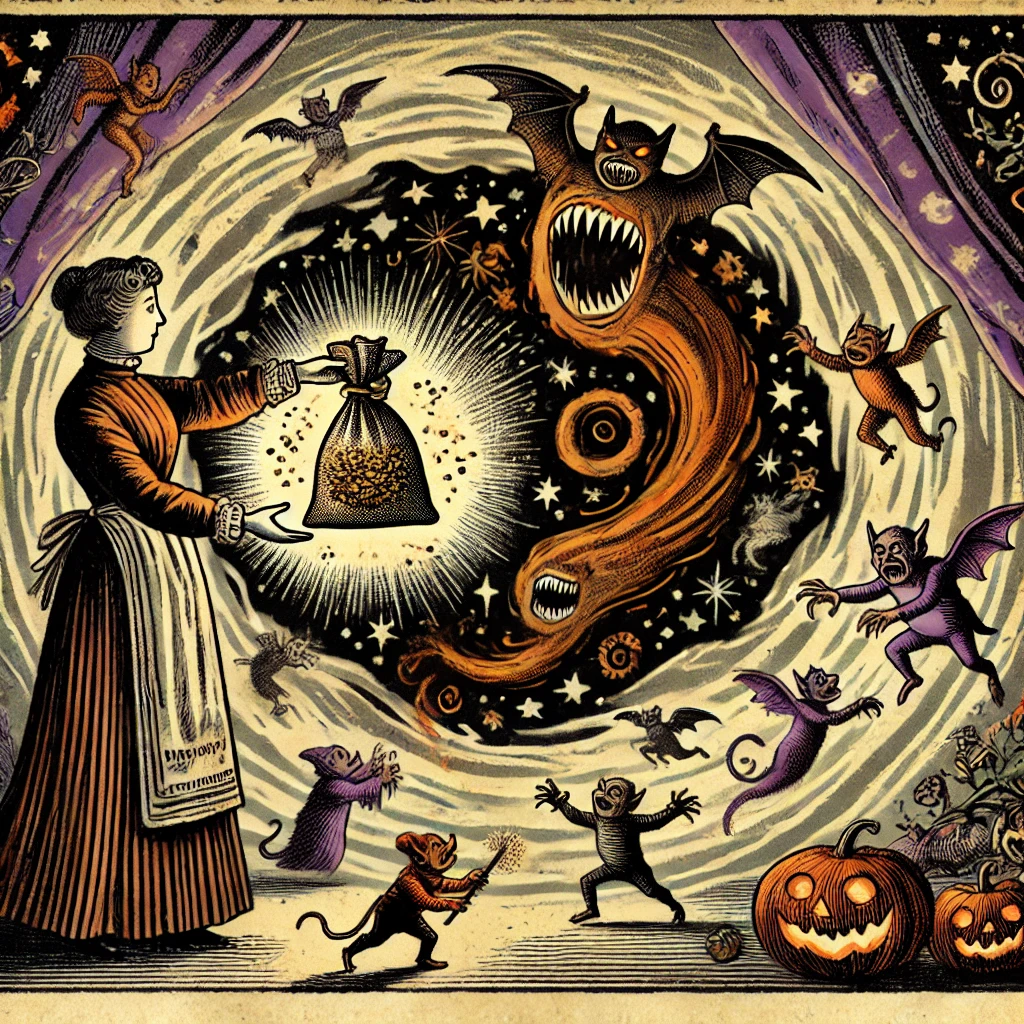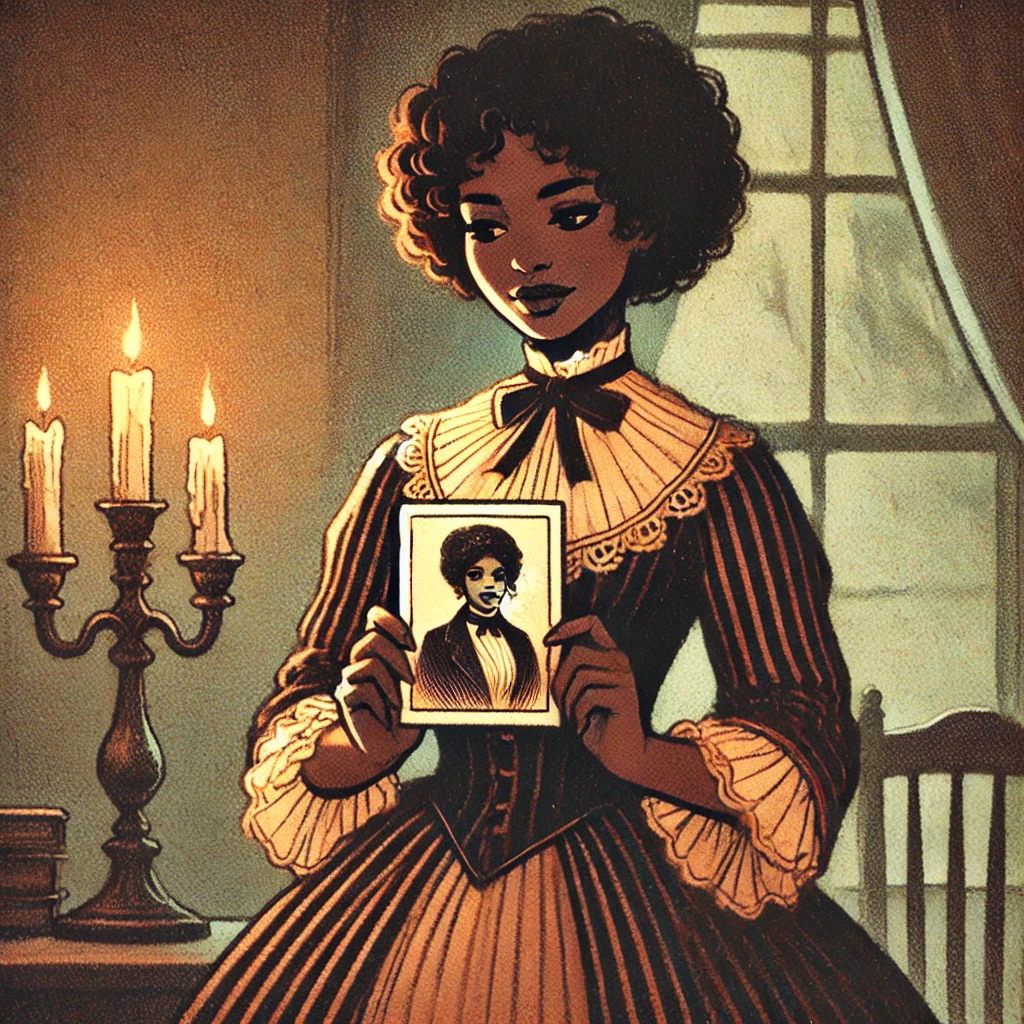On August 1, Lammas — aka Lughnasadh — marks the first harvest on the pagan Wheel of the Year, with sun-drenched rituals honoring the Celtic god Lugh and bread. Lots of bread.
It still feels like summer — the kind that clings. The air is thick, the gardens are bursting, and the sun hasn’t yet given up its post. But something’s shifting. It’s not quite autumn, and not quite high summer, either. Just that in-between hum that says: Harvest time has started.
This is Lammas, also called Lughnasadh (this mouthful is pronounced “Loo-nah-sah”) — the first harvest festival of the pagan year. A time to gather what’s grown, bake bread in gratitude, and honor both the work and the letting go. It’s the season of full fields, tired hands, and sacred thank-yous whispered into the grain.
You may have lit fires for Beltane in the spring and danced under the high sun at Litha, but now the Wheel turns again. Lammas is where the wild energy slows — where intention meets outcome, and we pause to ask: What have I grown? What do I carry forward? And what do I leave behind?
What Is Lammas and Lughnasadh?
Lammas, celebrated on August 1, is the first of three harvest festivals in the pagan Wheel of the Year — followed by Mabon (the autumn equinox) and Samhain (the final harvest). The name Lammas comes from “Loaf Mass,” a Christian-era term marking the blessing of the first bread made from the grain harvest. But its roots run deeper.
Before Lammas, there was Lughnasadh, a Gaelic festival honoring the Celtic god Lugh (pronounced like Lou), patron of skill, craftsmanship and light. According to legend, Lugh created the holiday to honor his foster mother, Tailtiu, who died after clearing the land so crops could grow. Think of it as a celebration born from sacrifice, labor and love (more on this below).
Both versions of the festival celebrate the same thing: gratitude for the first fruits of the land, and the subtle turning toward darker days. You bake bread because the grain has ripened. You give thanks because survival is never guaranteed. And you celebrate with fire, feasting, games and offerings — not in fear of winter, but in honor of what you’ve managed to grow before it comes.
Today, whether you’re harvesting wheat, creative work or personal growth, Lammas is the time to pause, reflect and say thank you — out loud, with your hands full.
The Legend of Lugh
Long ago, when gods and giants still roamed Ireland, there was a queen named Tailtiu — a goddess of the earth, strong and steady, her hands always buried in the soil. She took one look at the wild, tangled forests of Ériu and saw potential. So she cleared the land. All of it. By hand.
For days and nights and then more days again, Tailtiu worked. She moved mountains. Pulled roots. Flattened fields. Until at last, the land was fertile, ready to feed a people who didn’t yet know how much they’d need it. Then she laid down, weary beyond words — and died.
But her foster son, Lugh, wouldn’t let her be forgotten.
Lugh was brilliant, golden, untouchable. A god of many talents: warrior, smith, poet, harpist, trickster, tactician. When the gods were recruiting for a battle against the monstrous Fomorians, they told him, “We already have someone for each skill.” So Lugh said, “Then find me someone who has all of them.” And the room went quiet.
It was Lugh — the sun-bright, many-skilled god — who declared a festival in Tailtiu’s honor. He called all the tribes together, not for mourning, but for celebration. He lit fires. He hosted games. He told stories and sang songs and held contests of strength, wit and beauty. Farmers brought their first grains. Poets spoke their sharpest lines. Lovers met in the tall grass. Oaths were sworn. Bread was broken.
This was Lughnasadh, the “Assembly of Lugh.” A wild, sun-drenched sendoff for a goddess who gave everything — and a reminder that nothing grows without effort or sacrifice.
The games were held at Tailtiu’s grave, where the grass grew thick and sweet over her resting place.
And every August, when the sun ripens the wheat and the sickles gleam, Lugh’s voice echoes somewhere in the wind: “Honor her. Honor the harvest. Honor what it cost.”
The Rise of Lammas
As the centuries turned and the old gods quieted — or were quieted — the Church stepped in, as it often did, with a rebrand.
Lughnasadh, with its bonfires and boasting, its hilltop games and grain offerings, was a little too loud, a little too wild, and way too pagan. But people weren’t about to stop marking the first harvest — not when the fields were full and the bread was fresh and the land still whispered Tailtiu’s name.
So the Church gave it a new name: Lammas, short for “Loaf Mass.”
Gone were the sacred games and sun gods. In their place: a more palatable ritual. You’d bring the first loaf of bread to church, fresh from the newly milled grain, and the priest would bless it. A holy thank you, wrapped in linen and incense. No druids required.
It was still a festival of gratitude — just with more psalms and fewer hilltop flings.
But even as Lammas was woven into the Christian calendar, the old ways clung. You’d still find tales of Lugh passed around fires. You’d still hear of sacred wells visited on August 1. And in rural corners, some folks secretly kept baking bread in his name.
Today, Lammas and Lughnasadh blur together — one dressed in church robes, the other in sun-gold and shadow. Whether you honor Lugh or the loaf (or both), you’re stepping into a very old current when you mark this day.
Traditions of Lammas and Lughnasadh
Lammas and Lughnasadh come with a spread of traditions equal parts sacred, social and symbolic. These rites once marked the height of summer’s bounty and the first sigh of the waning sun. Some remain intact, others were reinvented, but they all echo that ancient truth: Nothing grows without gratitude.
Bread
The central act of Lammas is in the name itself: Loaf Mass. People once baked bread from the first harvested wheat and brought it to be blessed. Others offered it at the hearth or buried pieces in the fields for luck and fertility. In both Christian and pagan observance, the bread wasn’t just food; it was a sacred transaction between land, labor and spirit.
Fire and Feasting
Like many cross-quarter festivals, Lughnasadh came with fire. Bonfires were lit to honor the sun at its peak and to mark its slow retreat. Feasts were held beside the flames, using the first of the harvest: berries, fresh grains, garden produce, and anything ripening under the late summer sun.
The Tailteann Games
Held in ancient Ireland at the burial site of Tailtiu, these funeral games were athletic, artistic and social all at once. Tribes competed in races, wrestling, music, poetry and storytelling. Oaths were sworn, grievances aired, and couples even formed trial marriages — often lasting a year and a day, no commitment rings required.
Sacred Sites and Pilgrimages
People made pilgrimages to holy wells, hilltops and other sacred places, often leaving offerings or saying prayers for a good harvest and safe passage through the darker half of the year.
Harvest Rites and Grain Spirits
The grain had a spirit, a presence. The first and last sheaves were honored with care. Some communities crafted corn dollies from the final stalks, believing they housed the spirit of the field and brought protection through the winter. Others saved the last sheaf for spring planting, returning the spirit to the soil in a full-circle blessing.
Symbols of Lammas and Lughnasadh
Lammas is a festival of grain, gratitude and golden light — a turning point in the Wheel of the Year when we honor both abundance and impermanence. Its symbols reflect the rhythm of harvest and the sacred balance between effort and reward.
Bread and grain
The central symbol of Lammas is the loaf. Bread made from the first grain represents survival, sacrifice and the miracle of transformation — from seed to stalk to sustenance. Wheat, barley, rye and oats also carry protective and prosperity magic, often used in offerings or home blessings.The sickle
The sickle or scythe represents the act of harvest — the moment of cutting away, of reaping what has been sown. It’s a symbol of hard work, mortality and the necessity of release. In ritual, it can mark endings, gratitude and readiness to let go.The corn dolly
Often woven from the last sheaf of grain, the corn dolly (or harvest spirit) was kept through winter as a charm of protection and fertility. This figure represents the living spirit of the land — honored, protected and returned to the earth in spring to ensure next year’s growth.The sun
Though its power is beginning to wane, the sun is still a dominant force at Lammas. It ripens the grain, warms the fields, and reminds us that even as light fades, it leaves behind nourishment. Sun symbols, gold tones and fire rituals all connect to this presence.Fire
Lammas shares fire’s symbolism with many other sabbats, but here it carries a specific tone: Warmth giving way to shadow. Bonfires at Lammas honor the labor behind the light — not just passion, but perseverance. Candles and hearth fires evoke both celebration and quiet reverence.Wheels and circles
The Wheel of the Year turns, and Lammas marks a visible shift. Circular symbols — from braided loaves to sun wheels — reflect this ongoing cycle of growth, harvest, decay and rebirth. They remind us that the work is never truly done, only transformed.The color gold
Gold is the signature shade of Lammas. It’s the color of ripe wheat, late-summer sunlight and divine abundance. Wearing gold or decorating with yellow, orange and amber connects you to the energy of fullness, gratitude and transition.
A Lammas Ritual
This ritual is designed to honor what you’ve harvested — creatively, emotionally or literally — while also making space for what must be cut away. It draws on the ancient symbolism of the sickle, bread and the turning sun.
What you’ll need:
A small round loaf of bread (homemade or bakery-fresh)
A knife (symbolic sickle)
A gold, orange or brown candle
Step 1: Set the scene.
Cast a magic circle if you’d like.
Place your candle in front of the bread. Light it as the sun begins to lower — golden hour, if possible. Let this moment feel sacred, even if it’s just you and your cat on the kitchen counter.
Step 2: Declare your harvest before the flame.
Hold your hands over the bread. Say what you’ve harvested this season. Maybe it’s a job. A finished creative project. A hard conversation you finally had. Say it, name it, own it.
Then chant:
I’ve brought this to the table.
With work, with will, I’ve made it real.
Step 3: Cut the loaf.
Use the knife to slice the bread. As you cut, envision what must be released to move forward: a habit, a fear, a stale version of you. Speak this next part as you slice:
The grain is grown, the blade is near,
I cut away what I outgrew this year.What’s done is done. The stalk must fall.
I thank it — then I take it all.
Step 4: Chant.
Break off a piece of bread, hold it to your heart, and chant this slowly — three times, each time a little louder:
Sun in the field and fire in the sky,
I feast, I thank, I say goodbye.
What once was seed is now my own.
I take the gift, I give it home.
Eat the bread slowly. Feel the warmth. Let yourself sit in that golden glow of satisfaction and release.
Step 5: Finish the ritual.
Blow out the candle and scatter a few breadcrumbs outside for the spirits of the land, birds or anyone who could use a little magic.
Feasting and Traditional Foods of Lammas and Lughnasadh
Lammas is the feast that says, we made it this far — and that’s worth celebrating. After months of planting, tending, sweating and hoping, the first harvest is finally in hand. That’s why this sabbat is one of the most delicious on the Wheel: It’s a table piled high with the fruits of your labor, both literal and symbolic.
Bread (non-negotiable)
Bread: the ultimate alchemy of flour, water, salt and time. At Lammas, a loaf represents gratitude, transformation and survival. Traditional loaves were round, sun-shaped, or braided into spirals and wheels. Some folks saved a portion for blessings, while others fed it to the fire or the fields in offering.
If you bake nothing else this year, bake for Lammas — with herbs from your garden, honey from the farmer’s market, or whatever feels sacred in your kitchen.
Grains of all kinds
Wheat may get the spotlight, but barley, oats, rye and corn are all Lammas royalty. Oatcakes, porridge, barley soup, cornbread — these are humble, grounding foods with ancient roots. They stick to your ribs and remind you that nourishment is a sacred act.
Berries and first fruits
The late-summer hedgerows are bursting. Blackberries, raspberries, blueberries — if you can pick them yourself, even better. Early apples may also be ready, and orchard fruit carries special Lammas energy: juicy, generous, wild.
Preserving, canning or pie-making also fit the season’s vibe. You’re feasting — but you’re also storing for the winter to come.
Seasonal veggies
Zucchini, tomatoes, squash, corn on the cob, beans, fresh herbs — Lughnasadh is a love letter to the garden. Many traditional dishes were simple: roasted with oil and salt, cooked into stews, or eaten fresh with bread and cheese. Let the ingredients sing. They’ve worked hard to get here.
Ale, mead and herbal infusions
Fermentation is magic. Whether it’s homebrewed ale, golden mead, or sun tea steeped with mint and calendula, a Lammas drink should feel alive. It should warm the belly and honor the earth. Toast to Lugh, to the land, to the ones who cleared the fields before you.
Crafting and Activities for Lammas and Lughnasadh
Lammas is a working holiday. It honors labor — physical, creative, emotional. So the crafts of this sabbat aren’t just decorative; they’re symbolic acts of gratitude, protection and offering. Whether your tools are scissors, shears, flour or fire, this is the season to make something that gives back.
1. Make a corn dolly (and don’t make it cute).
Corn dollies are traditional harvest figures woven from the last sheaf of grain. They house the spirit of the field through winter — think of it as spiritual life support for the land. You can use wheat, corn husks or even raffia. Don’t stress about perfection; these were never meant to be precious.
Once made, you can:
Keep it on your altar through the darker months
Bury or burn it at Imbolc to return the spirit to the earth
Add protective herbs or charms to empower its energy
2. Craft a sun wheel or grain braid.
Braid together wheat stalks, dried grasses, or long herbs into a spiral or circle. These were once hung over doors and hearths for luck, abundance and protection.
3. Press flowers and herbs from your garden.
Take stock of what’s blooming or ripening around you. Press flowers and leaves between books or use them to make bookmarks, sachets or offering bundles. Lughnasadh is a time to capture the fleeting — before it fades.
4. Bake bread with intention.
Shape your bread into suns, sheaves, spirals or wheels. Score it with sigils. Tuck in herbs, garlic or cheese. And if your bread flops? That’s part of the offering. You still get points for showing up.
5. Host your own mini Tailteann Games.
Whether you host a poetry contest, an art swap or a backyard obstacle course, this tradition goes back to the festival’s roots. Celebrate what you (and your people) are good at — and don’t forget to crown someone “Champion of the Grain” or whatever glorious nonsense you come up with.
6. Create a harvest altar.
Use things you already have: bread, fruit, dried herbs, a candle or two. Add in a symbol of something you’re proud to have “harvested” this year. You can dismantle it at Mabon, or let it linger as a visual reminder of all you’ve made possible.
Honoring the Spirit of Lammas and Lughnasadh
Whether you call it Lammas or Lughnasadh, this festival invites you to pause for reverence. Mark the moment between heat and harvest, between holding on and letting go. It’s a time to bake (and break) bread, give thanks, and honor your labor.
From corn dollies and feasts to fiery rituals and golden symbols, Lammas and Lughnasadh remind us that everything worth harvesting starts with a seed — and a little faith in the sun.
Happy first harvest. May your table be full, your spirit light, and your sickle sharp. –Wally


